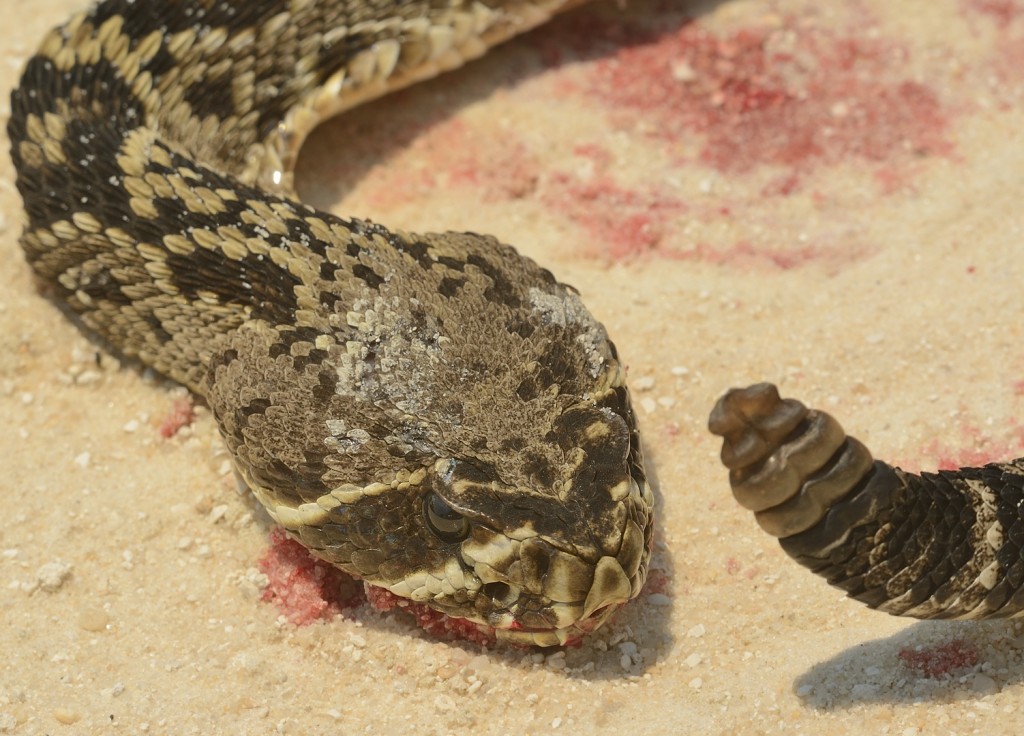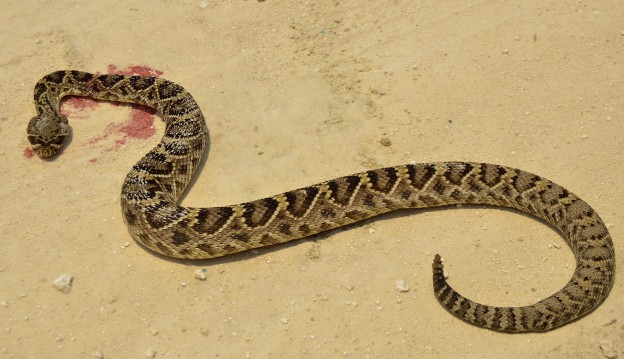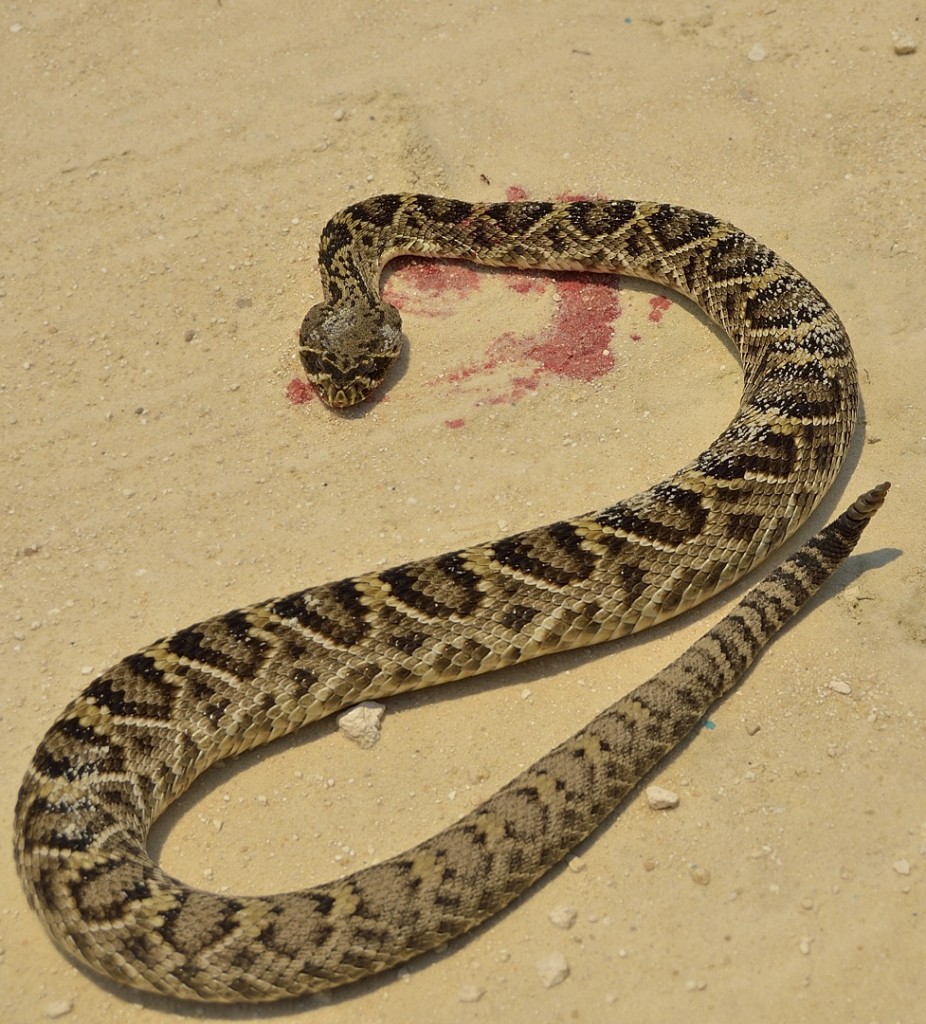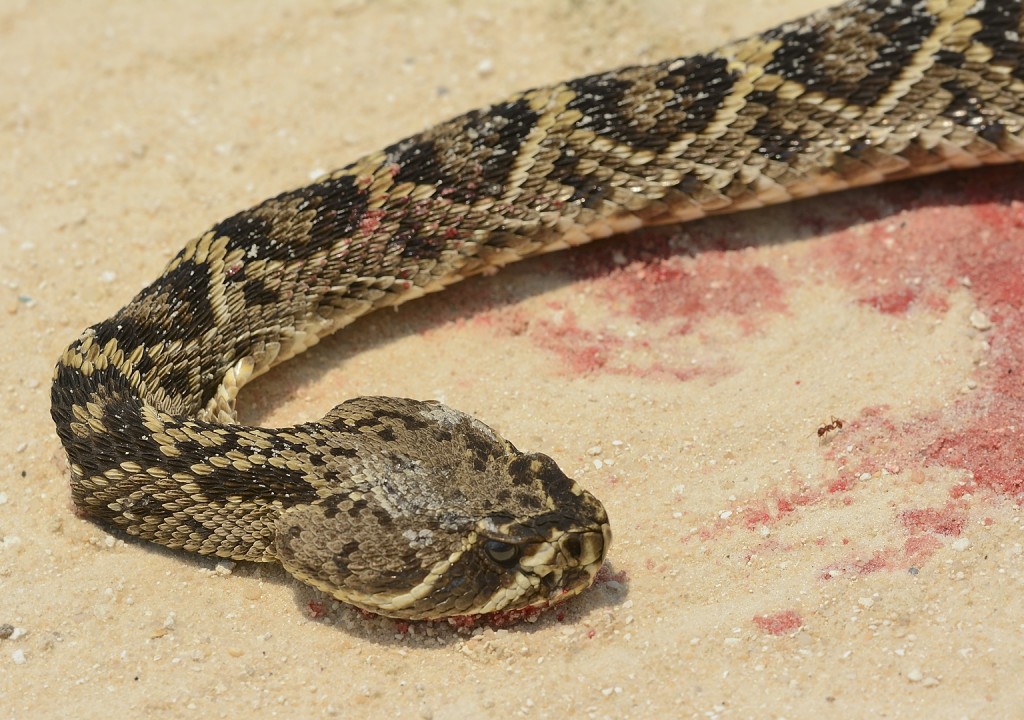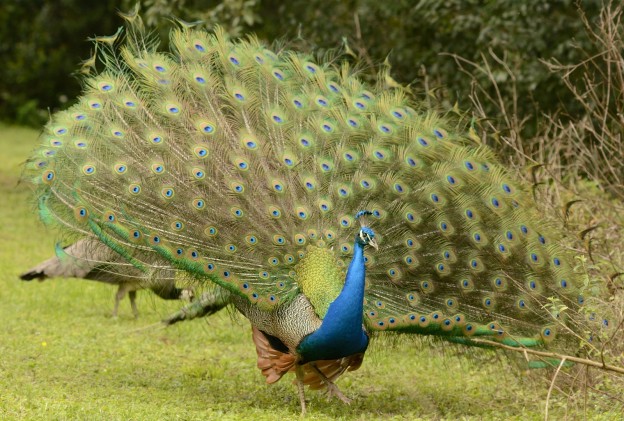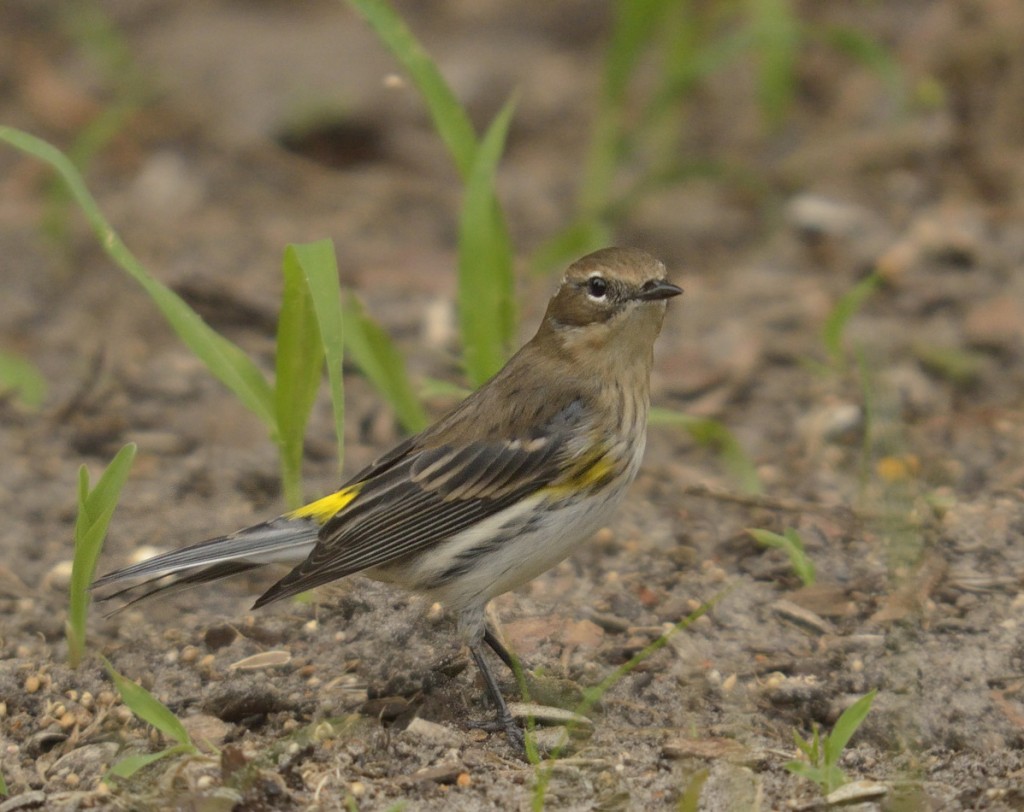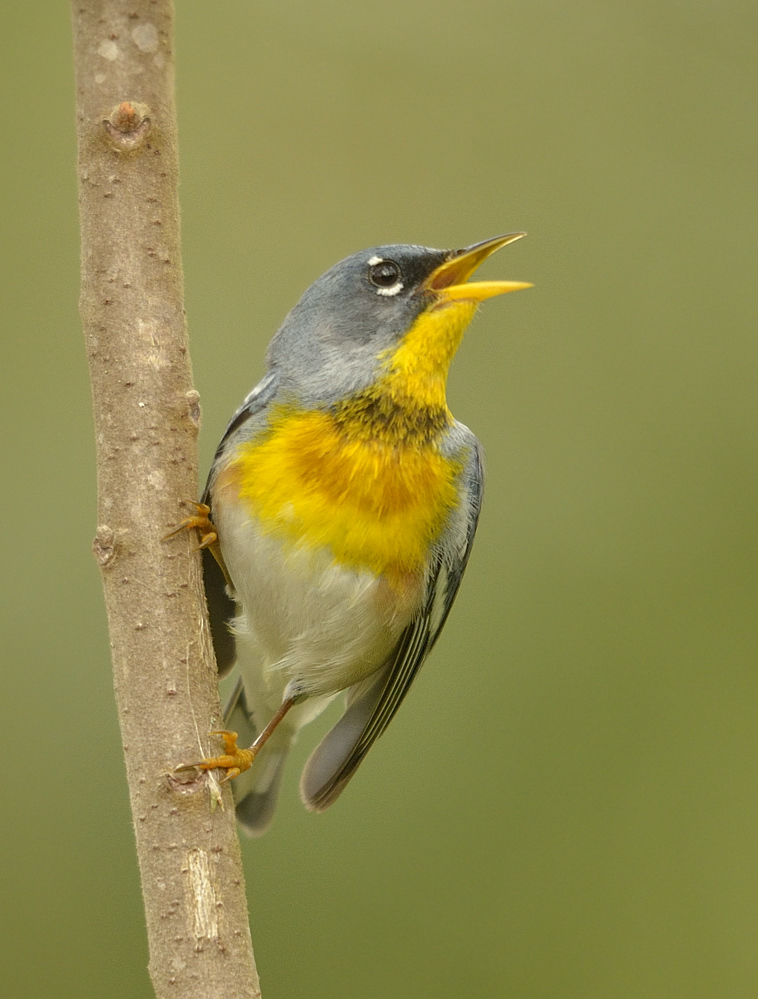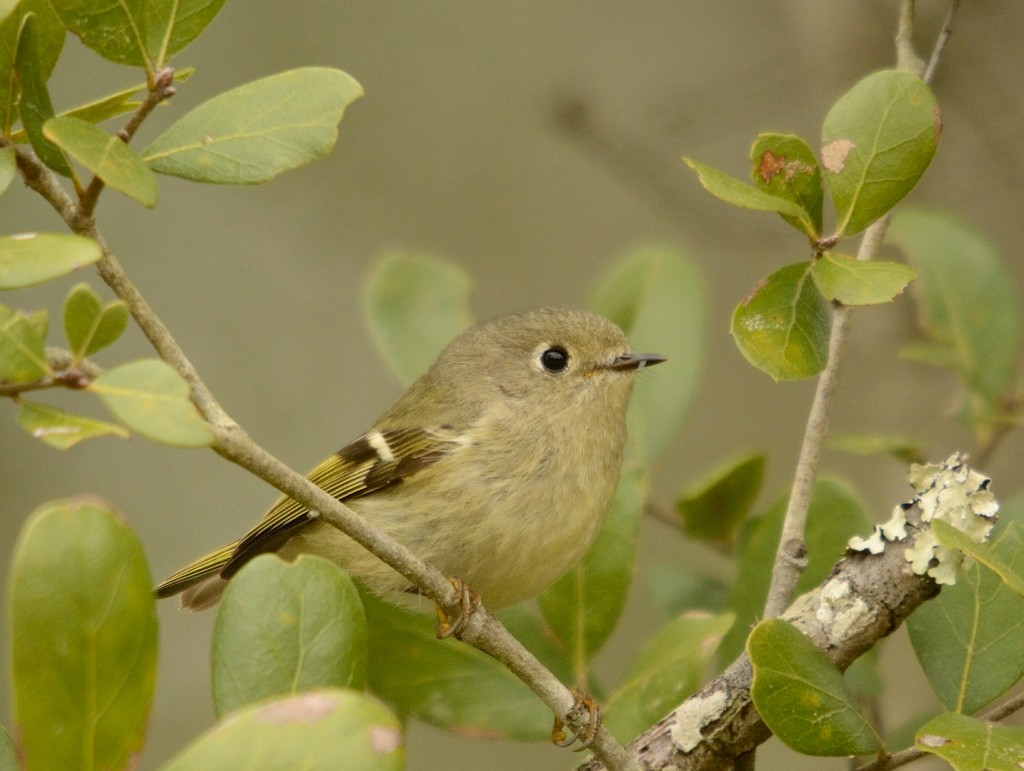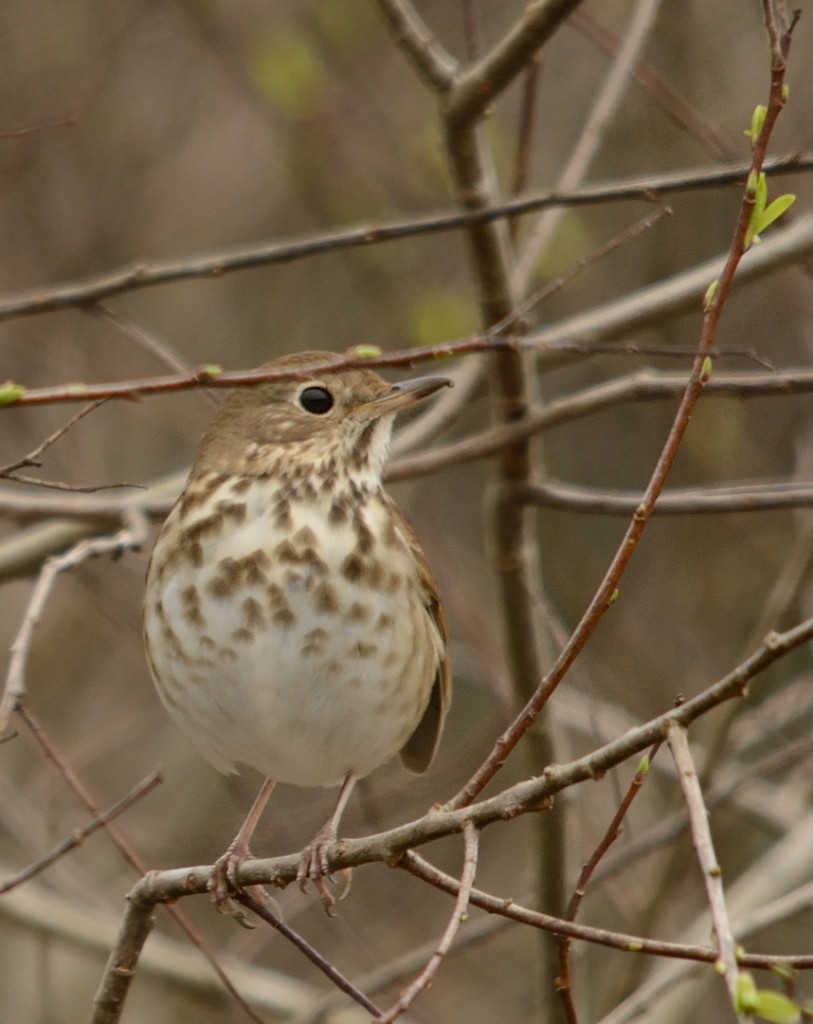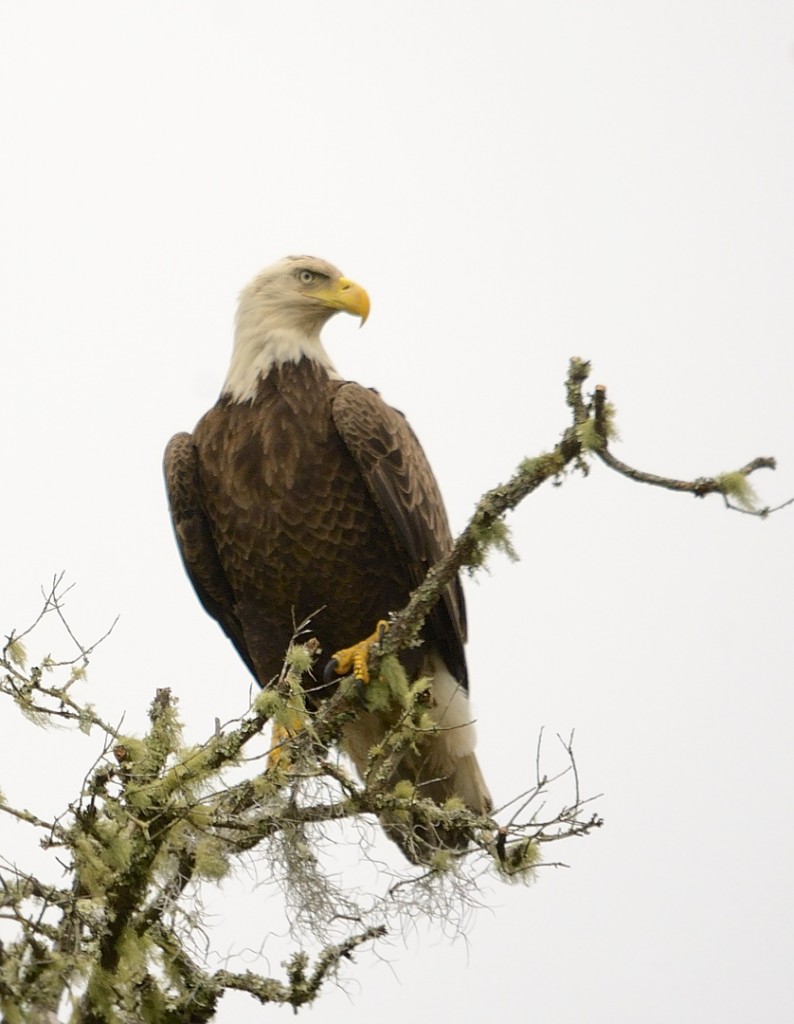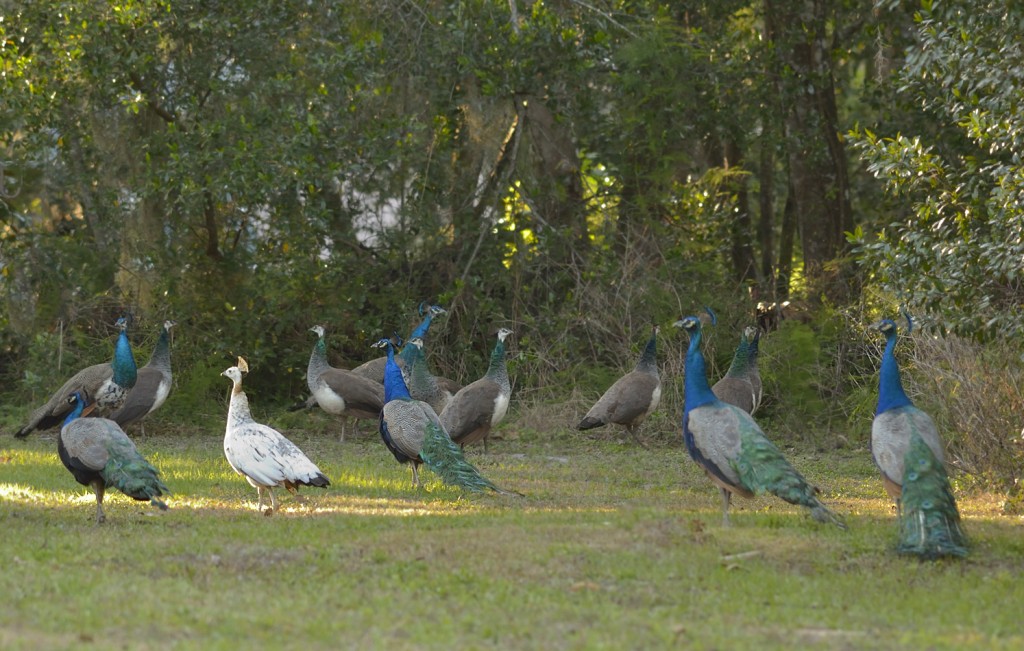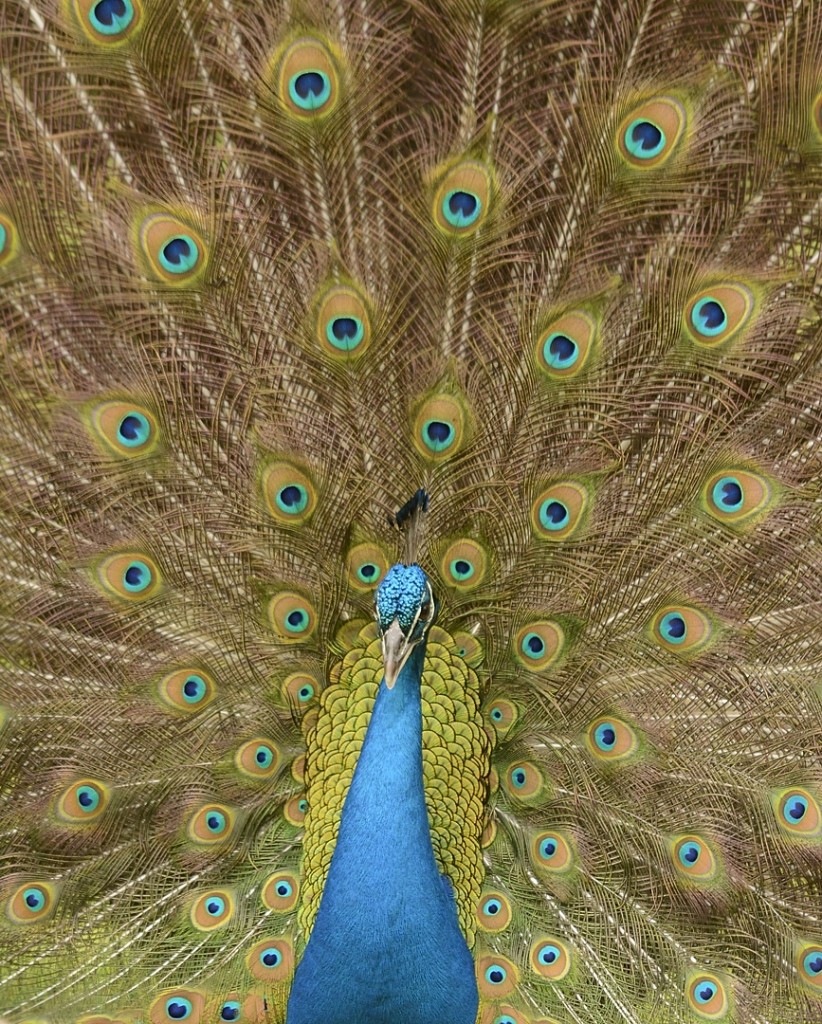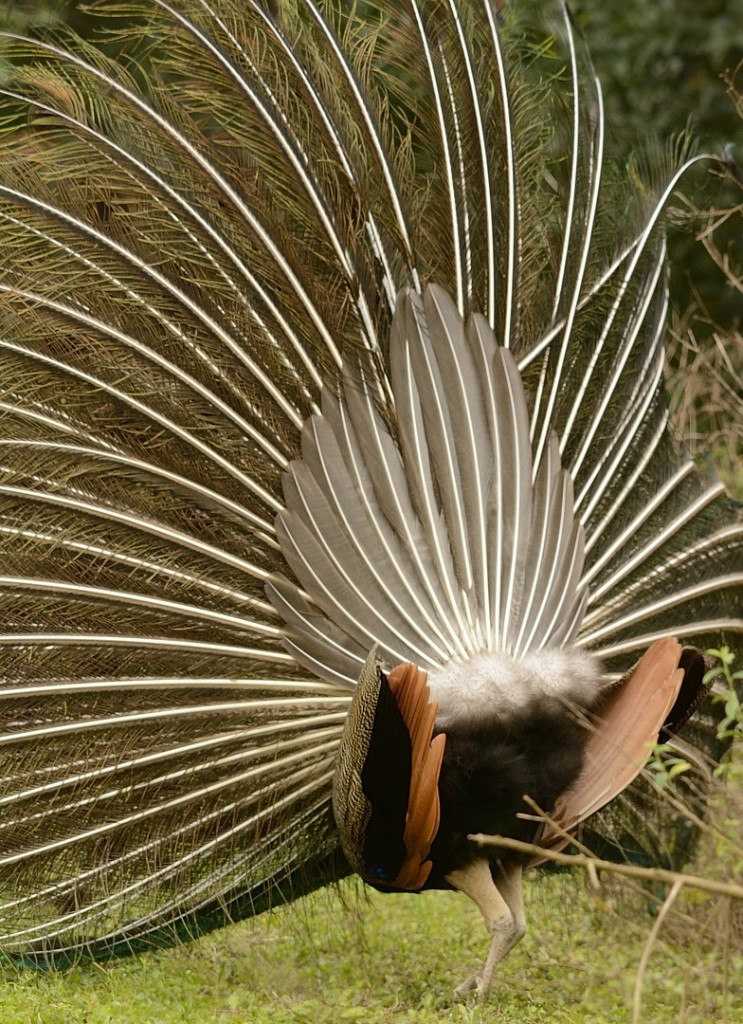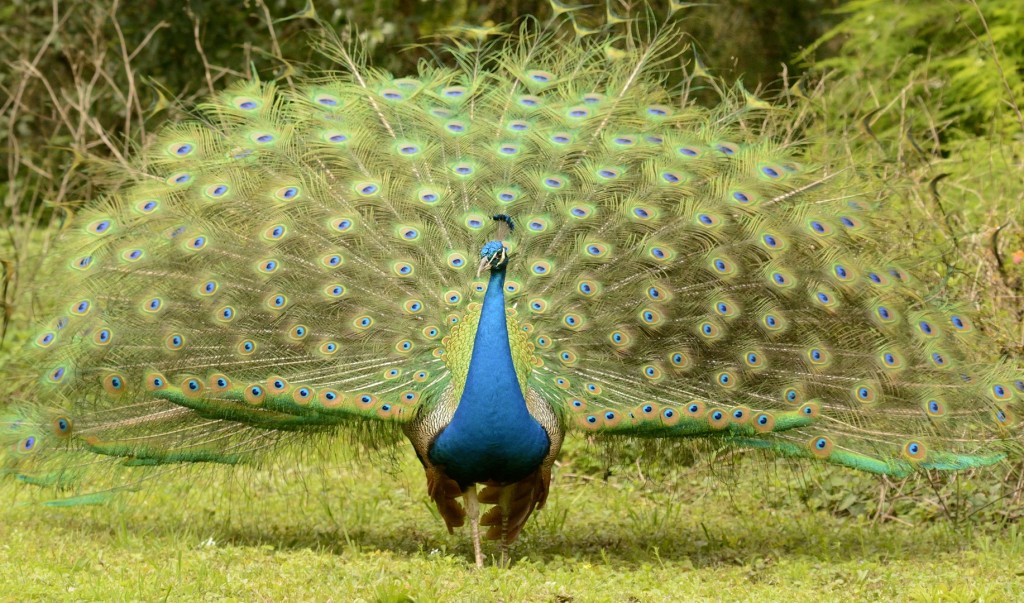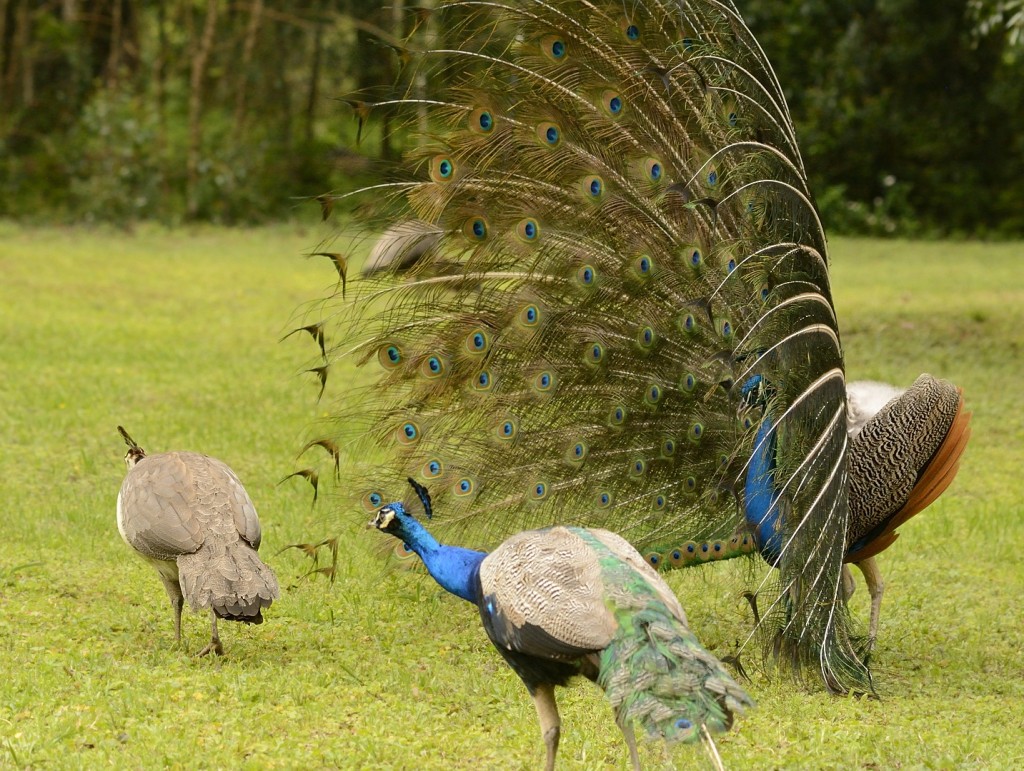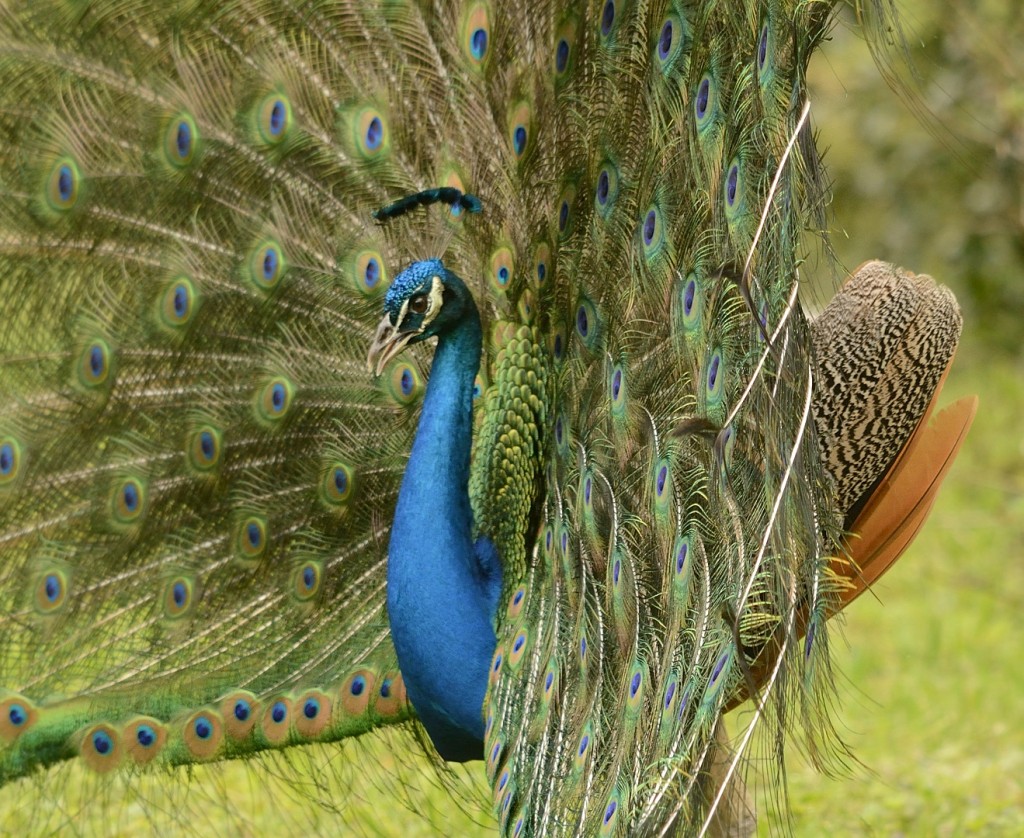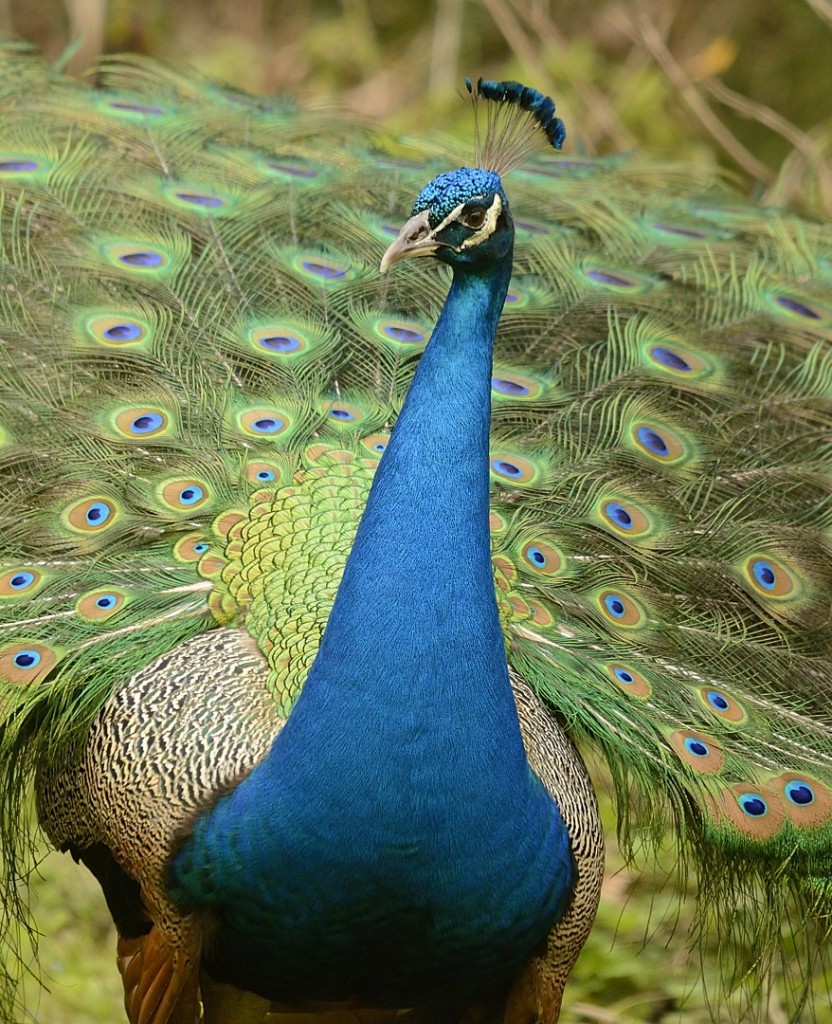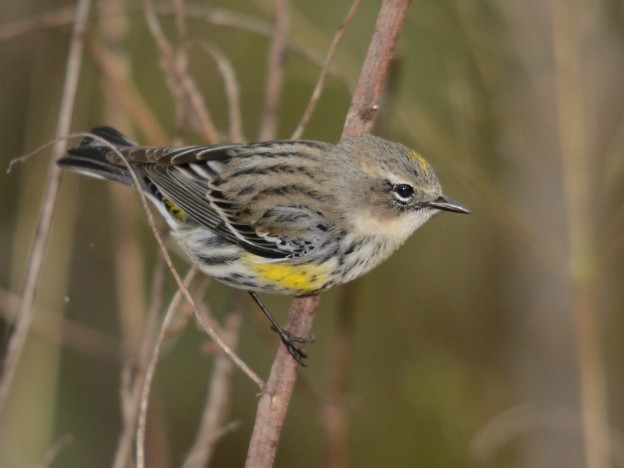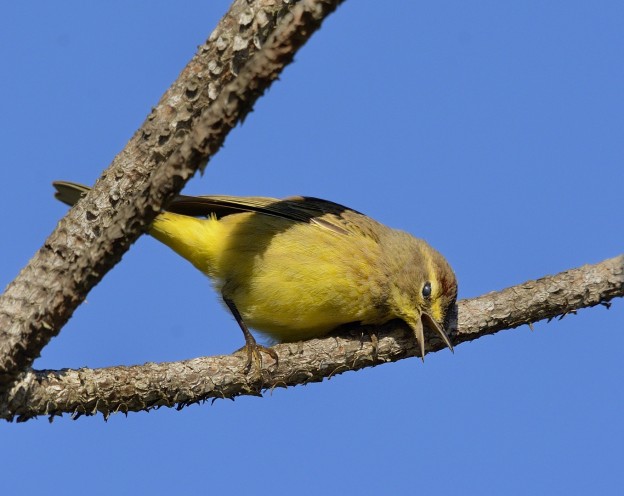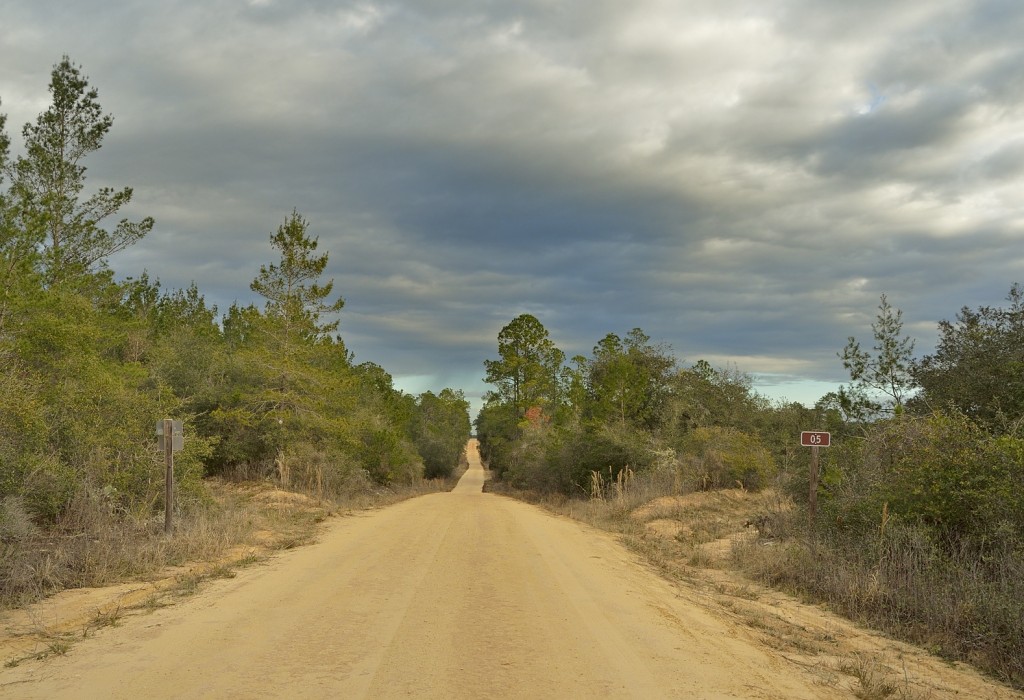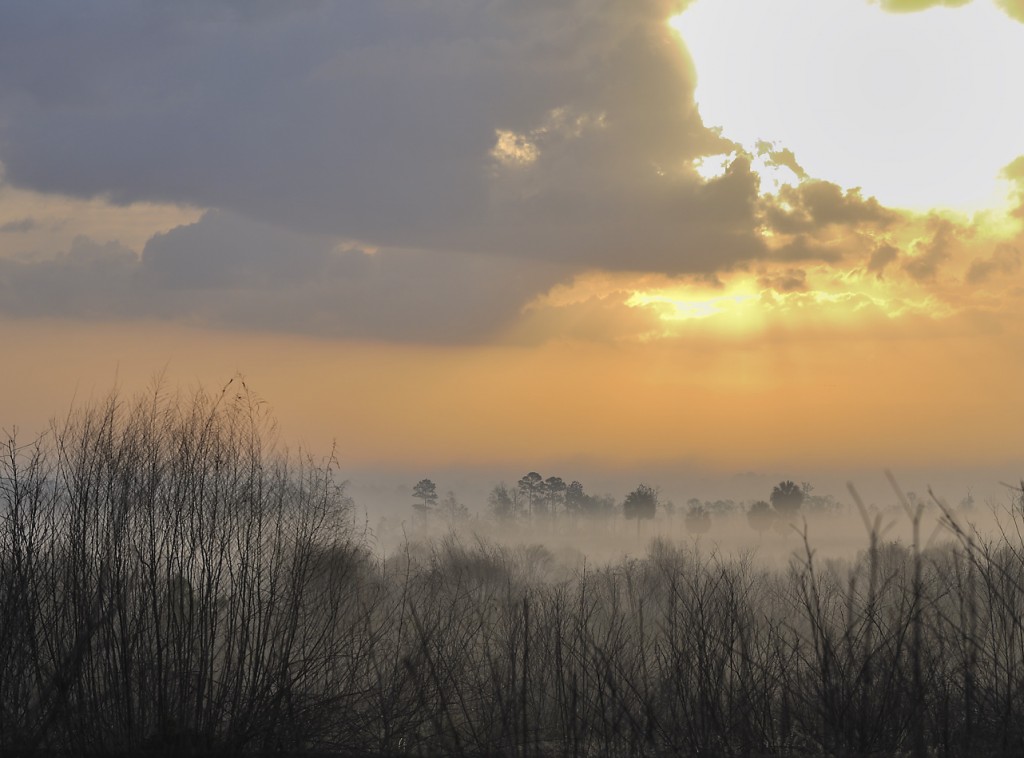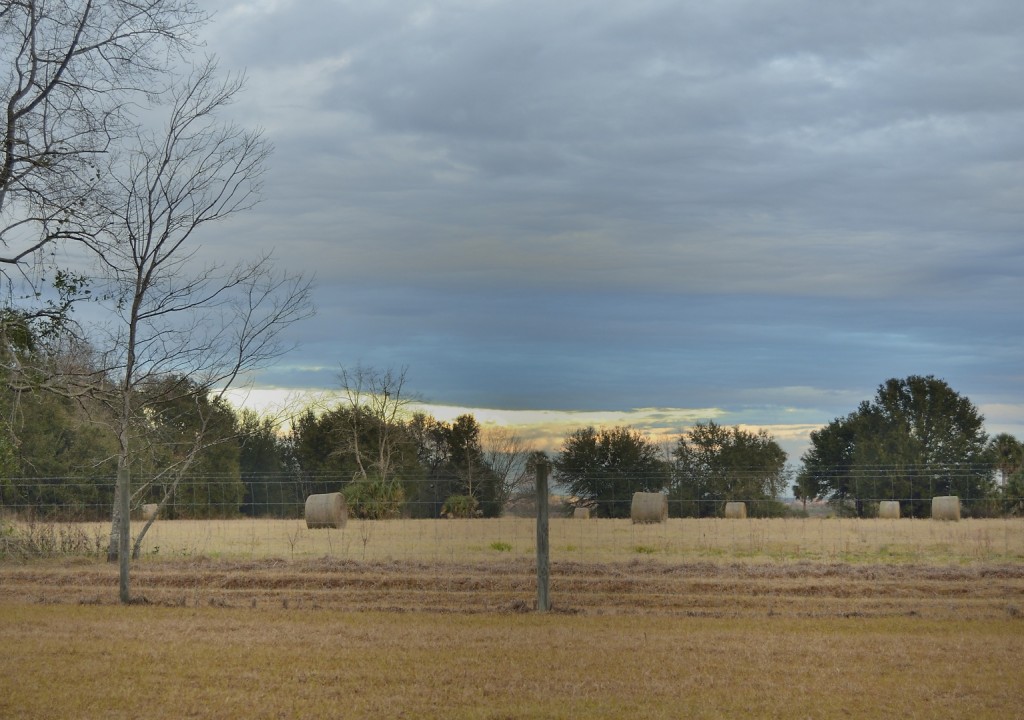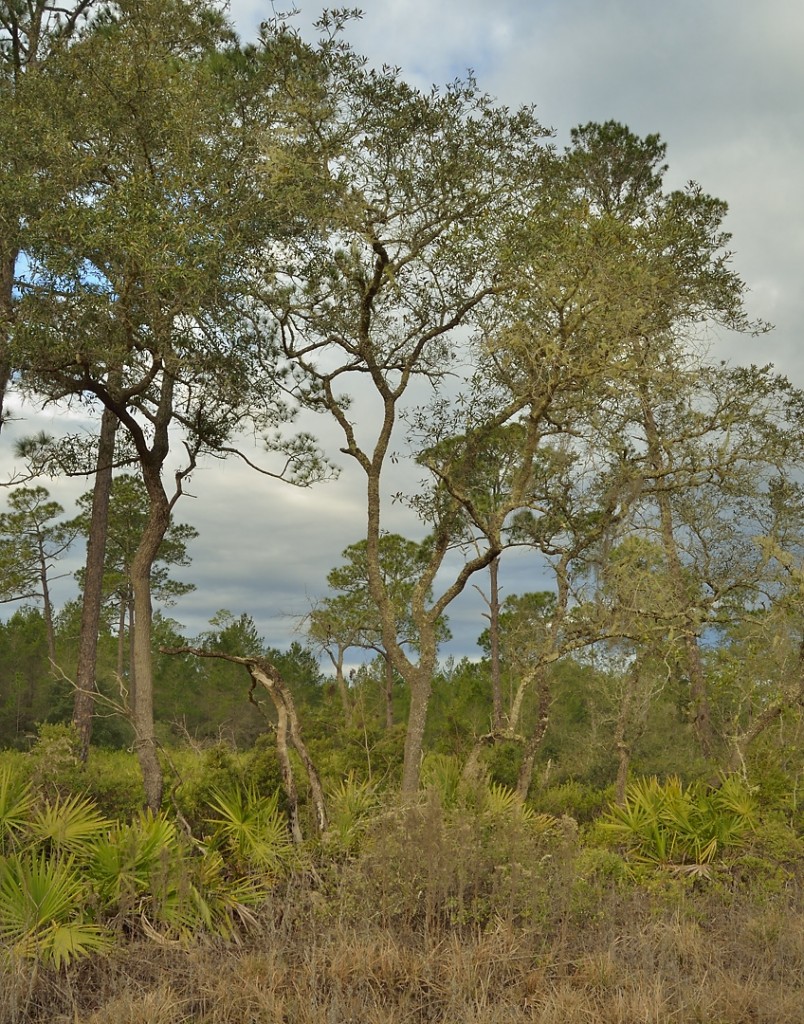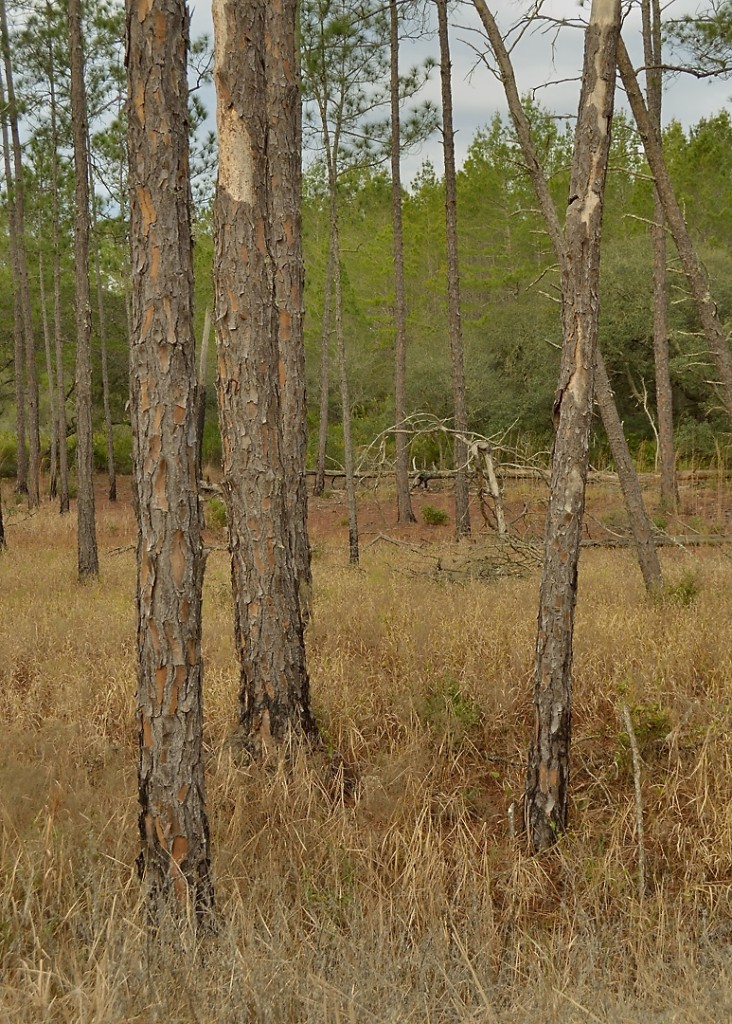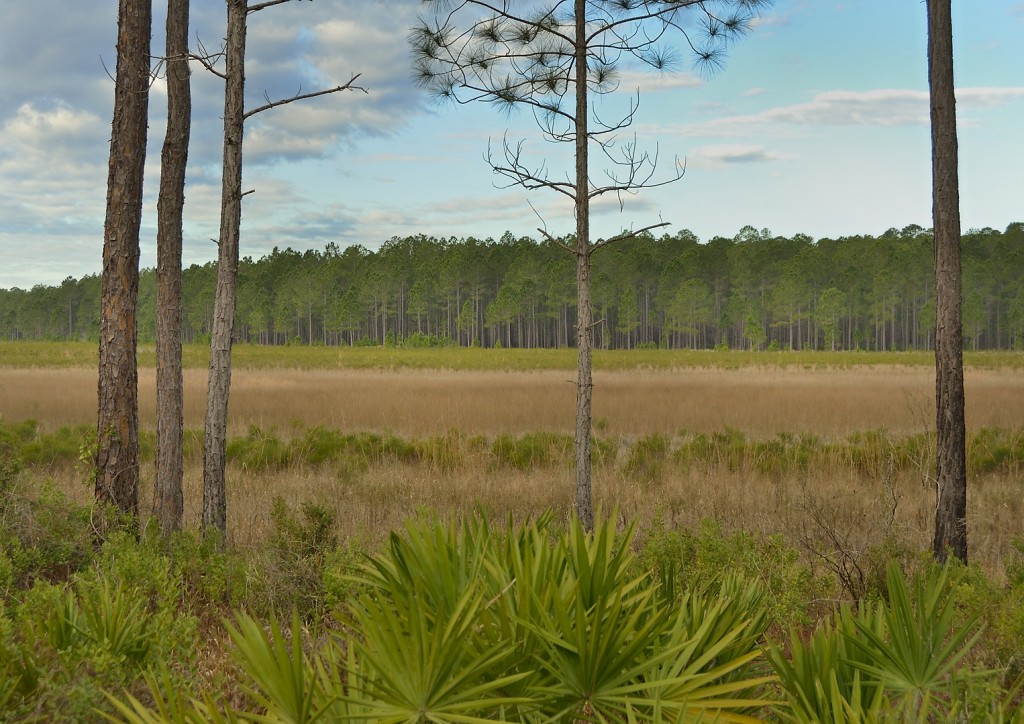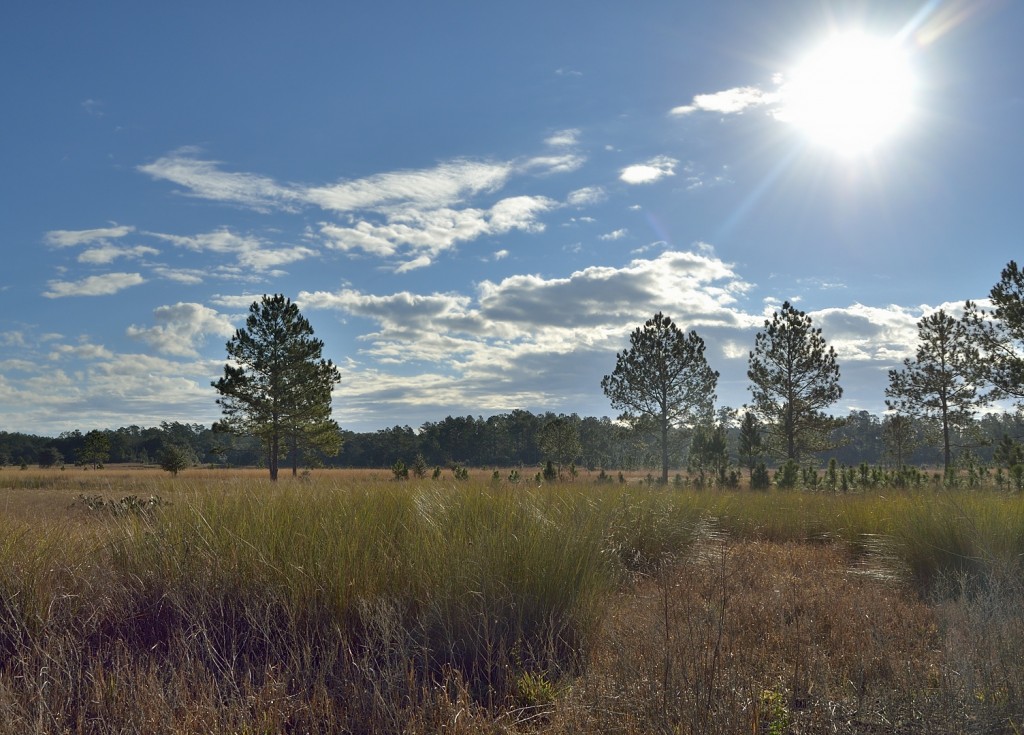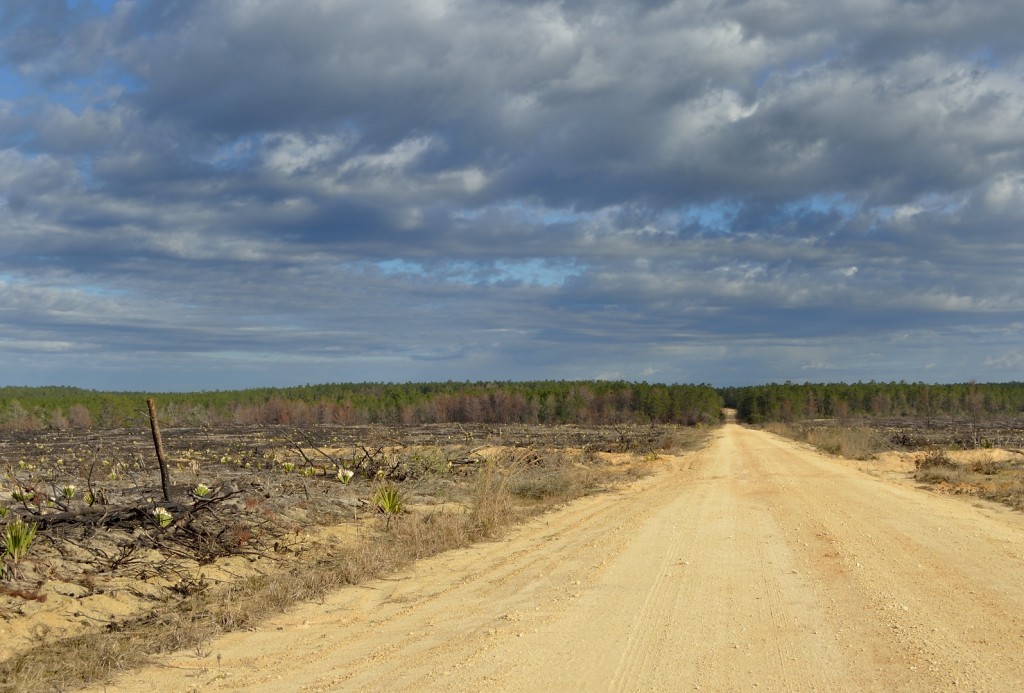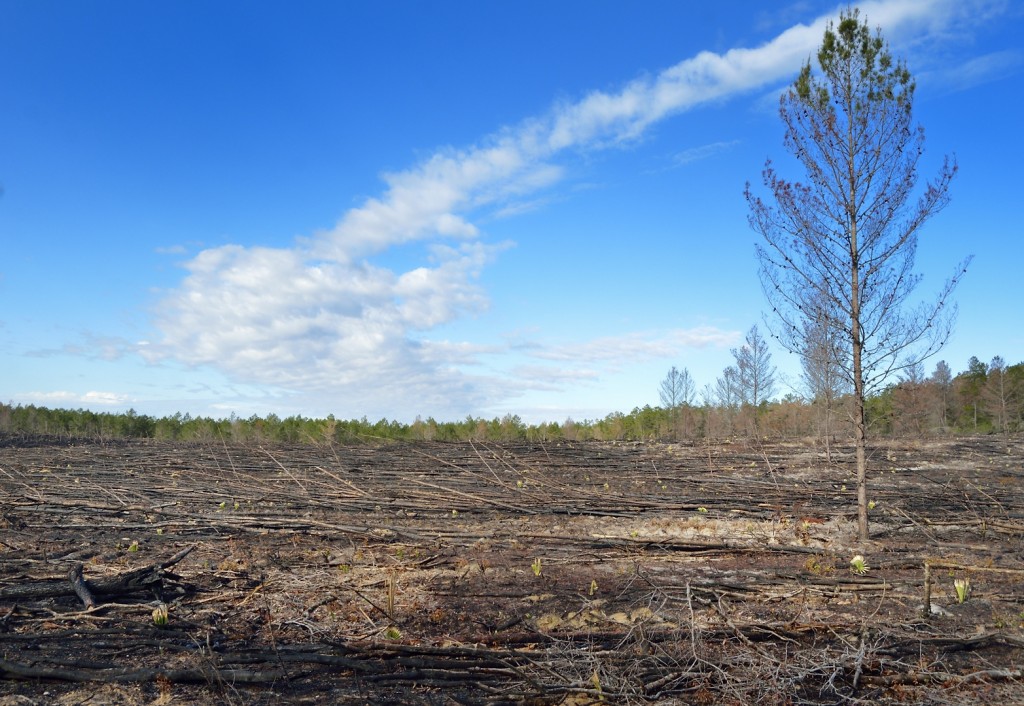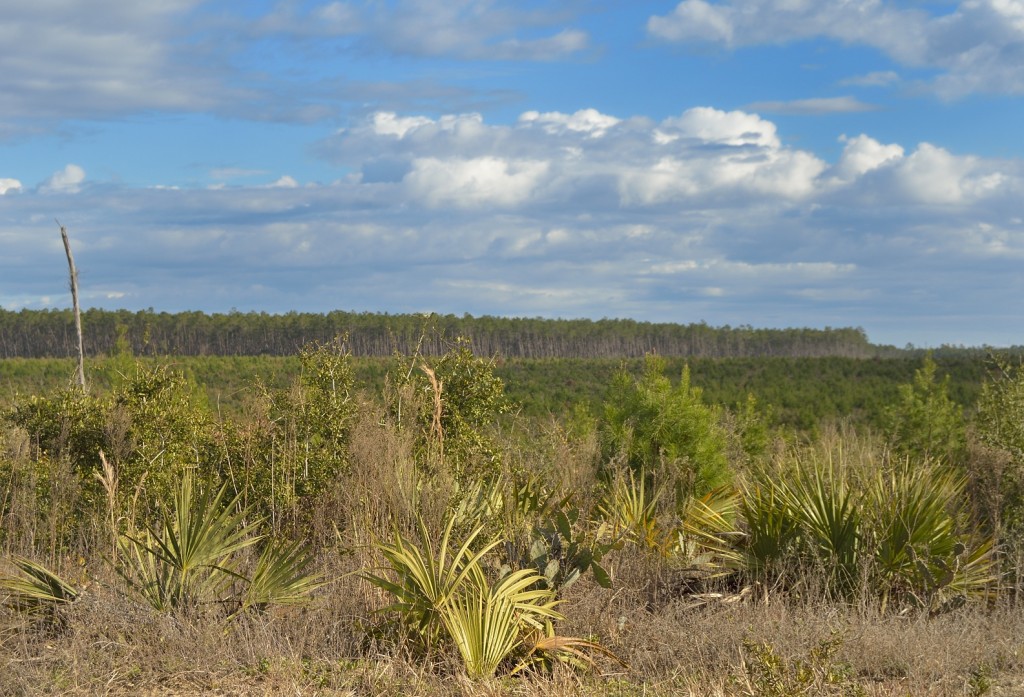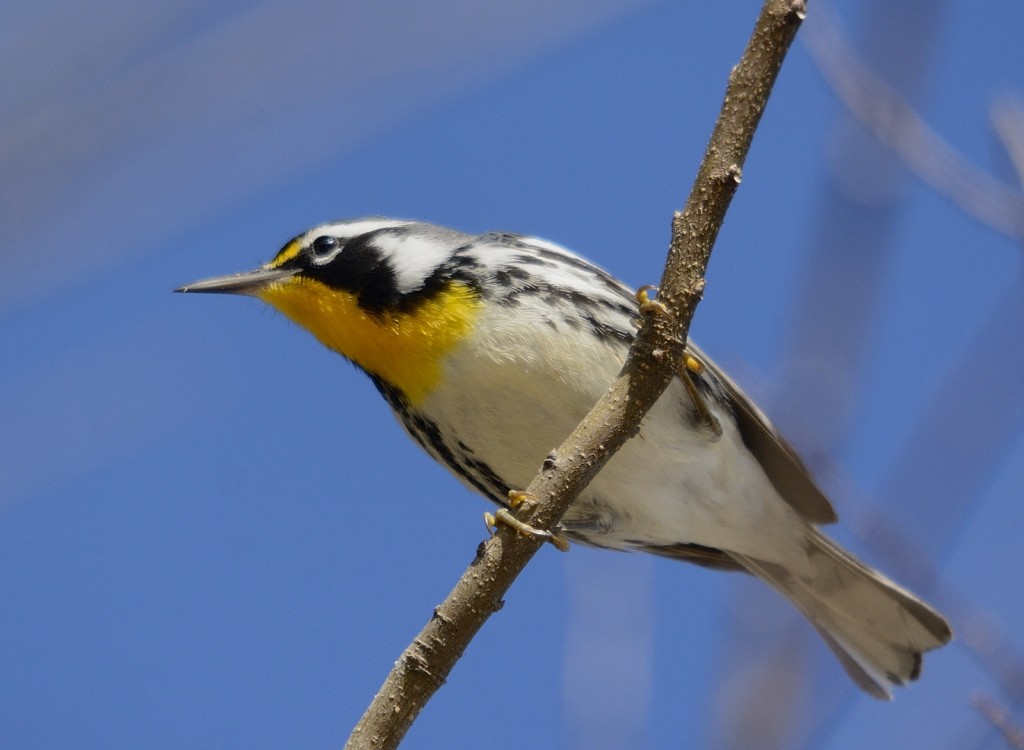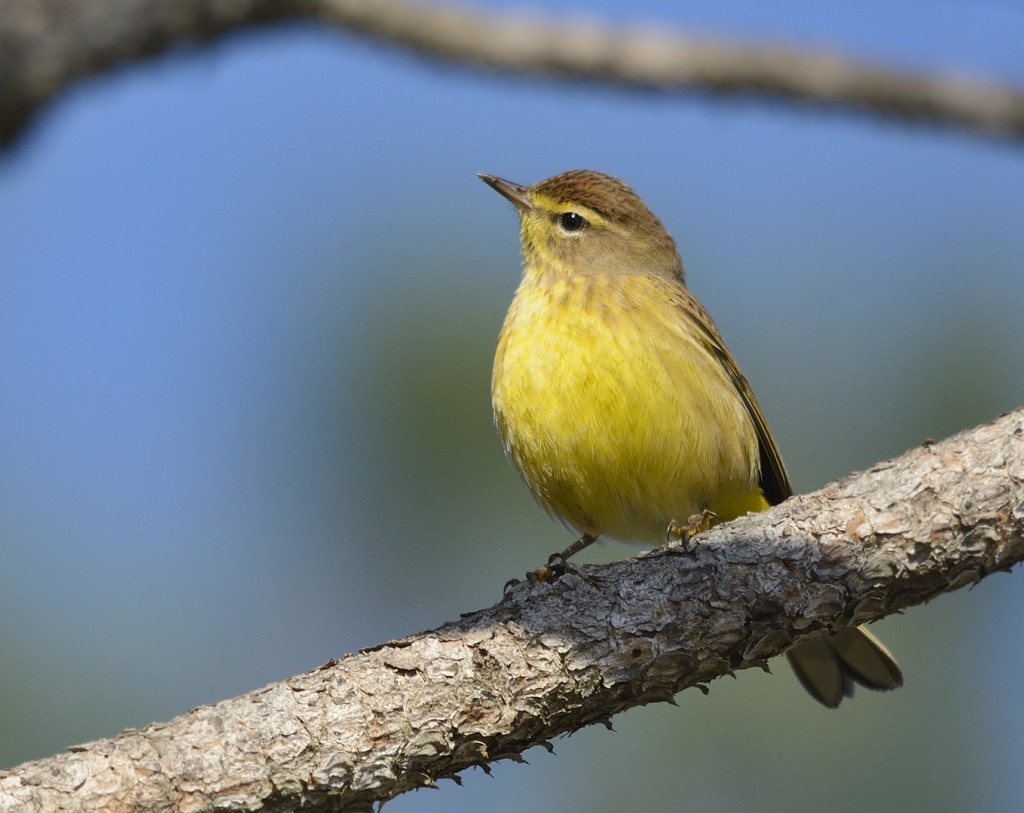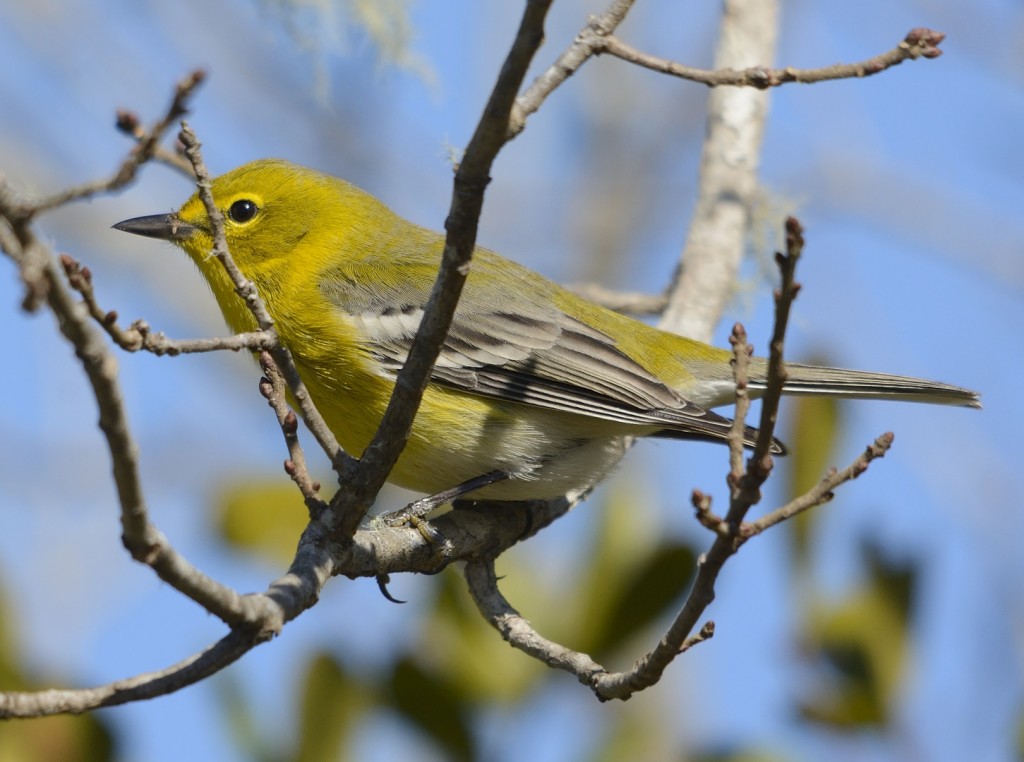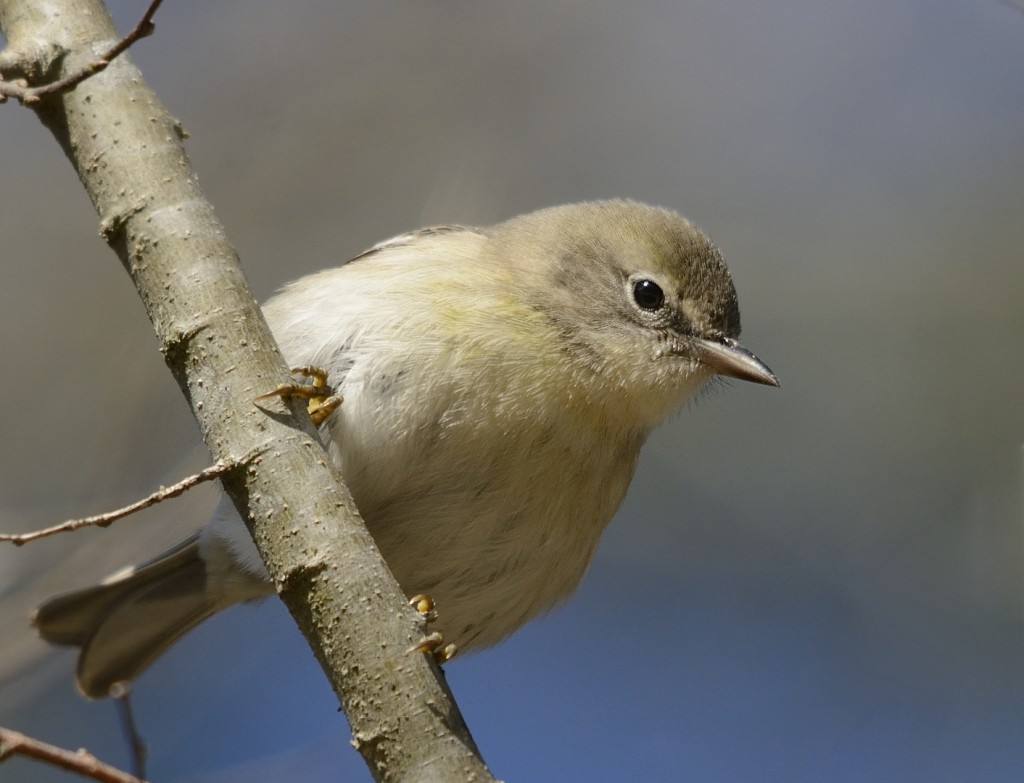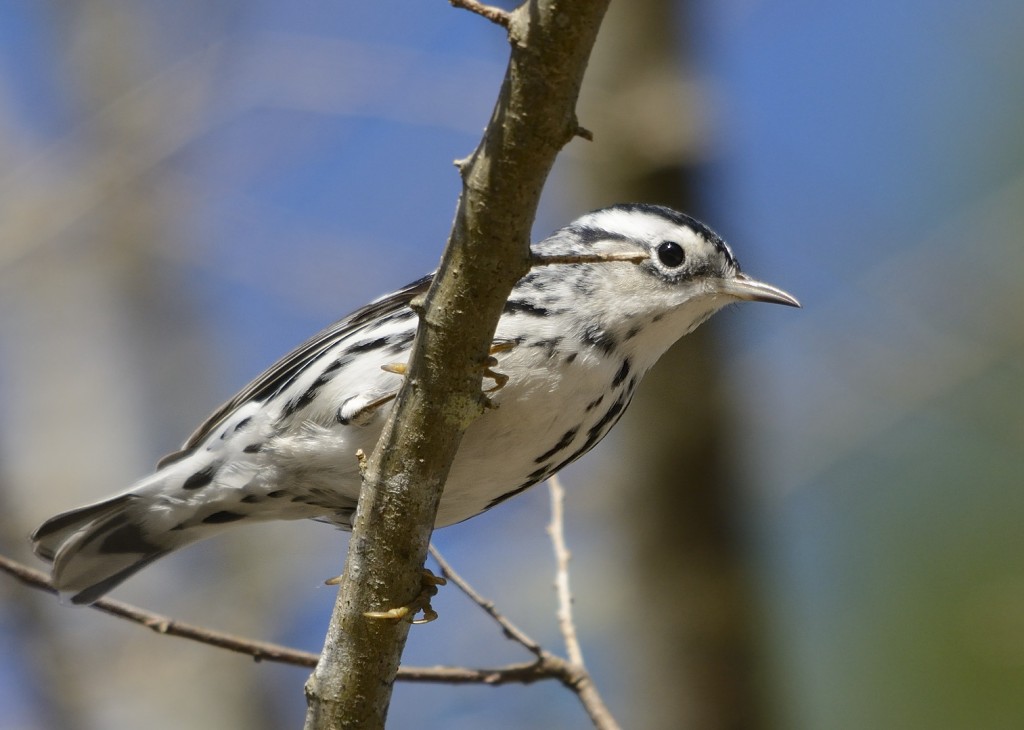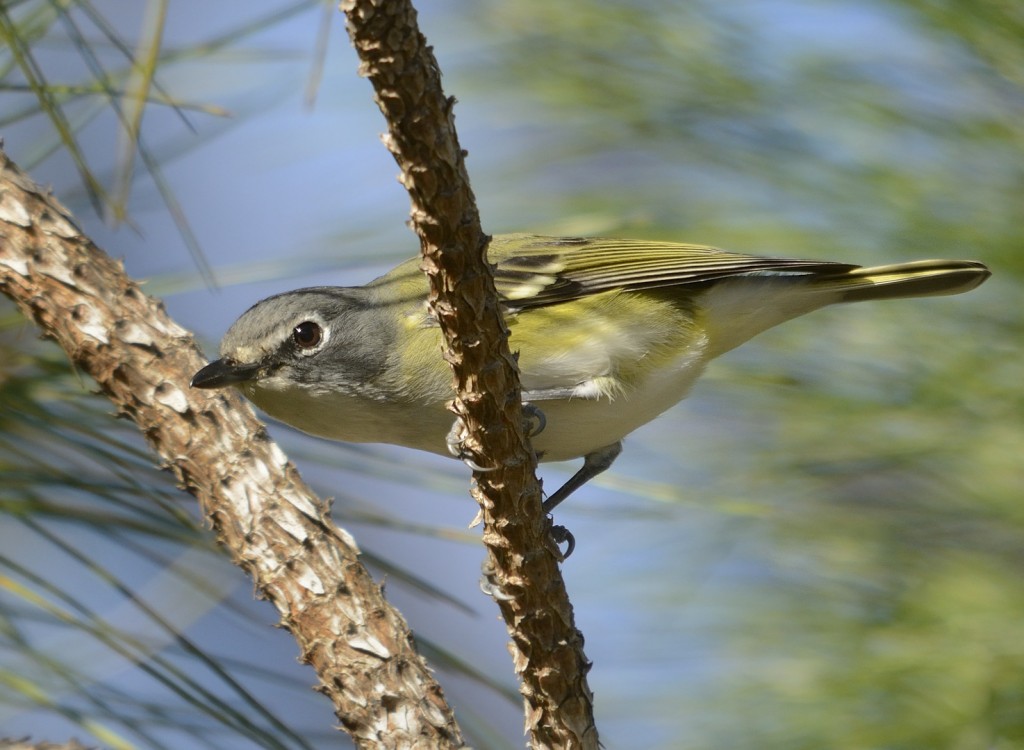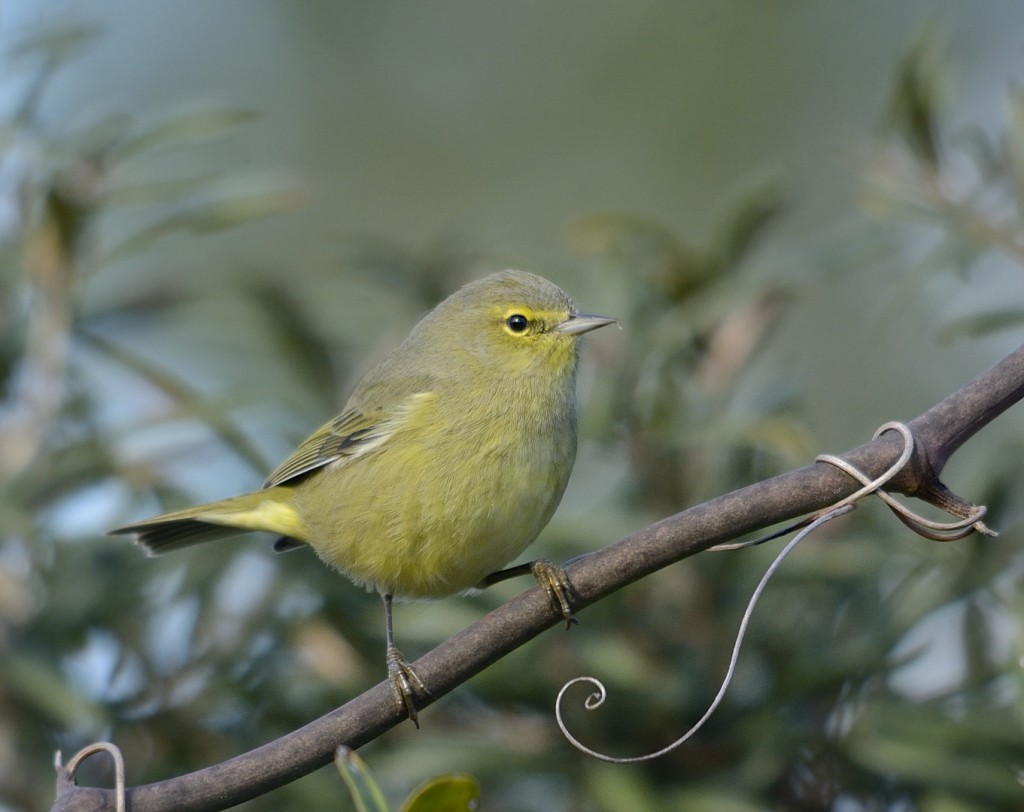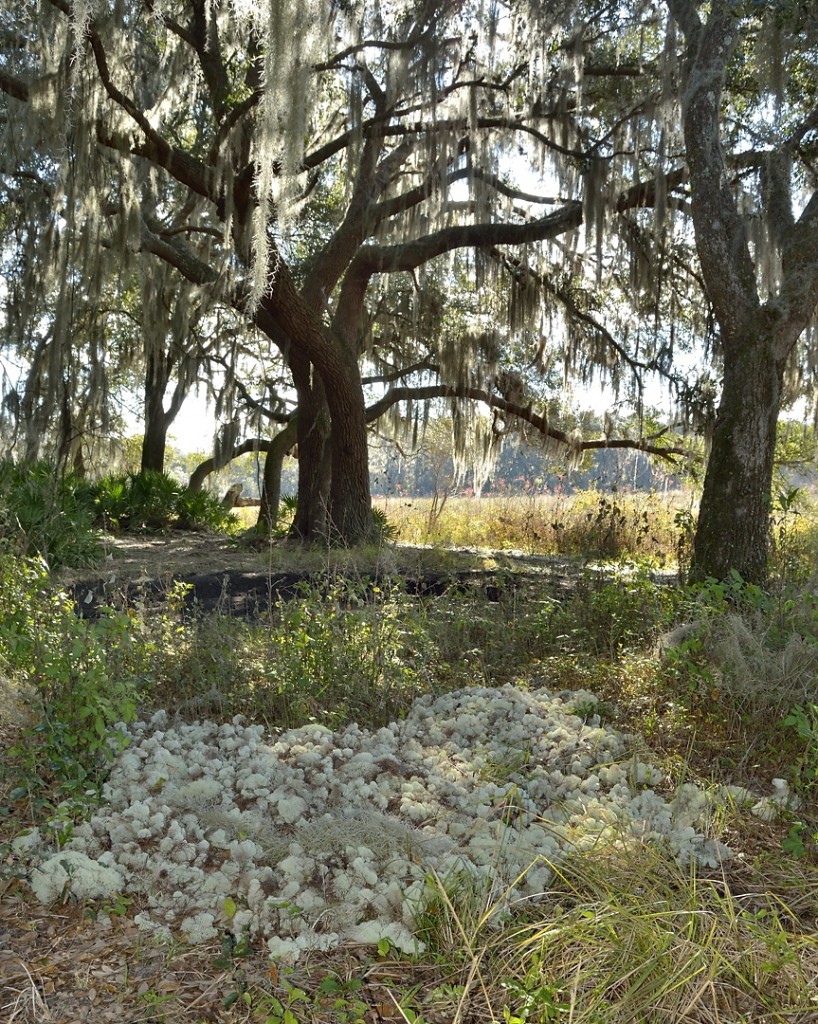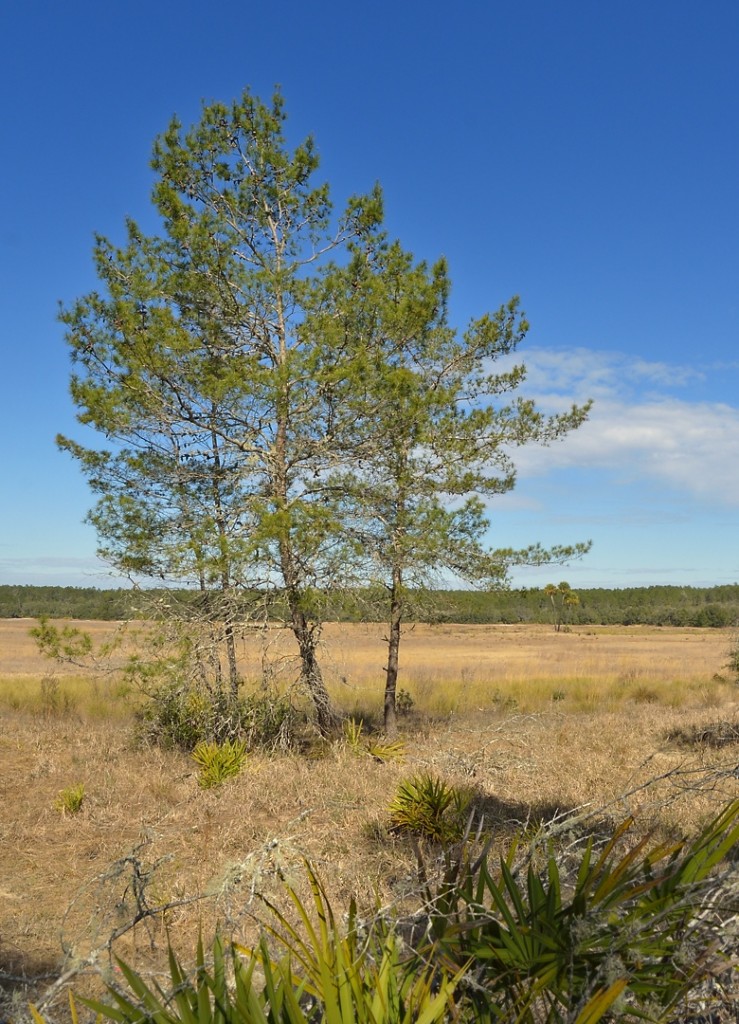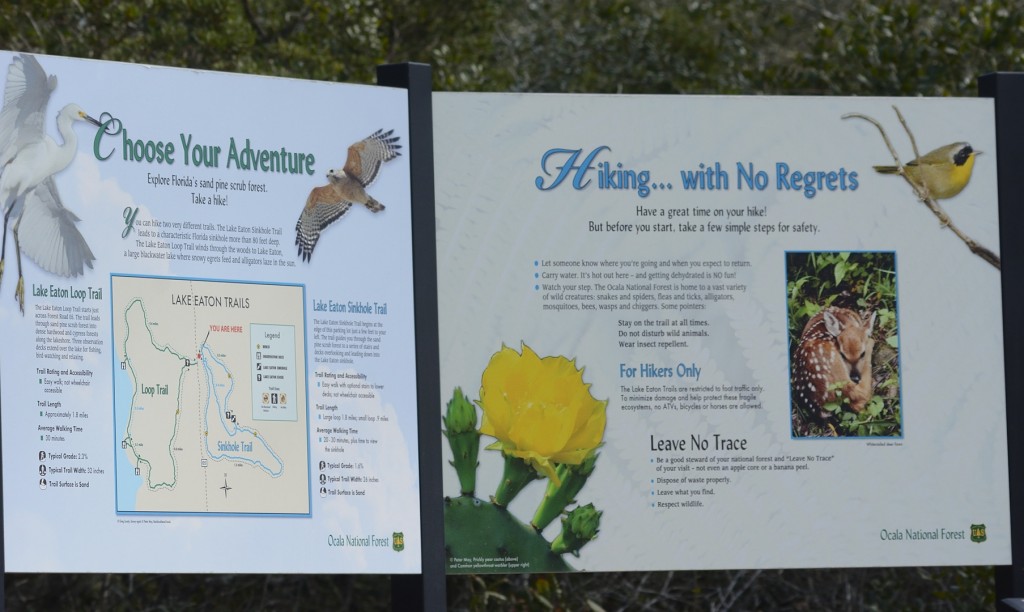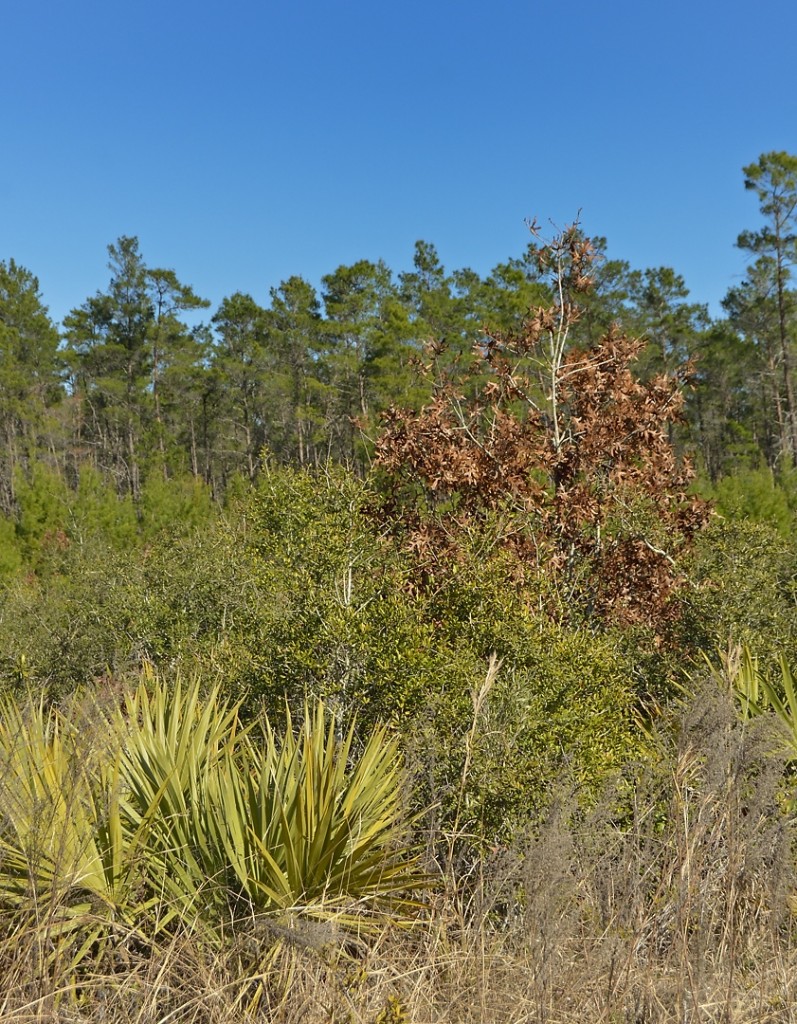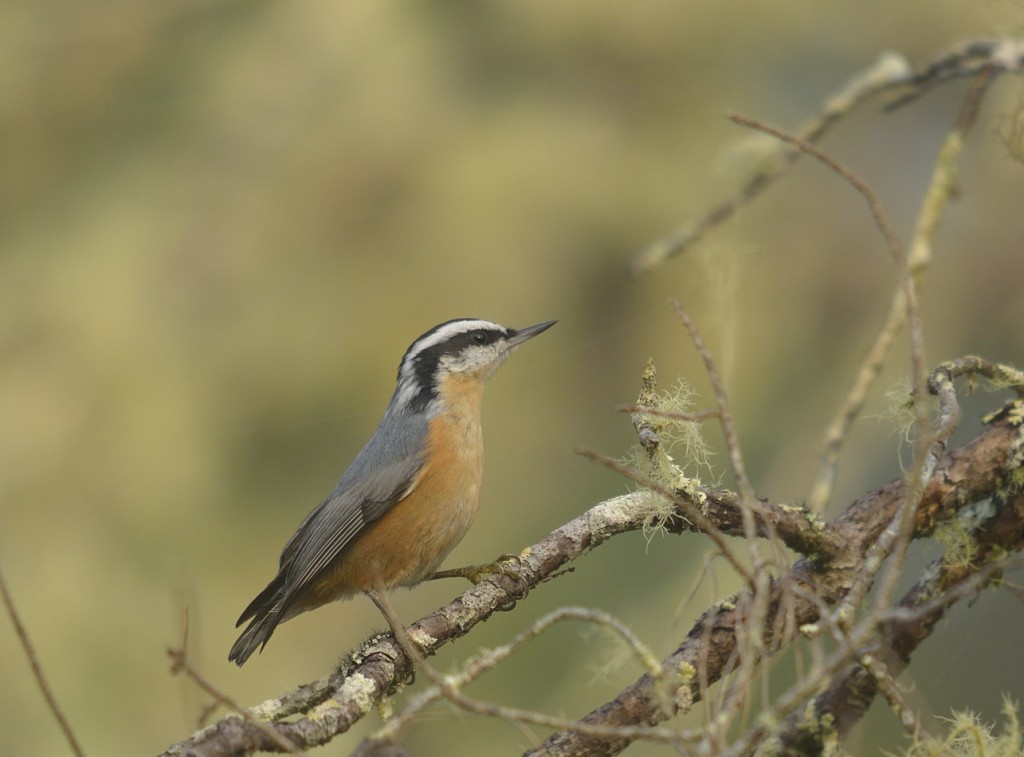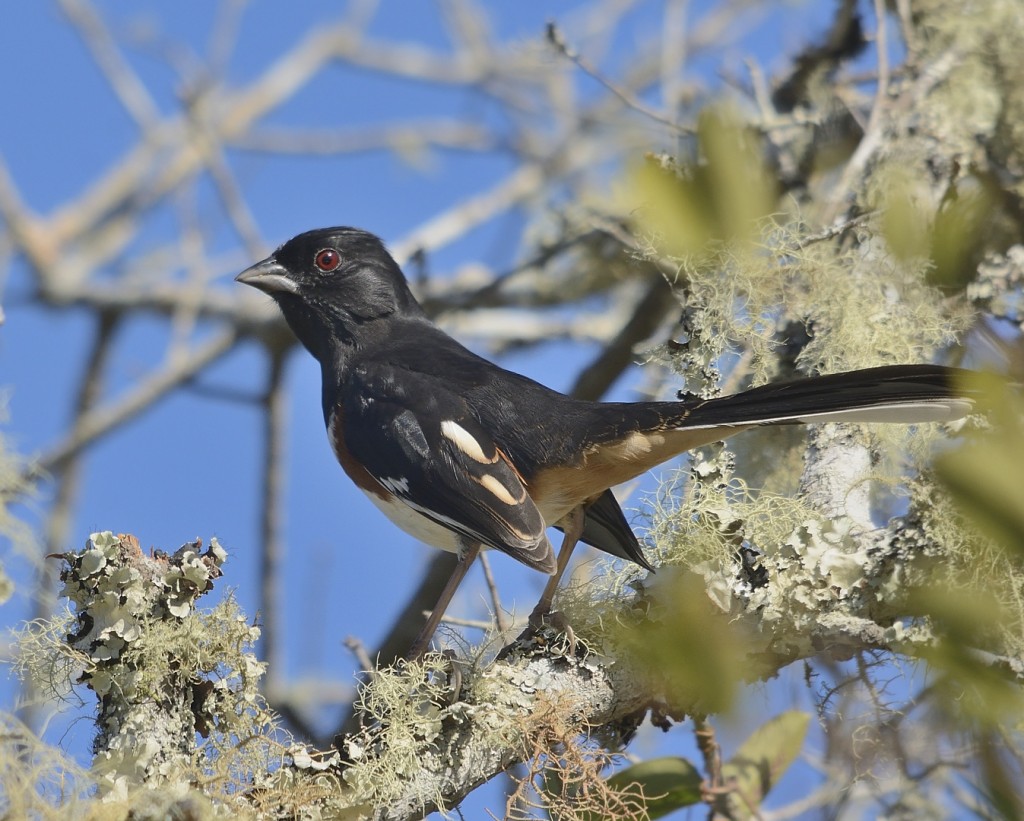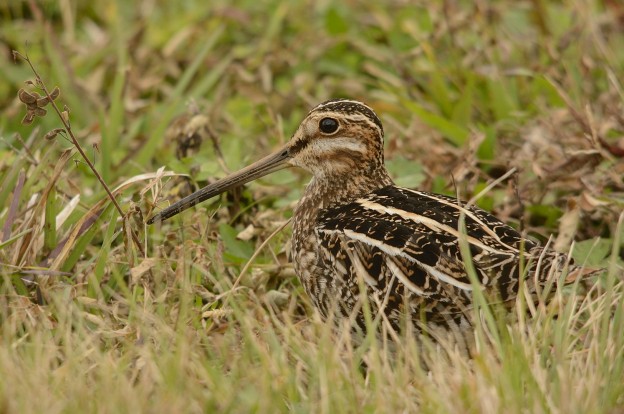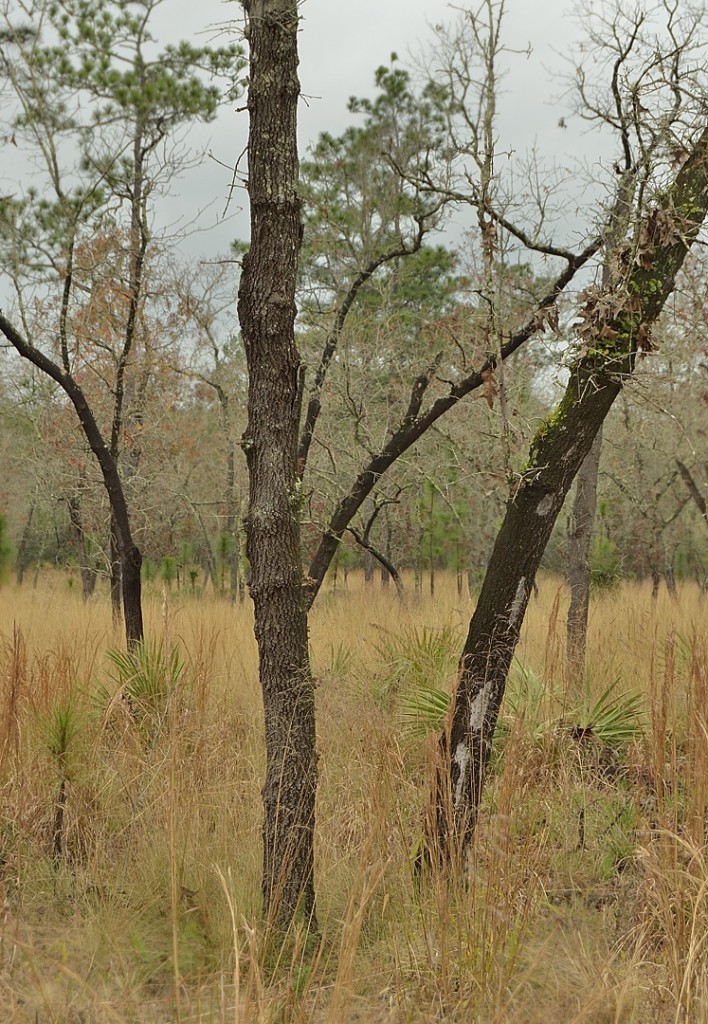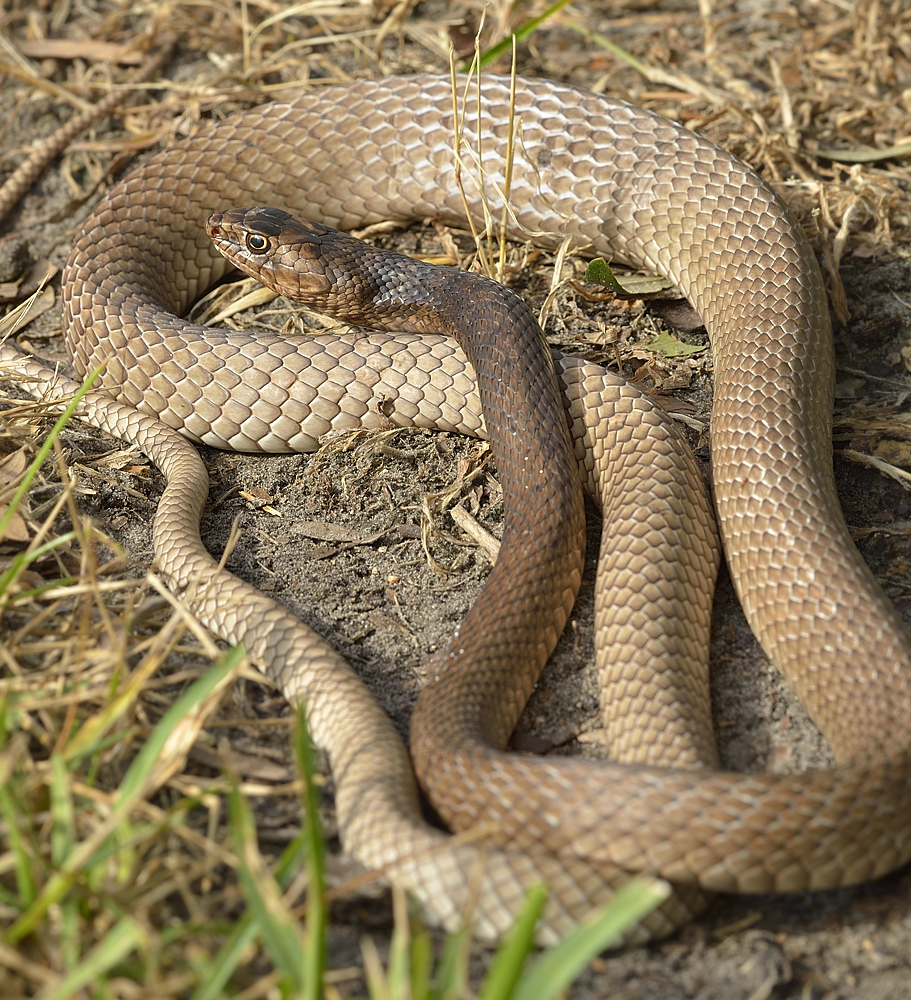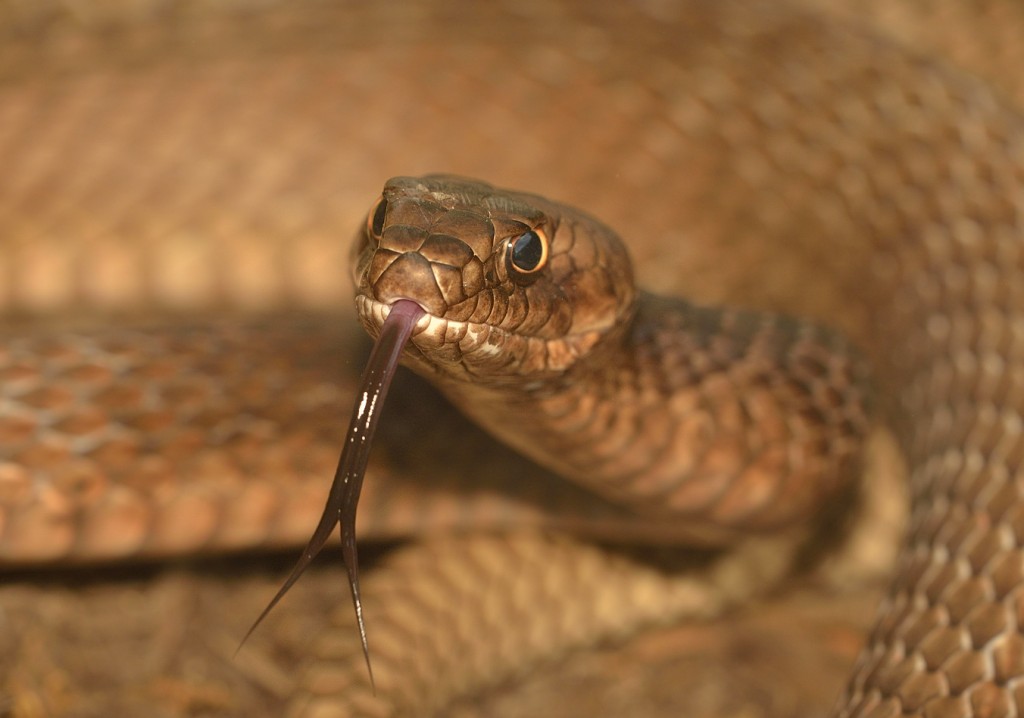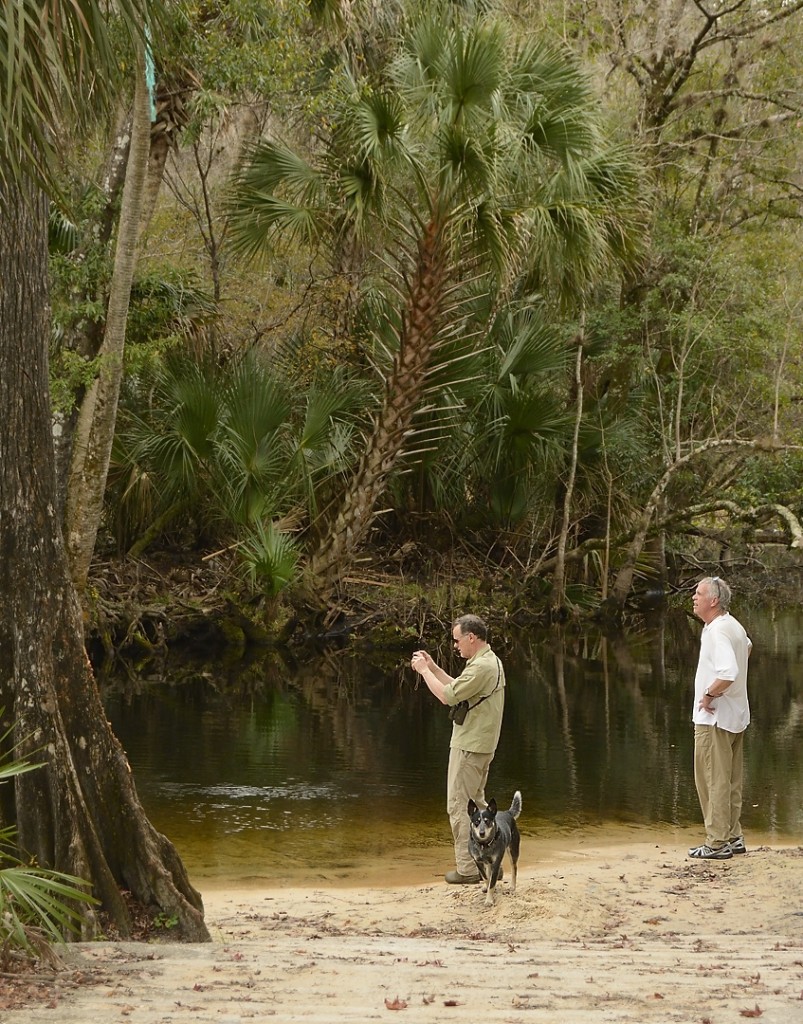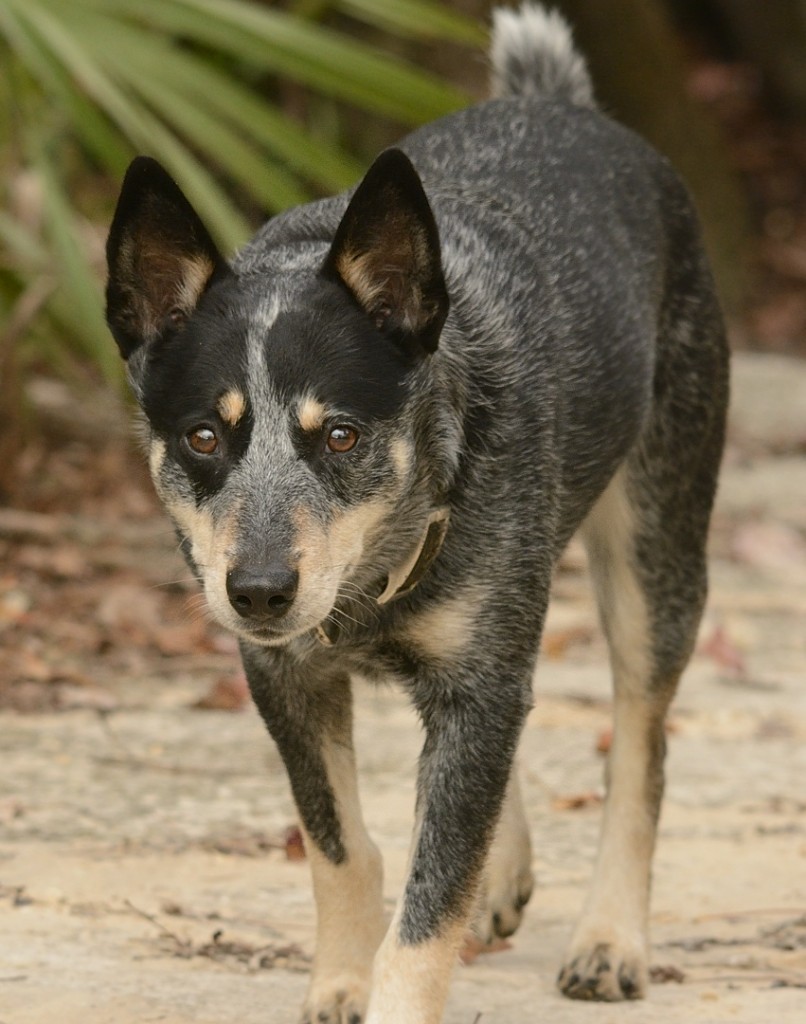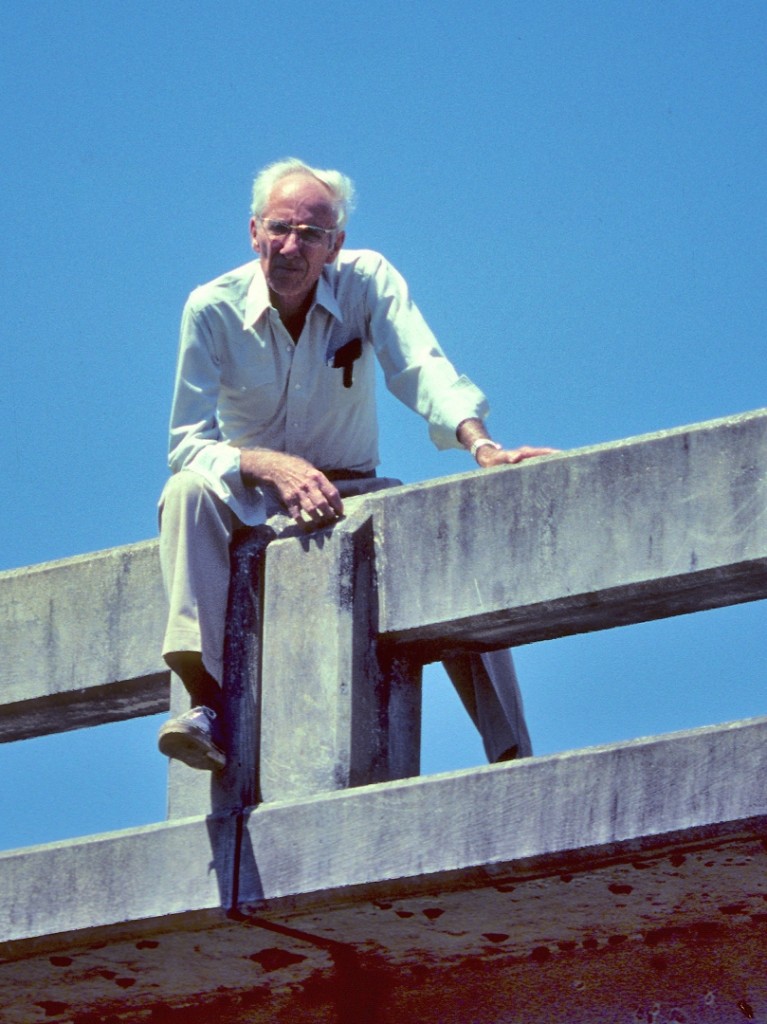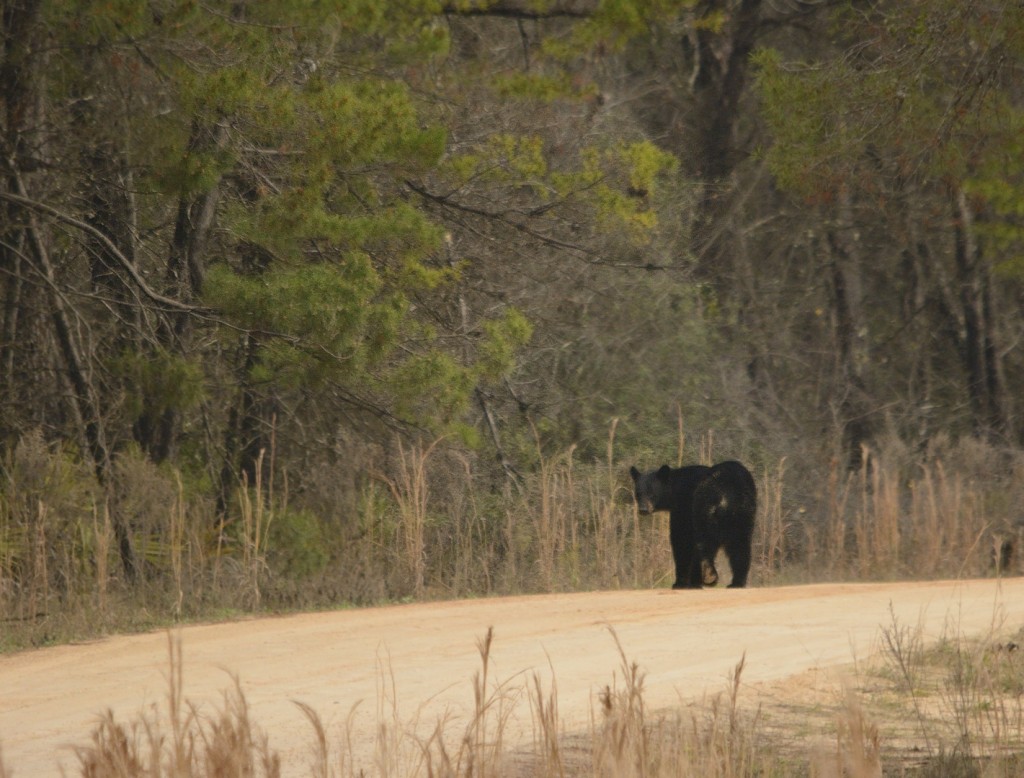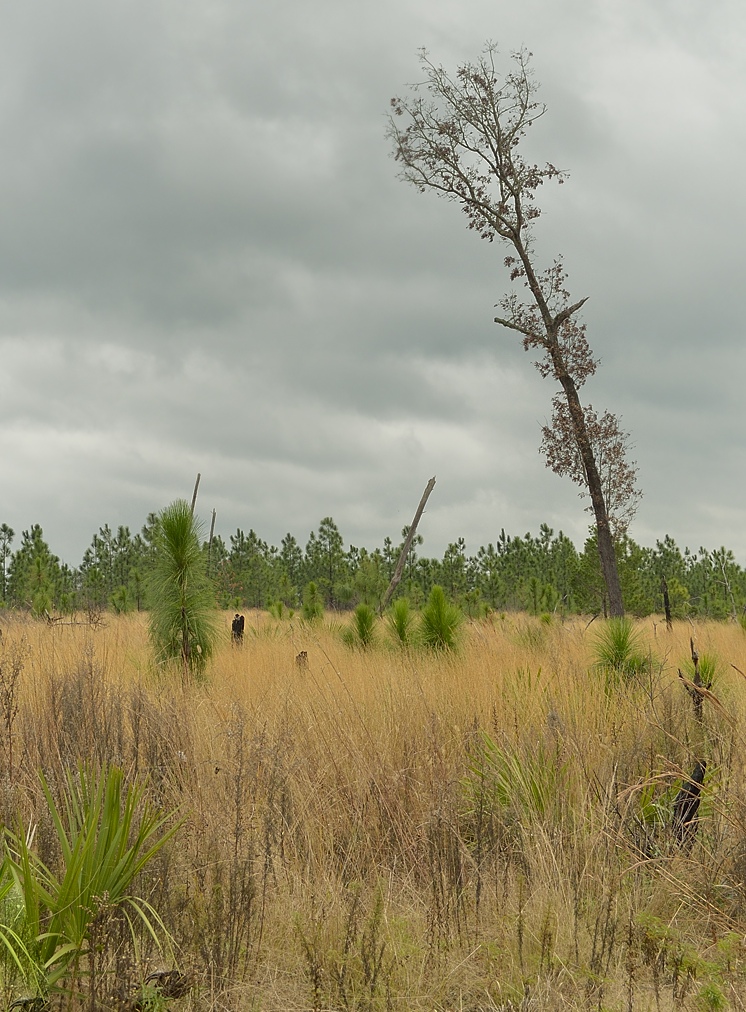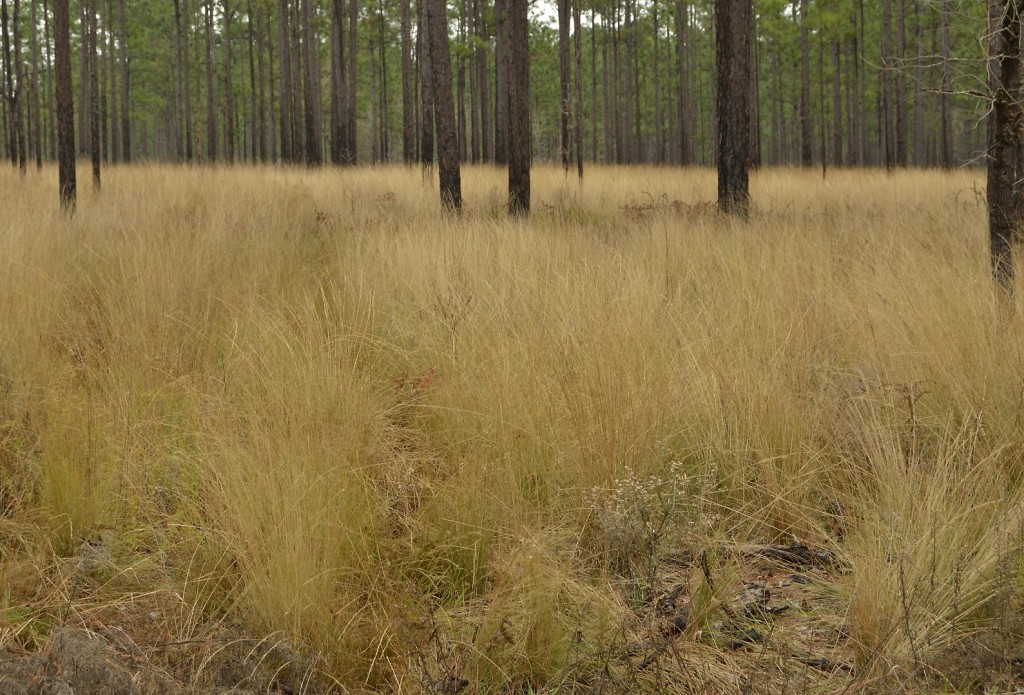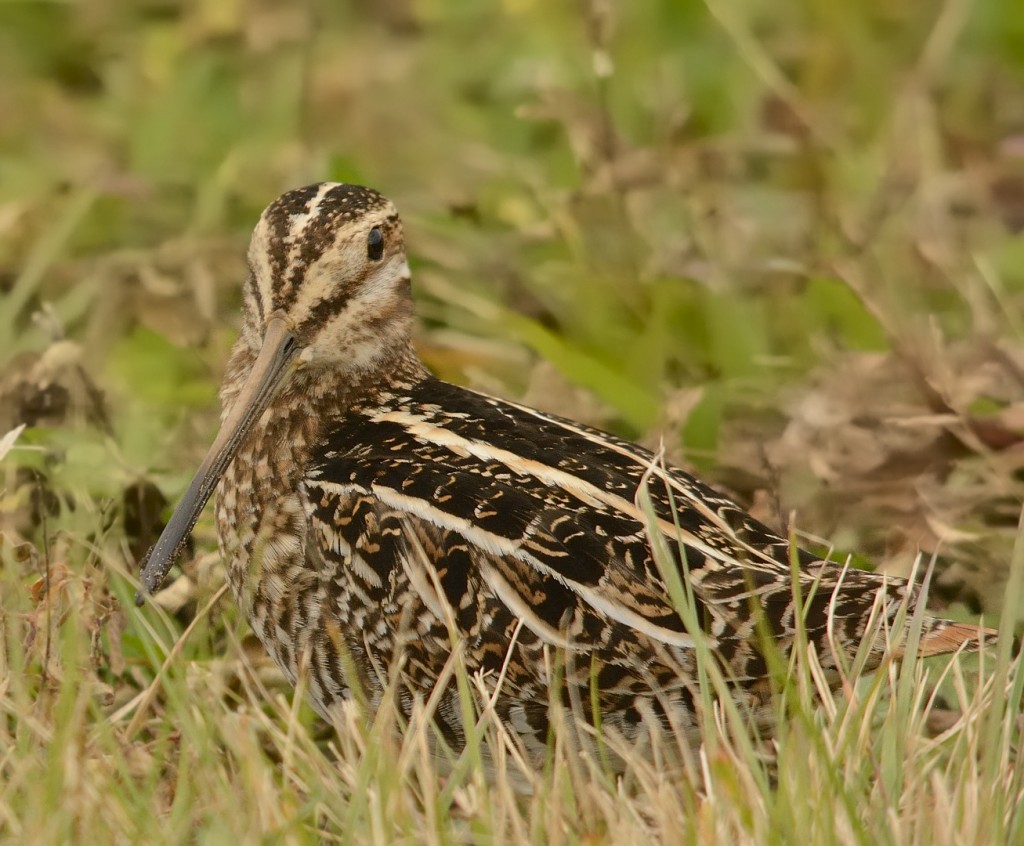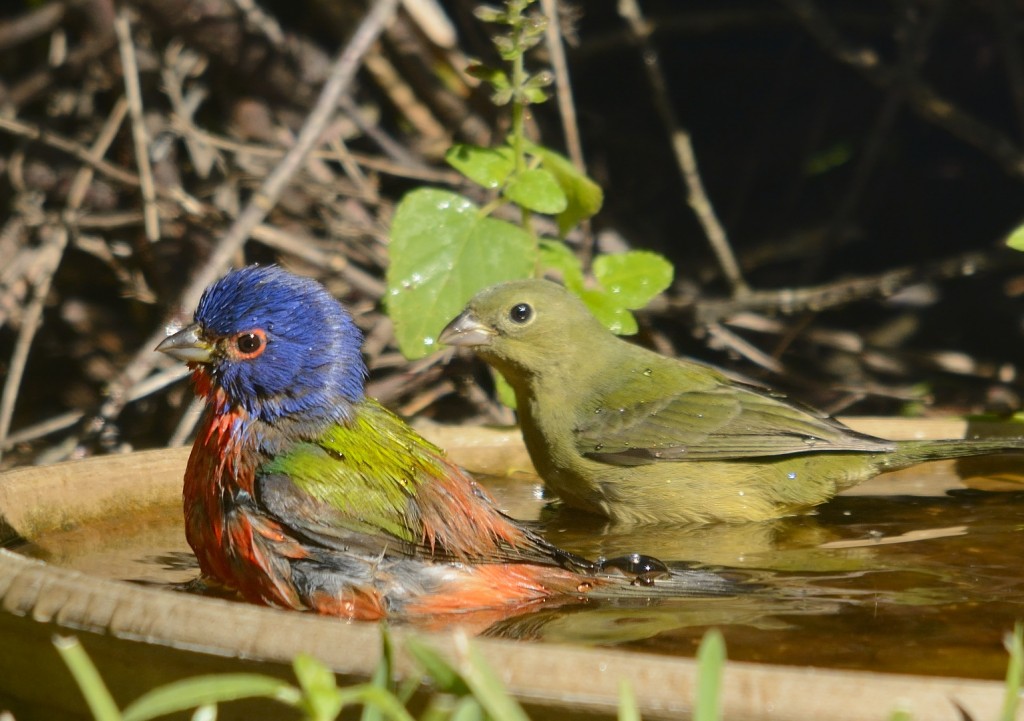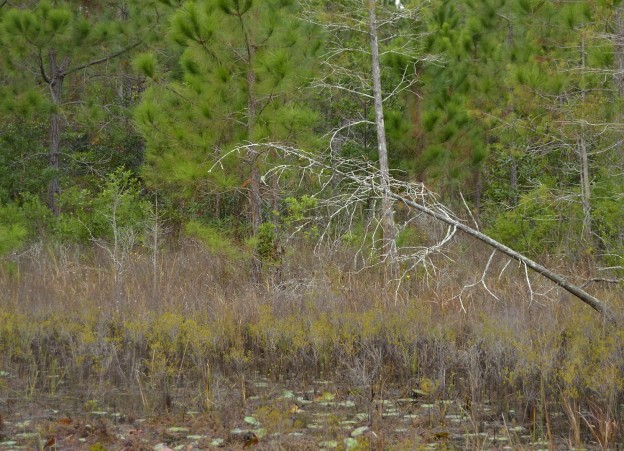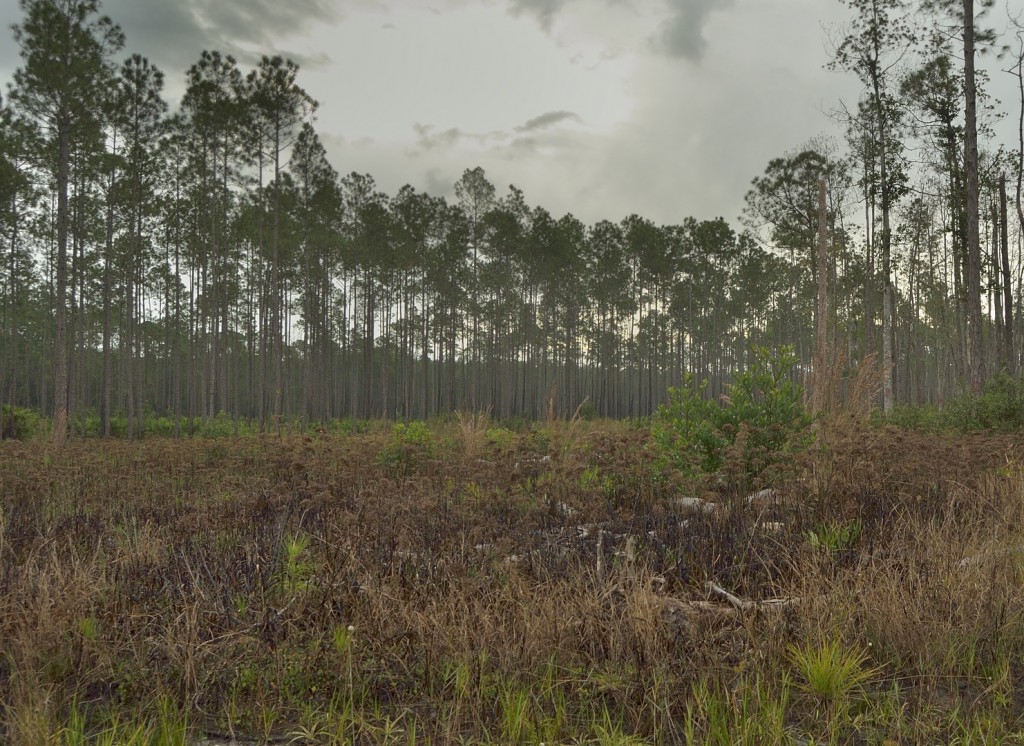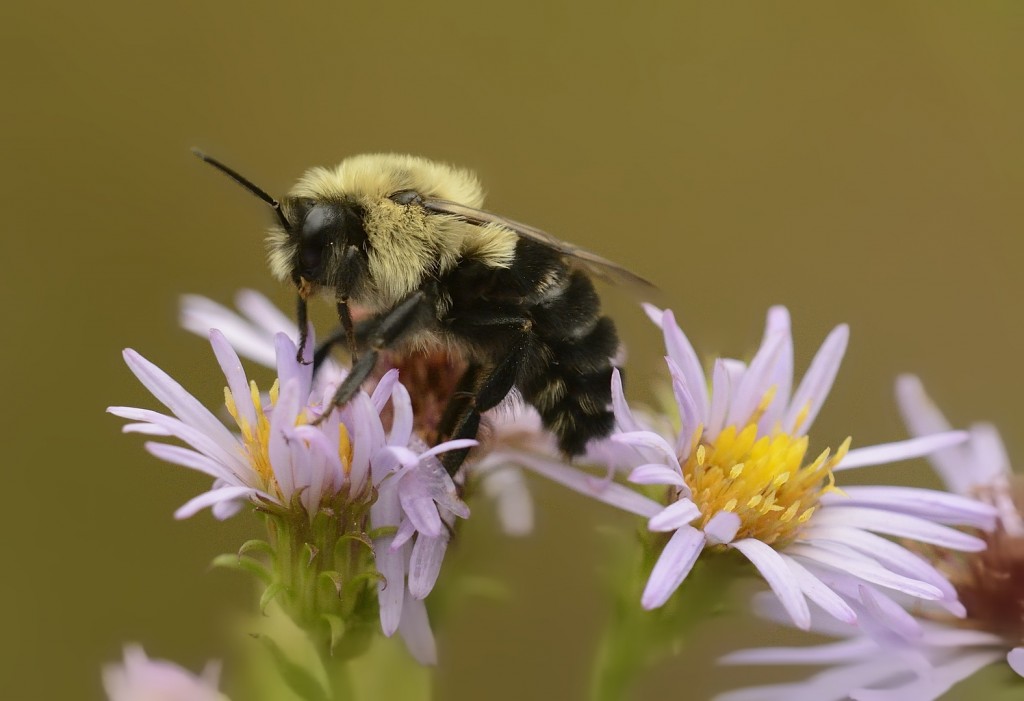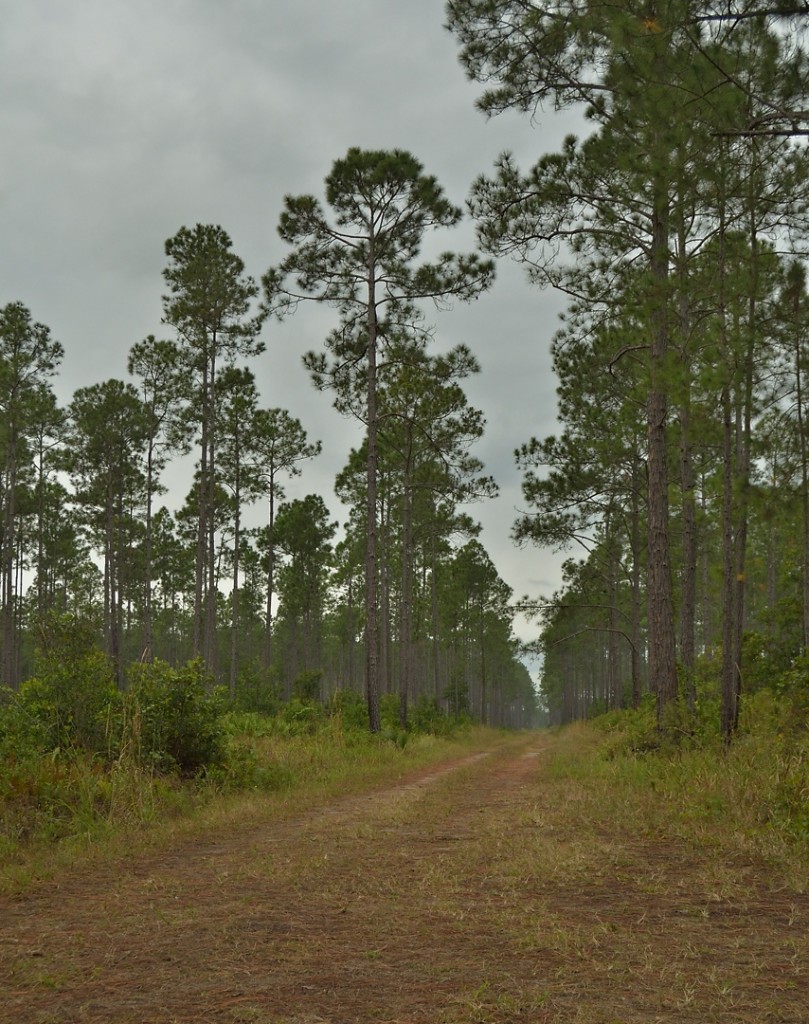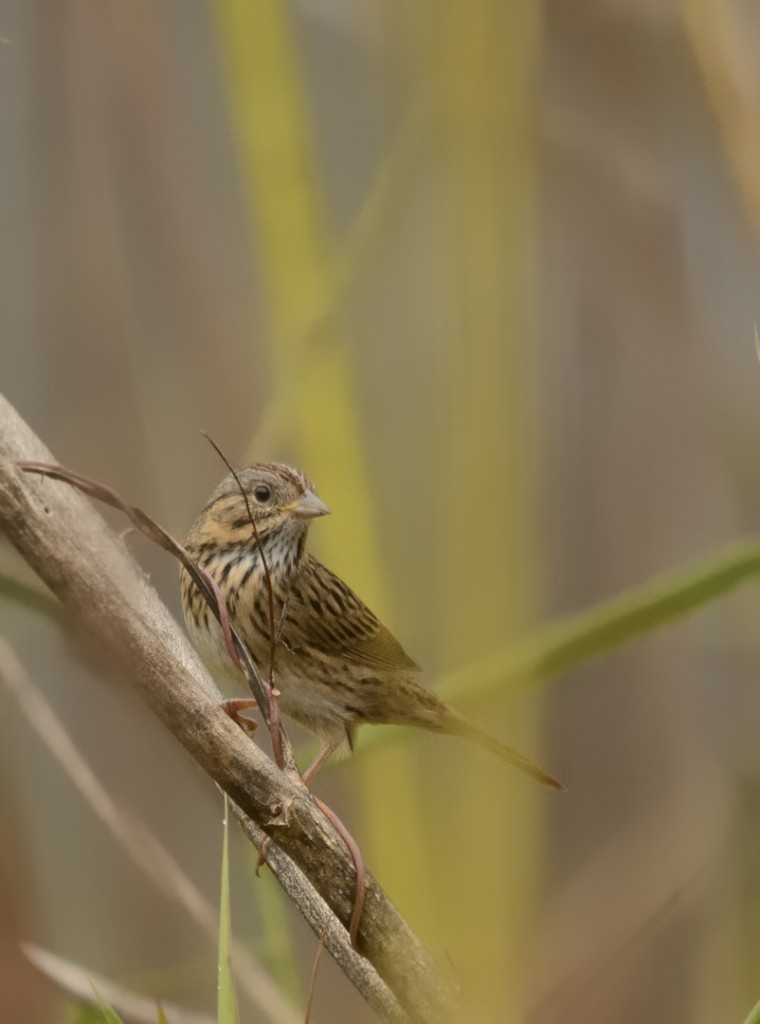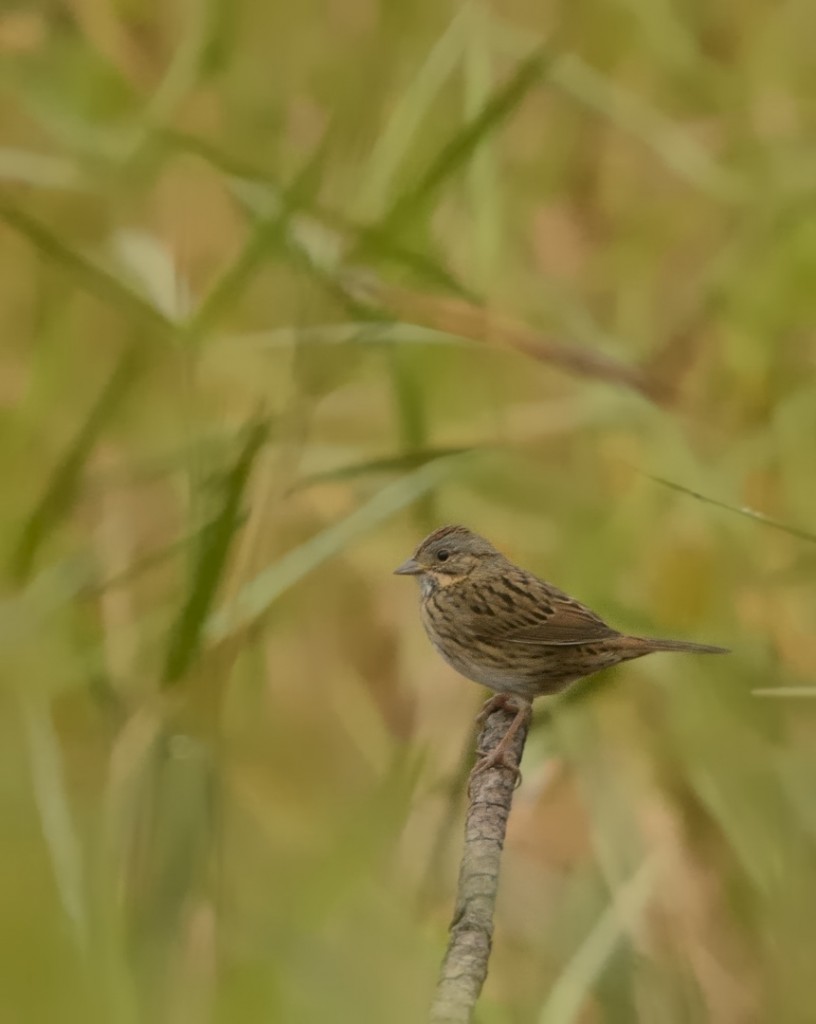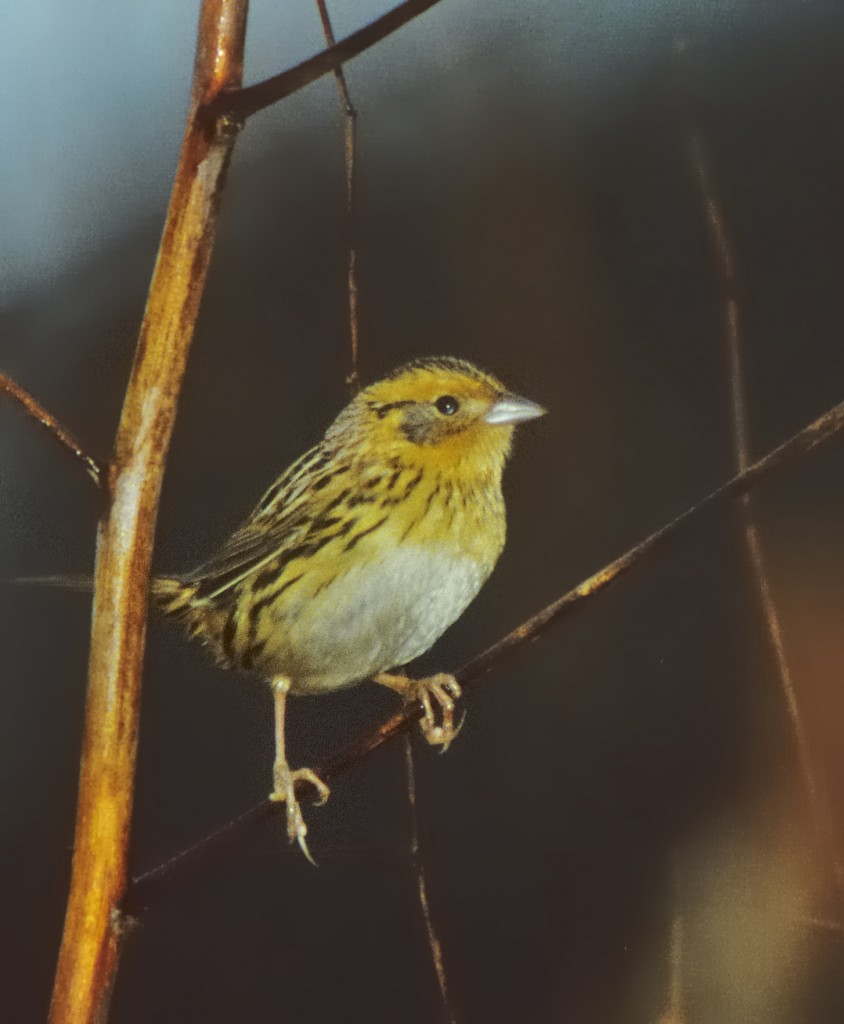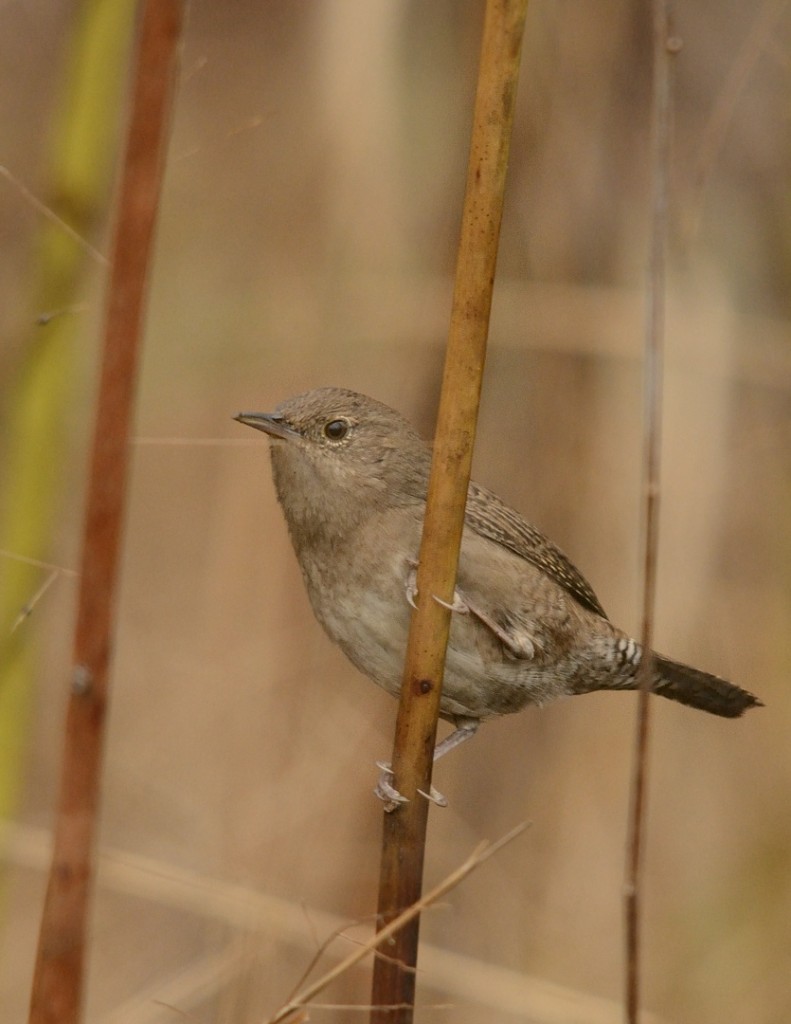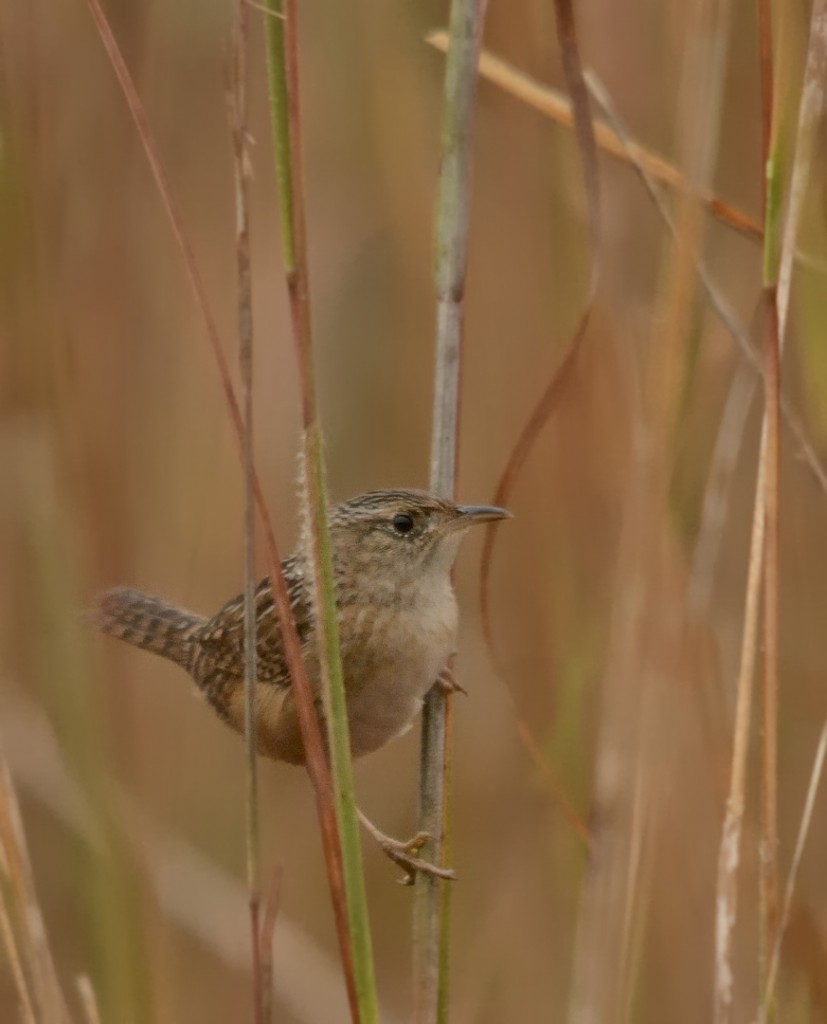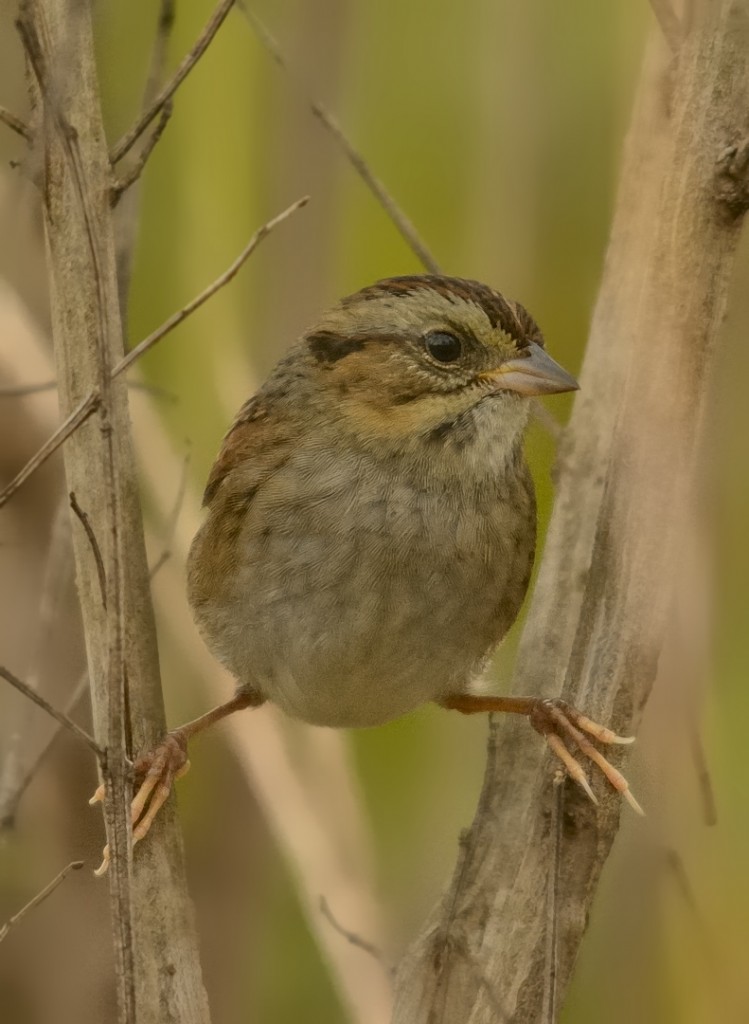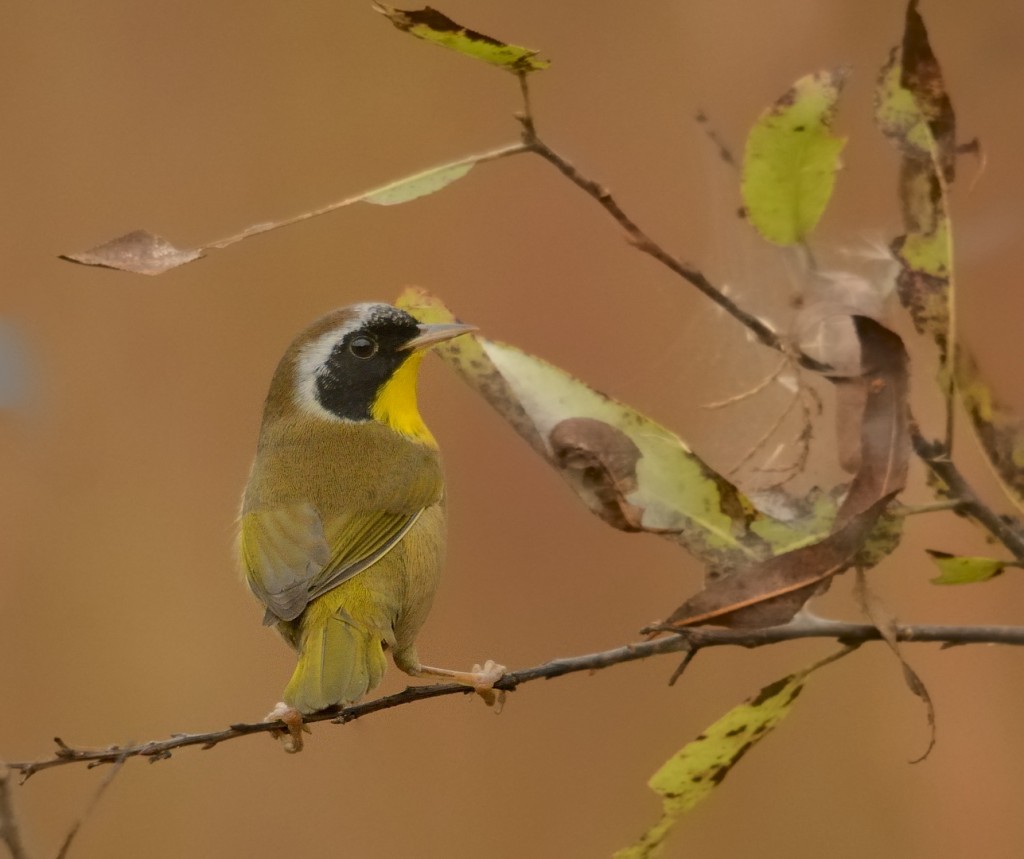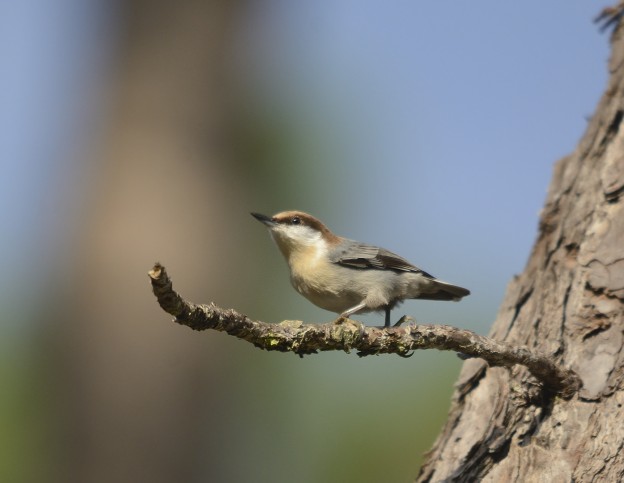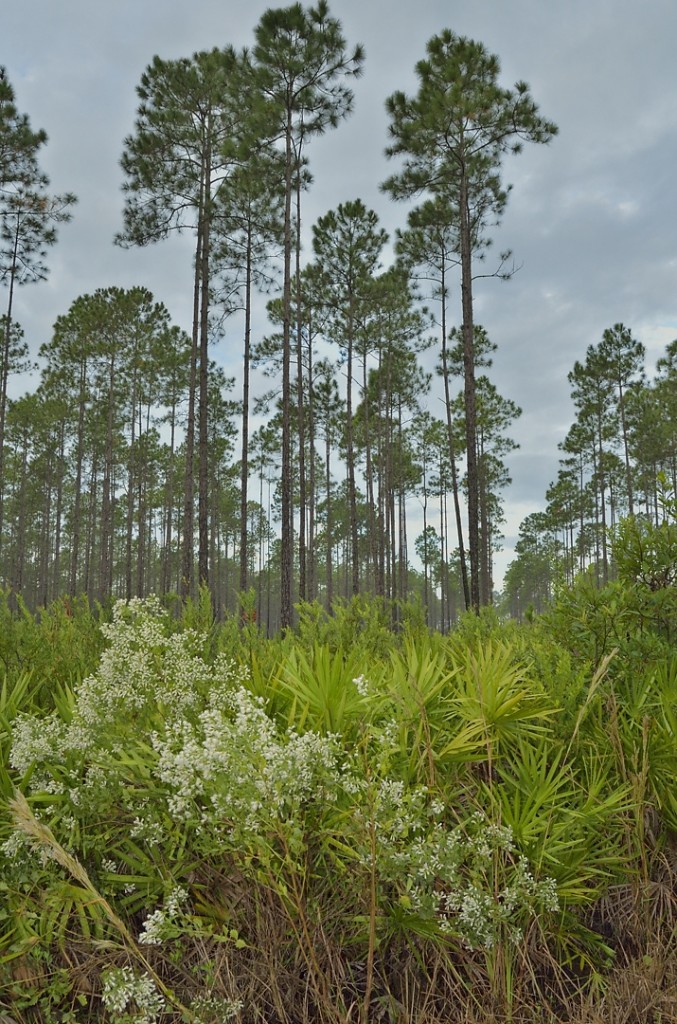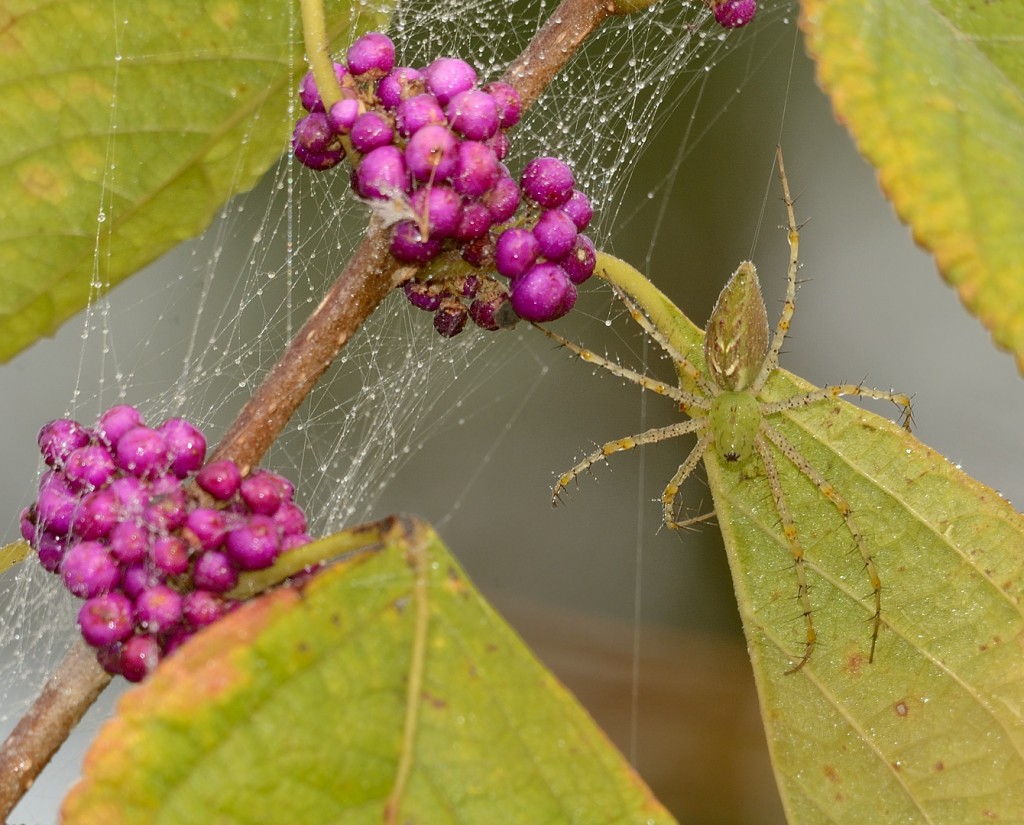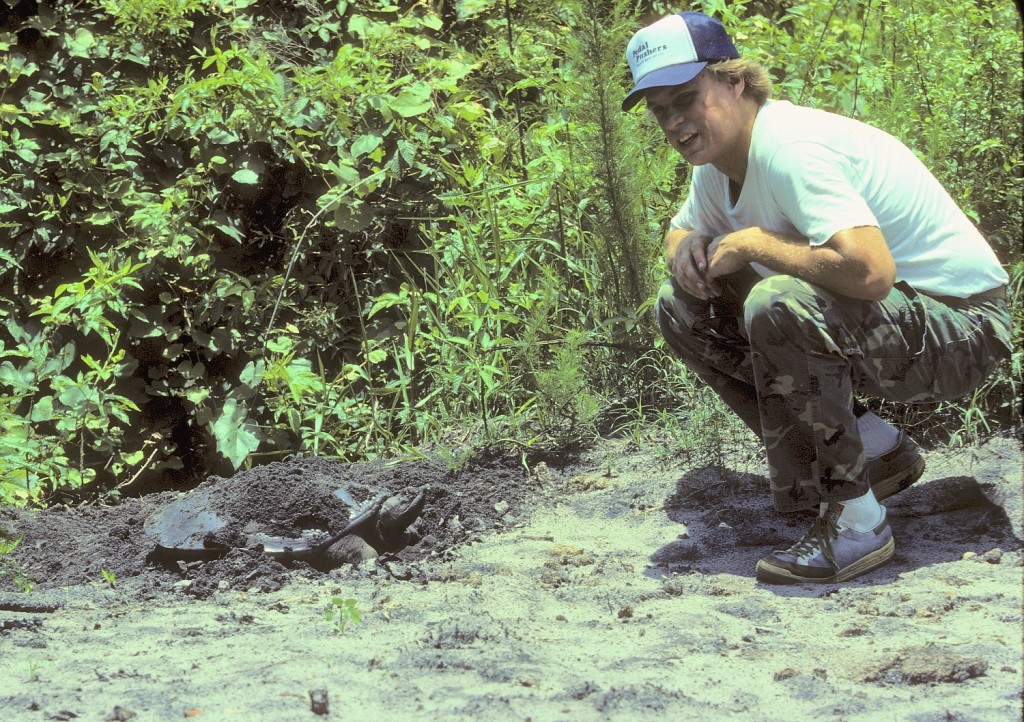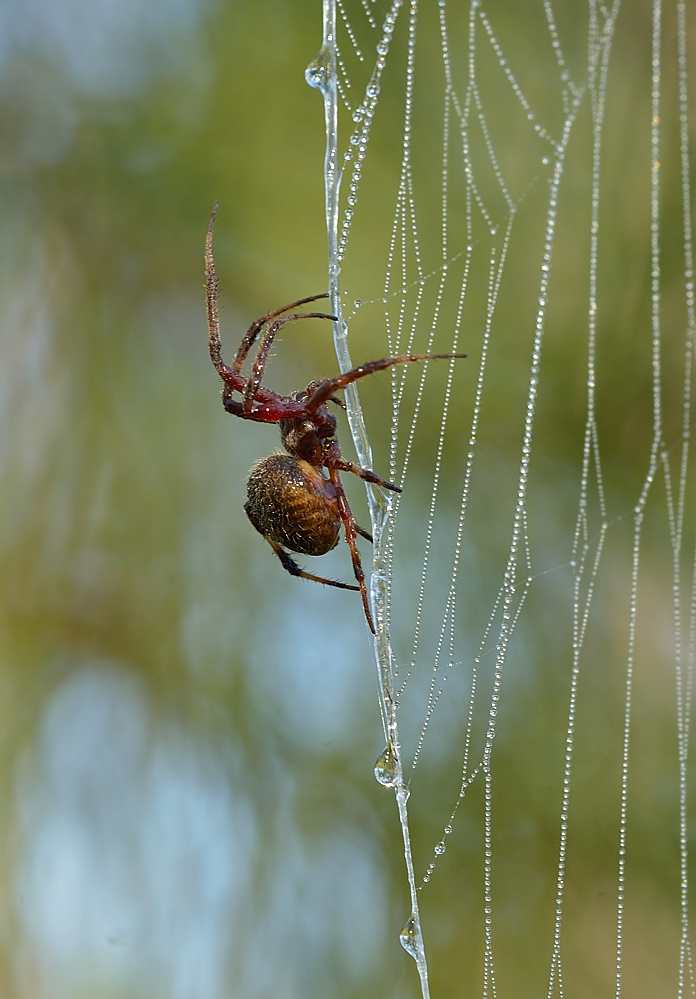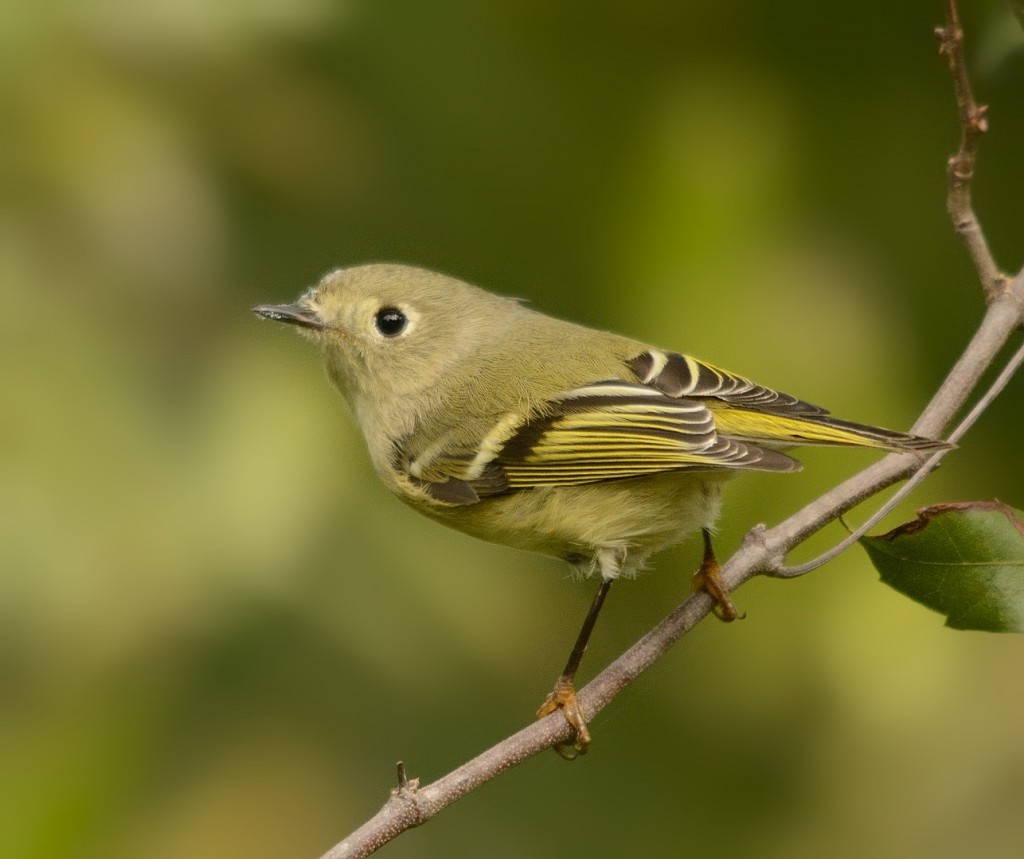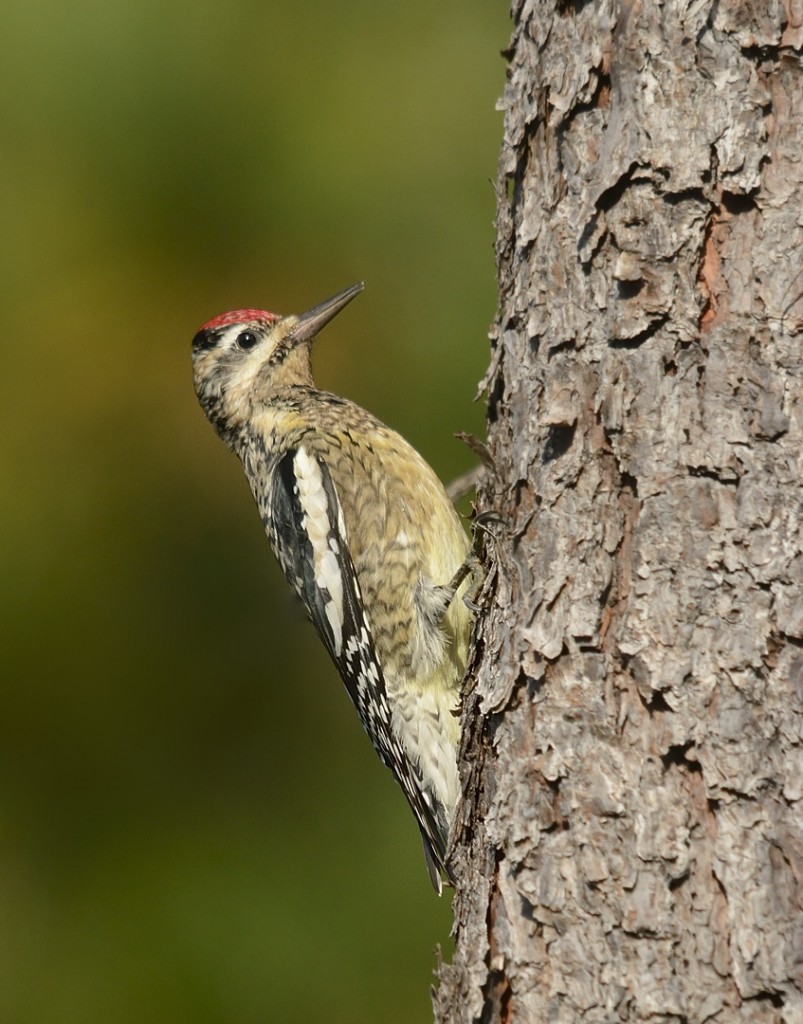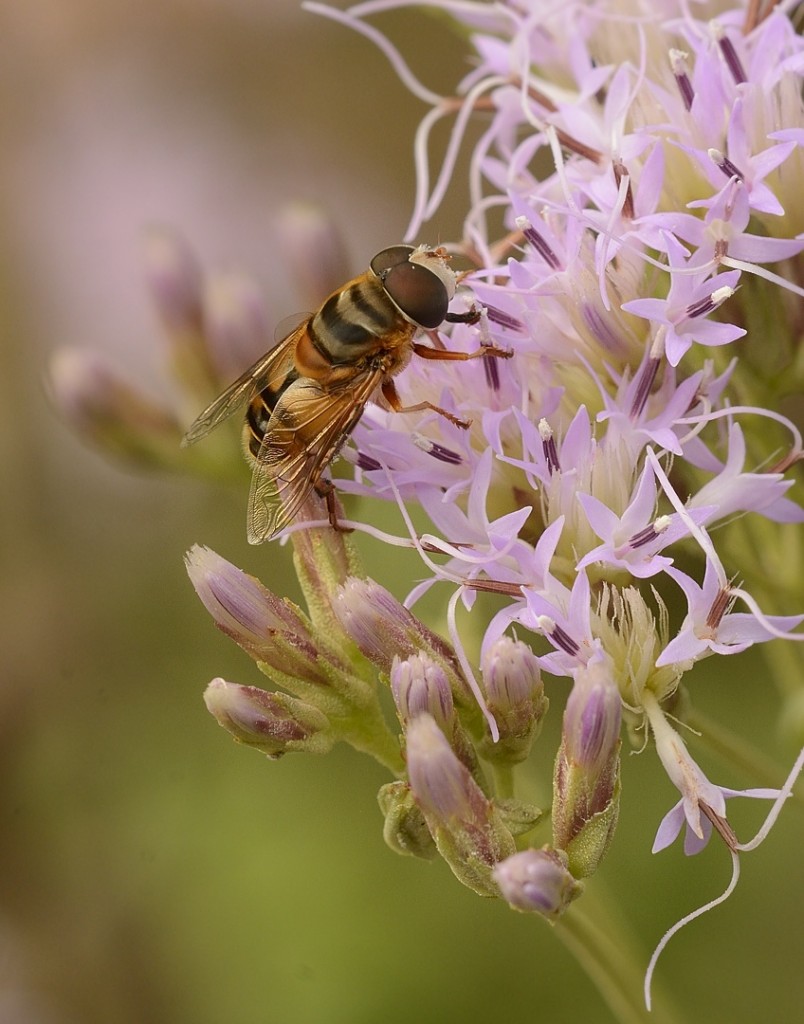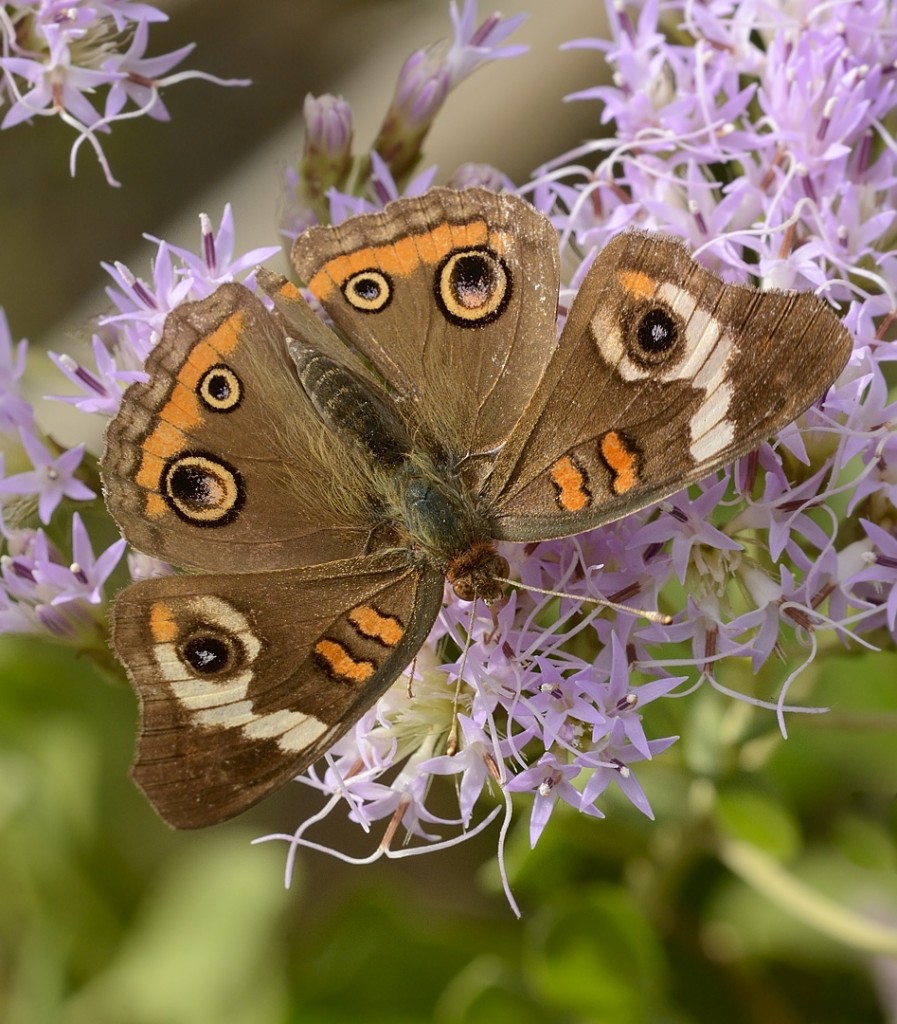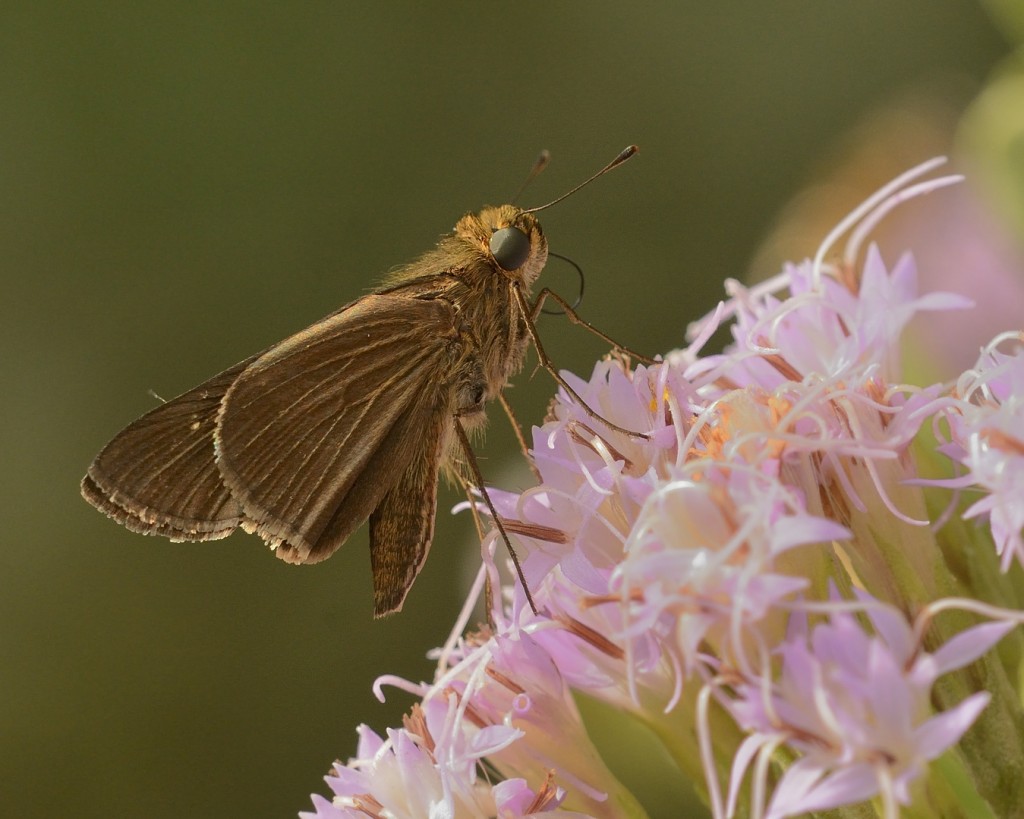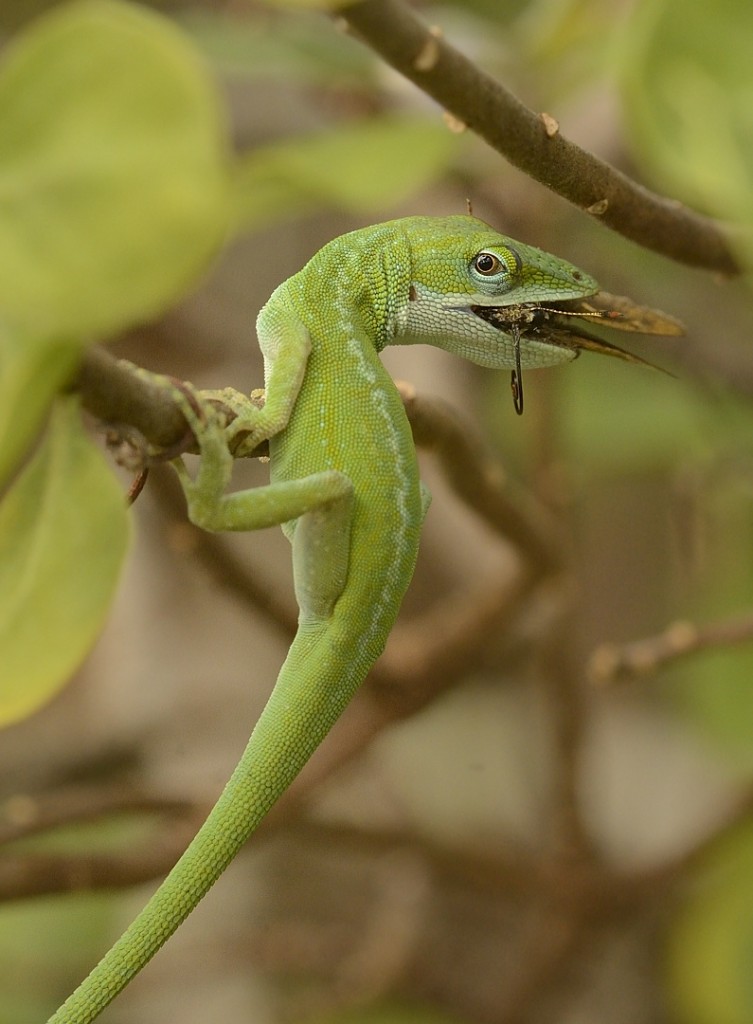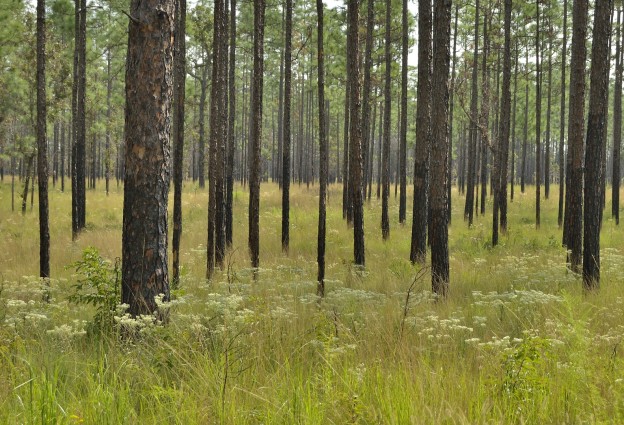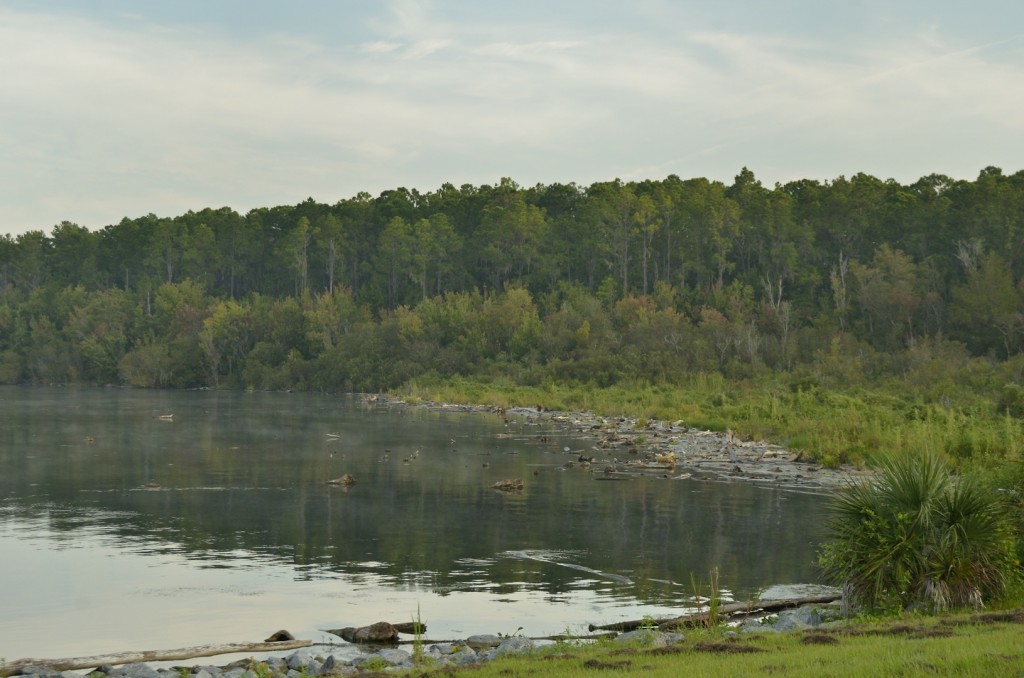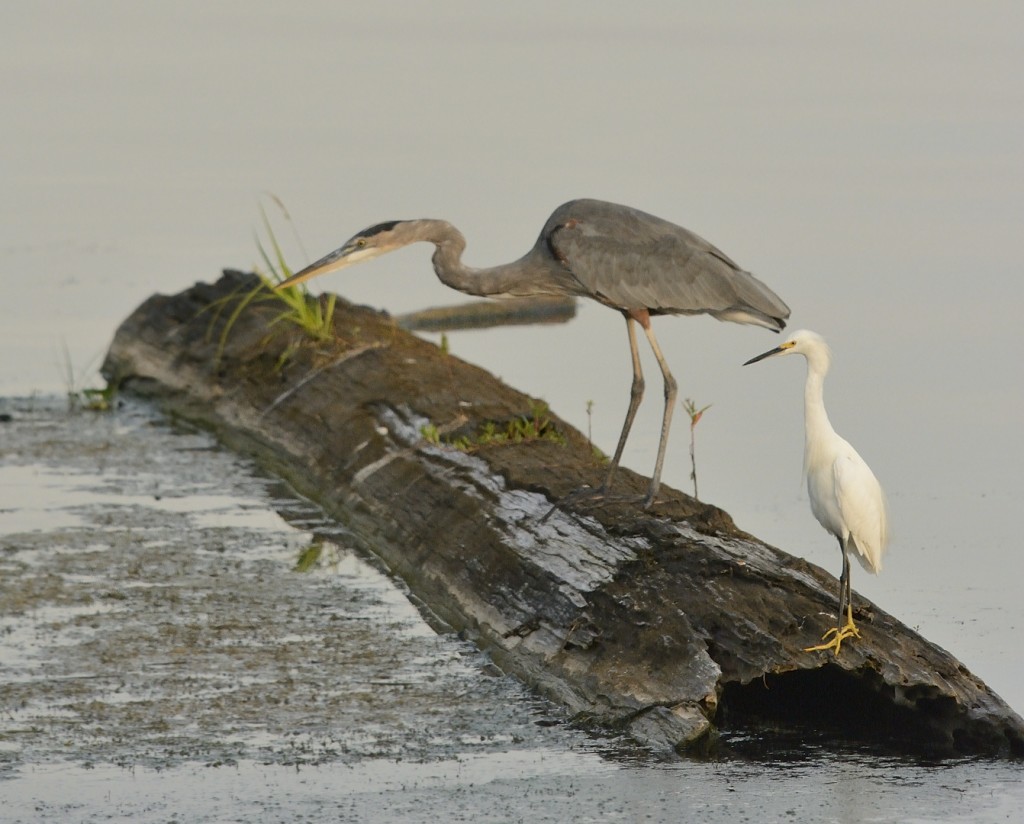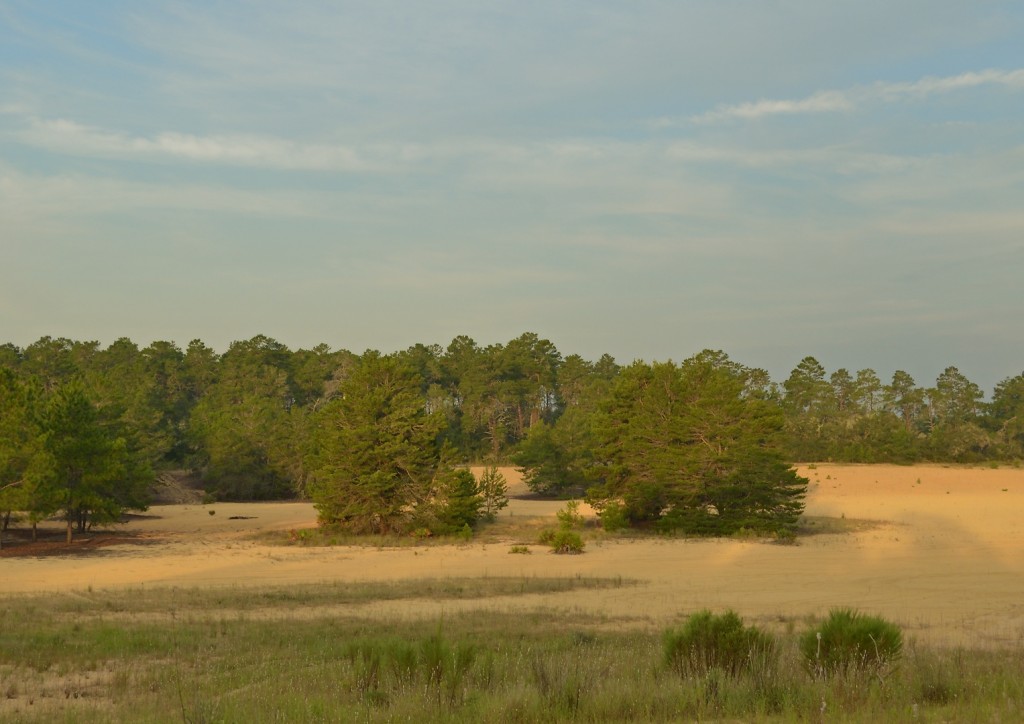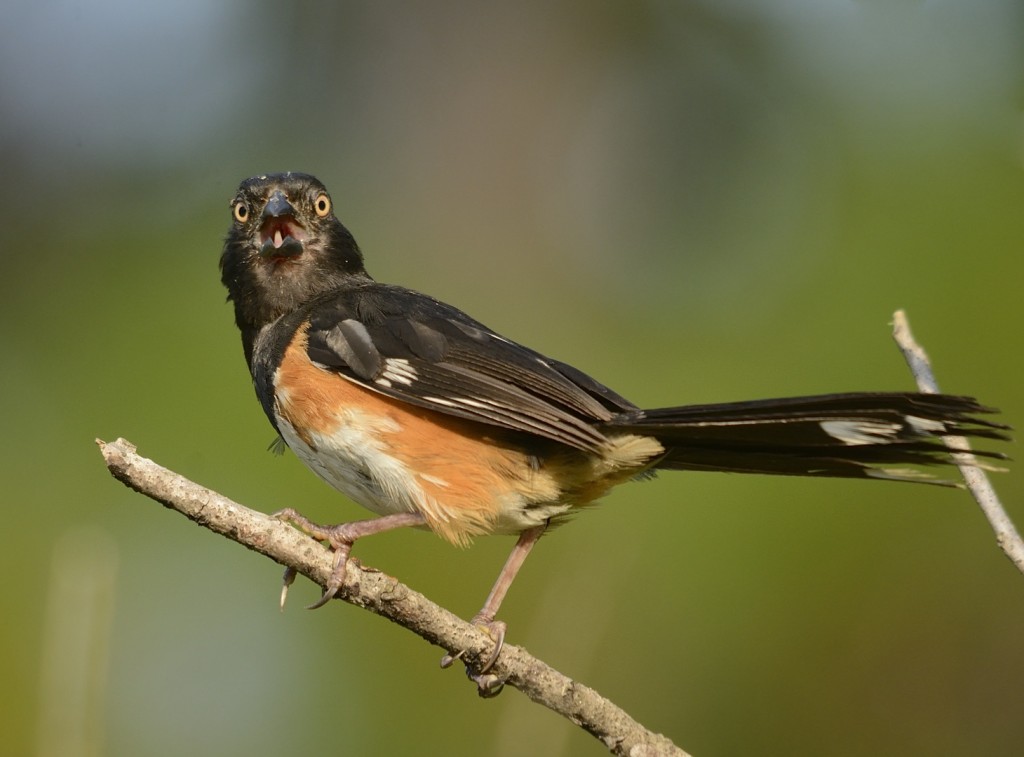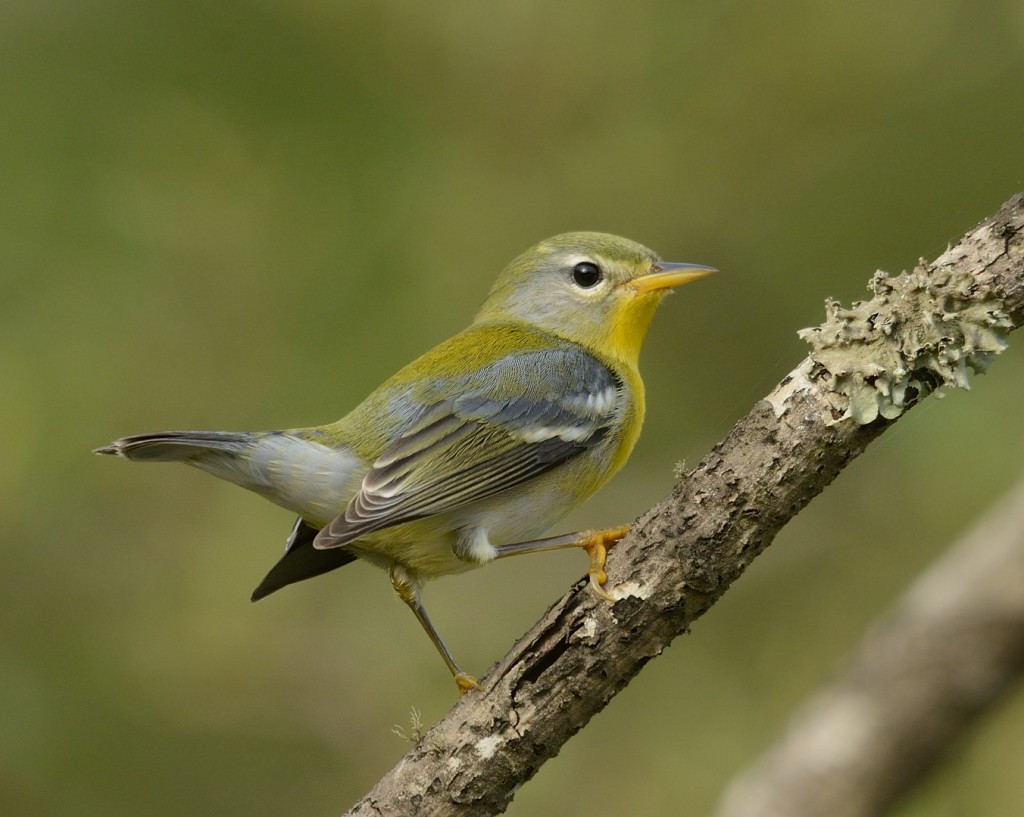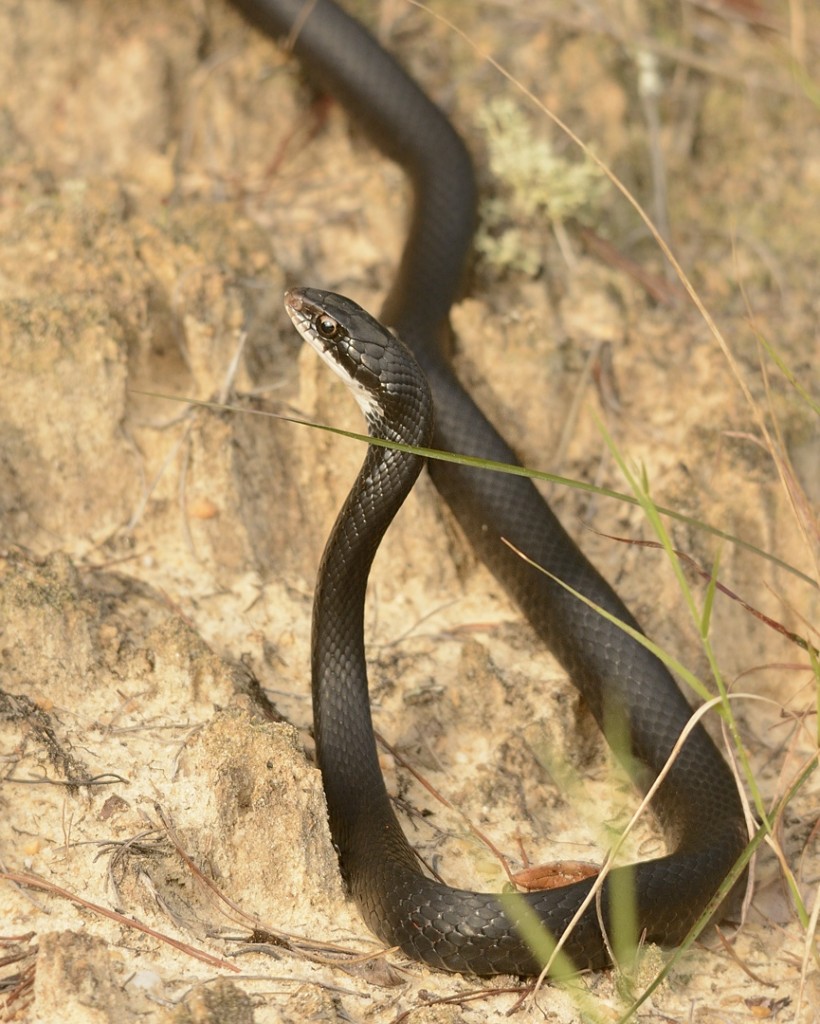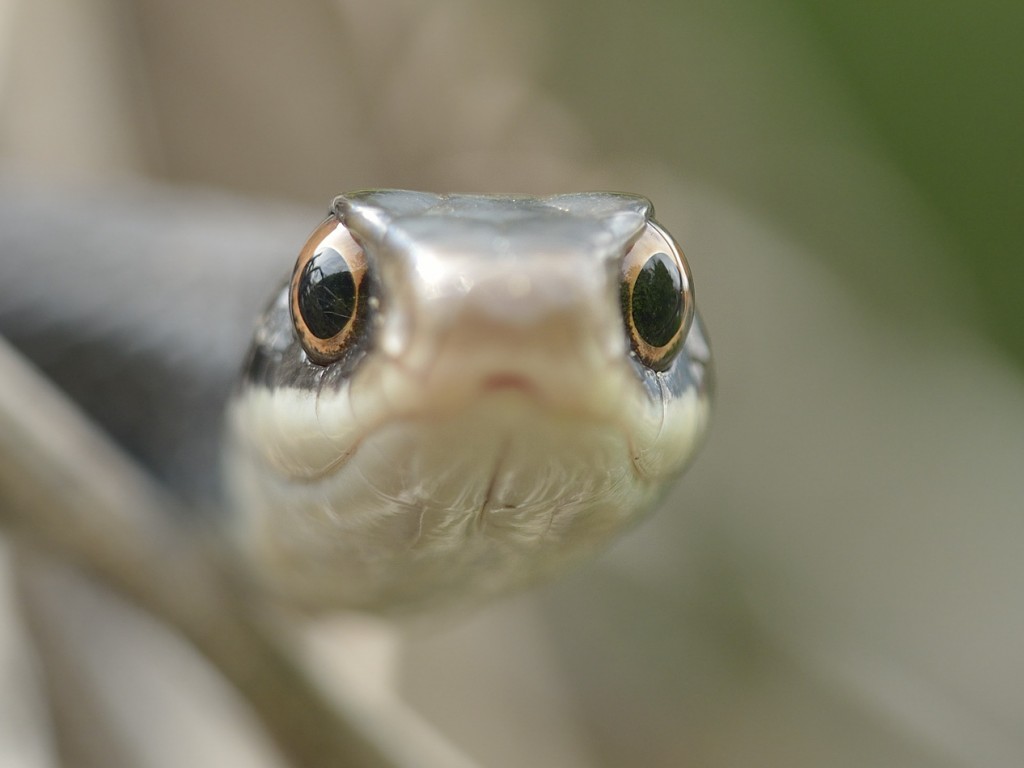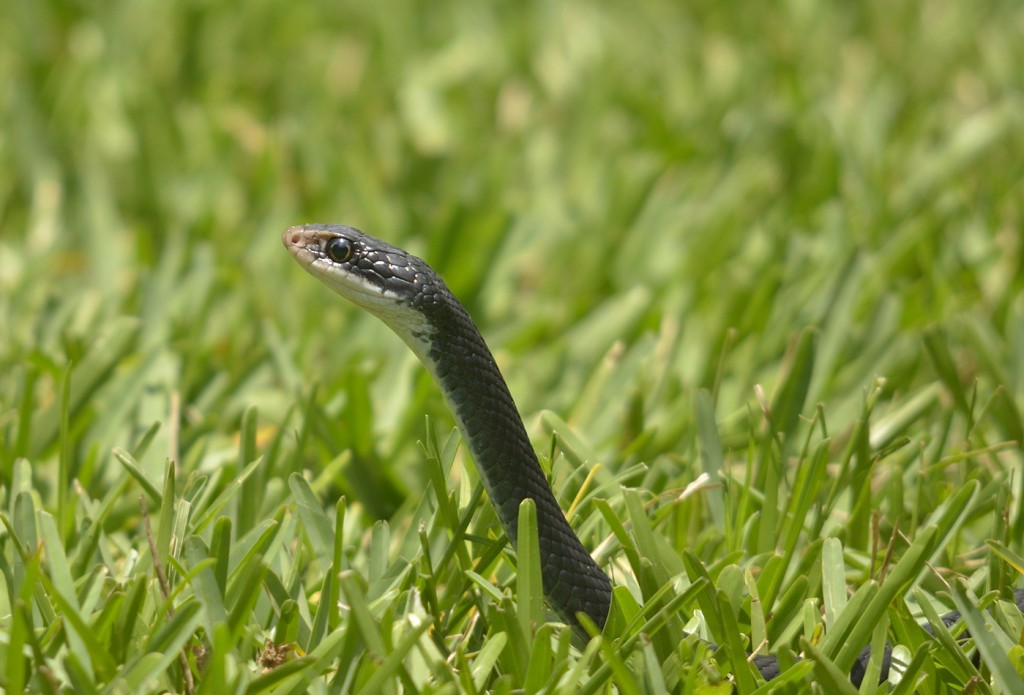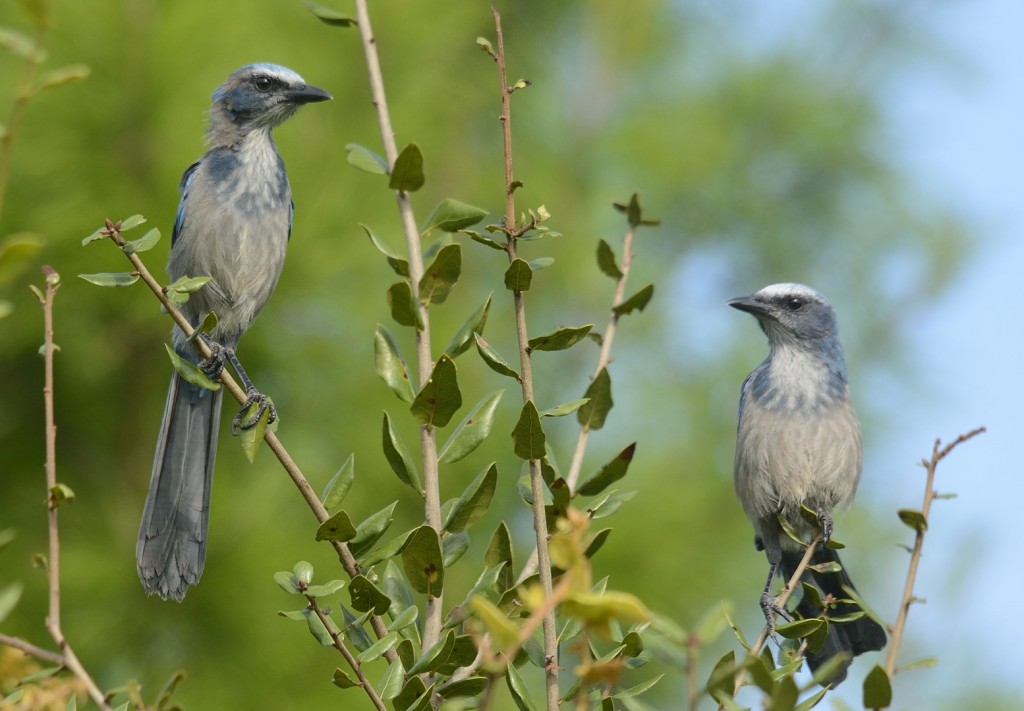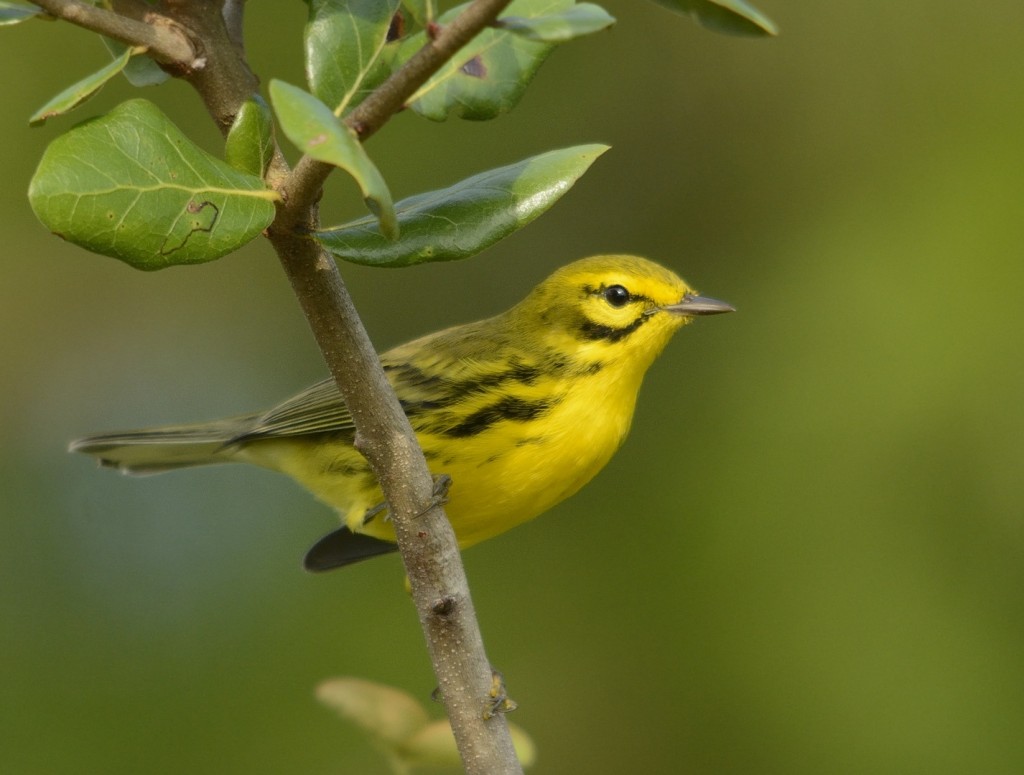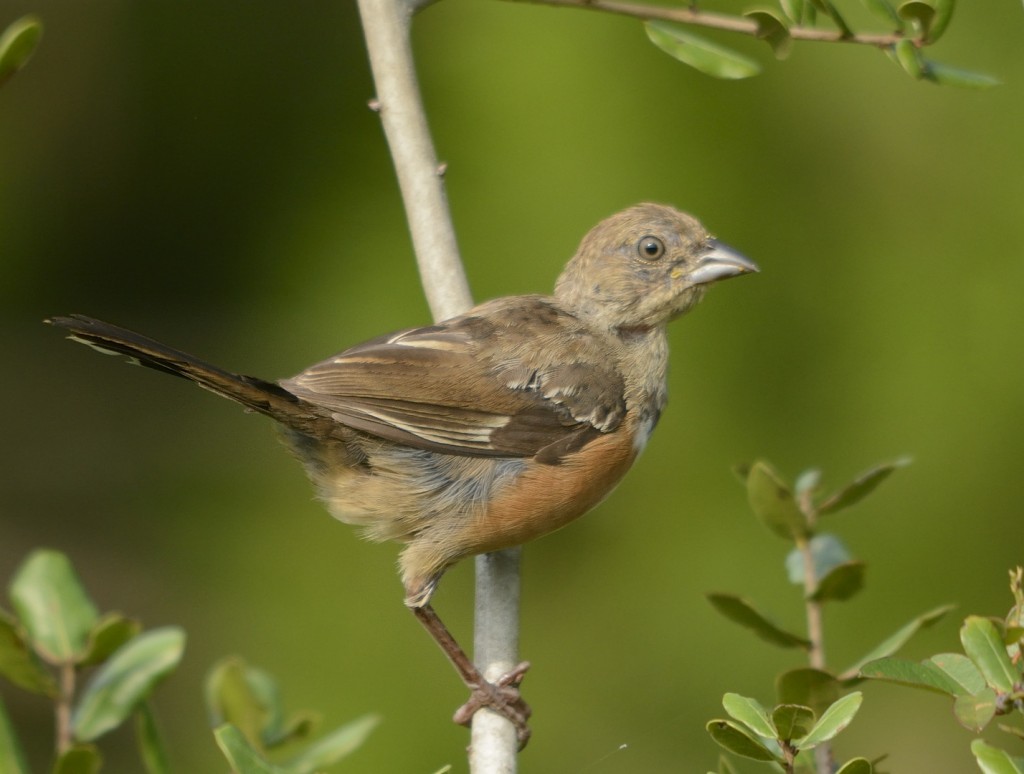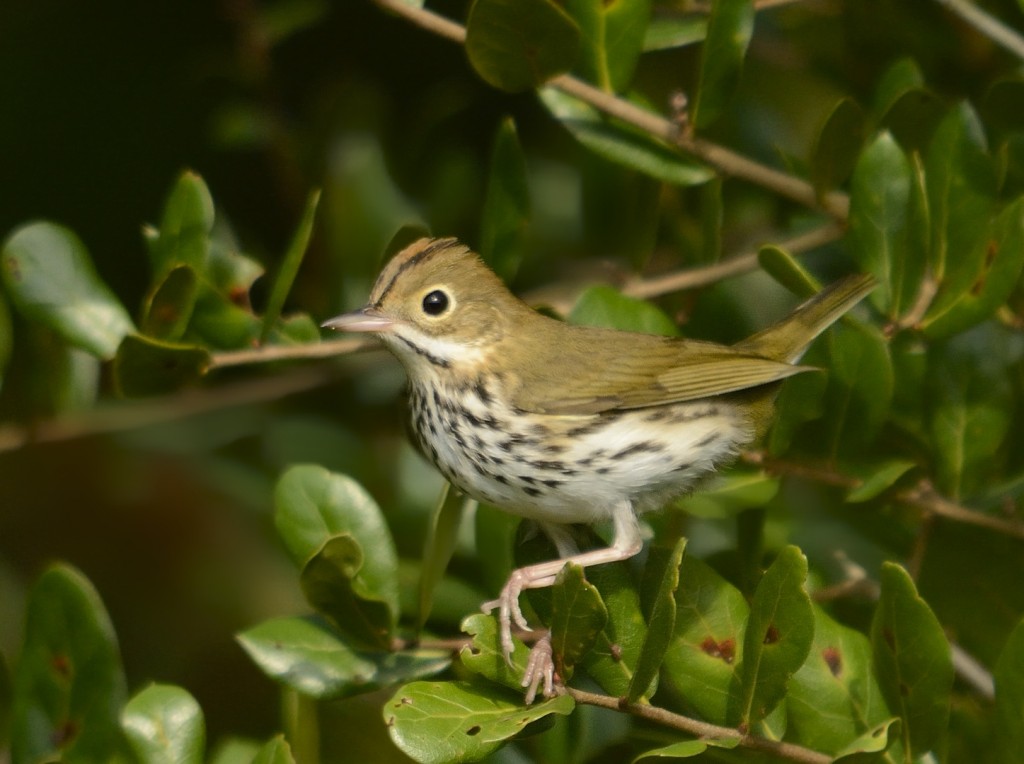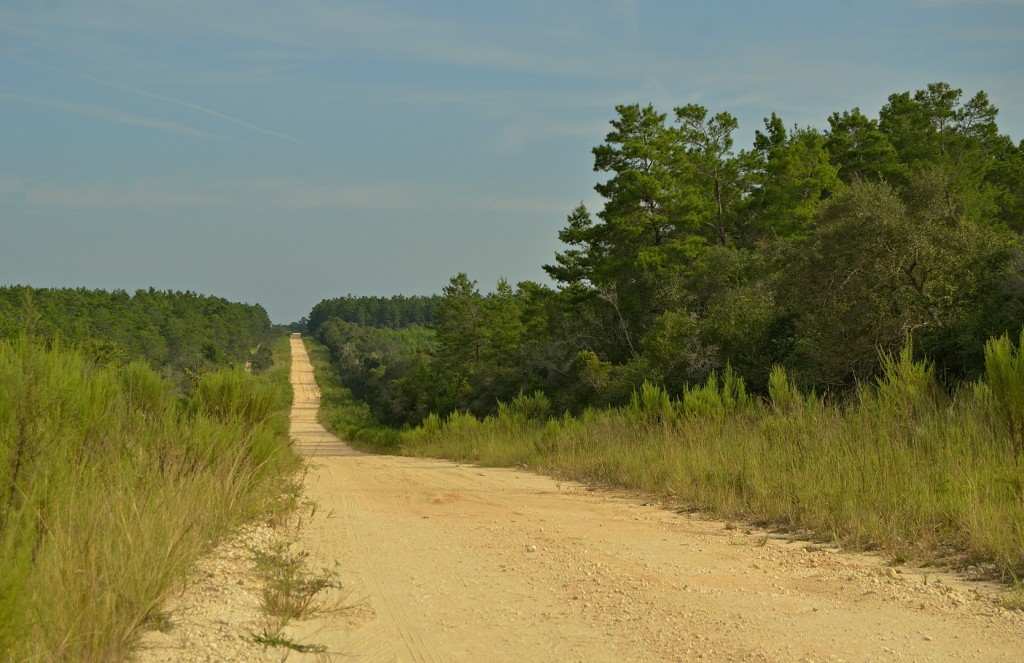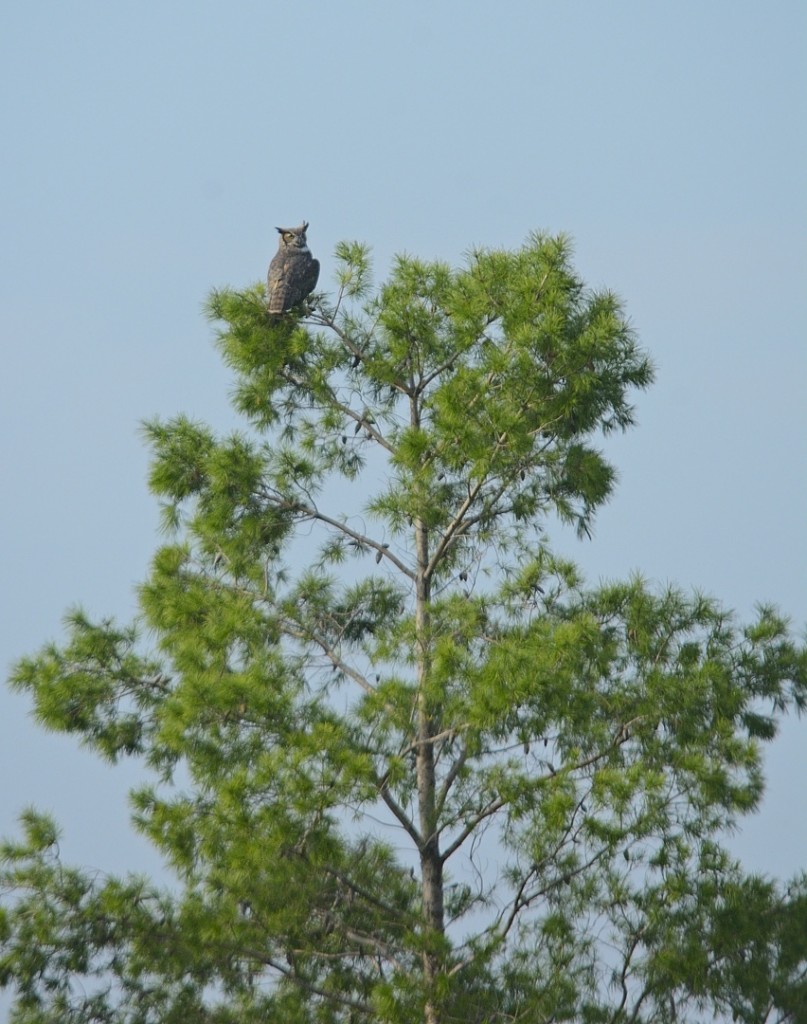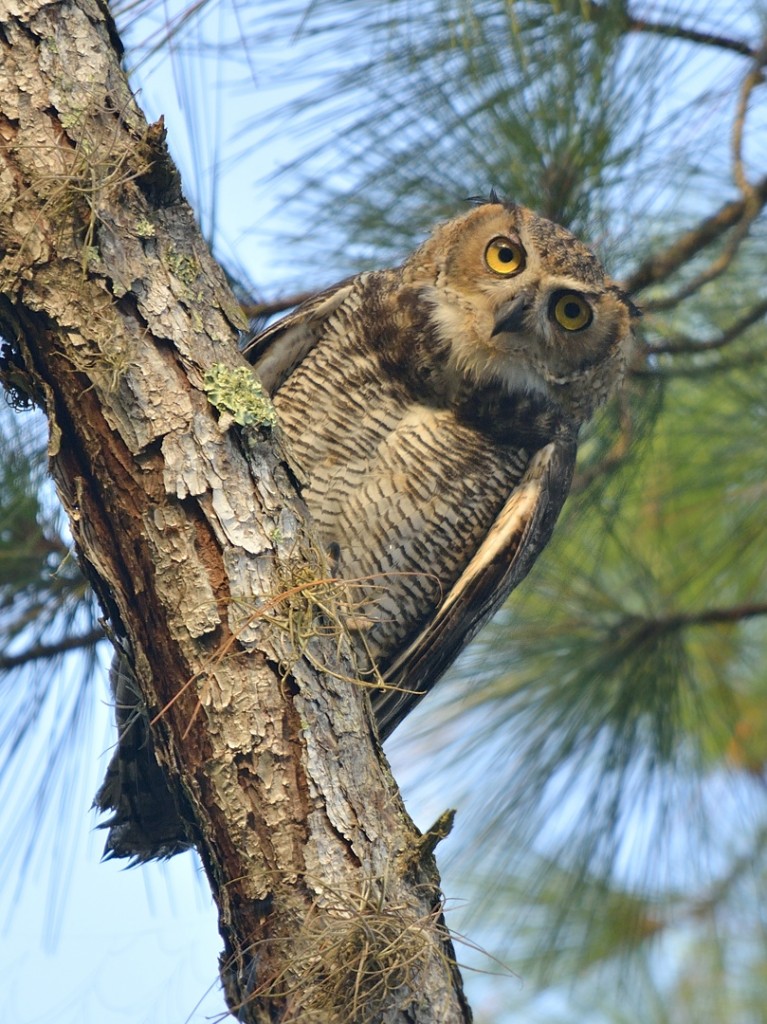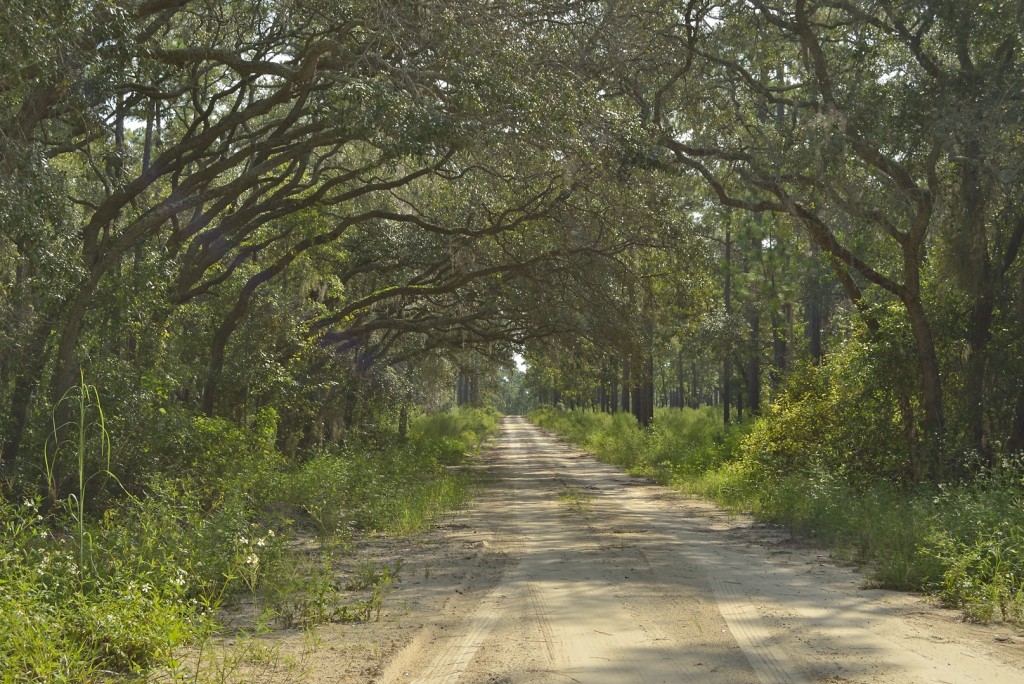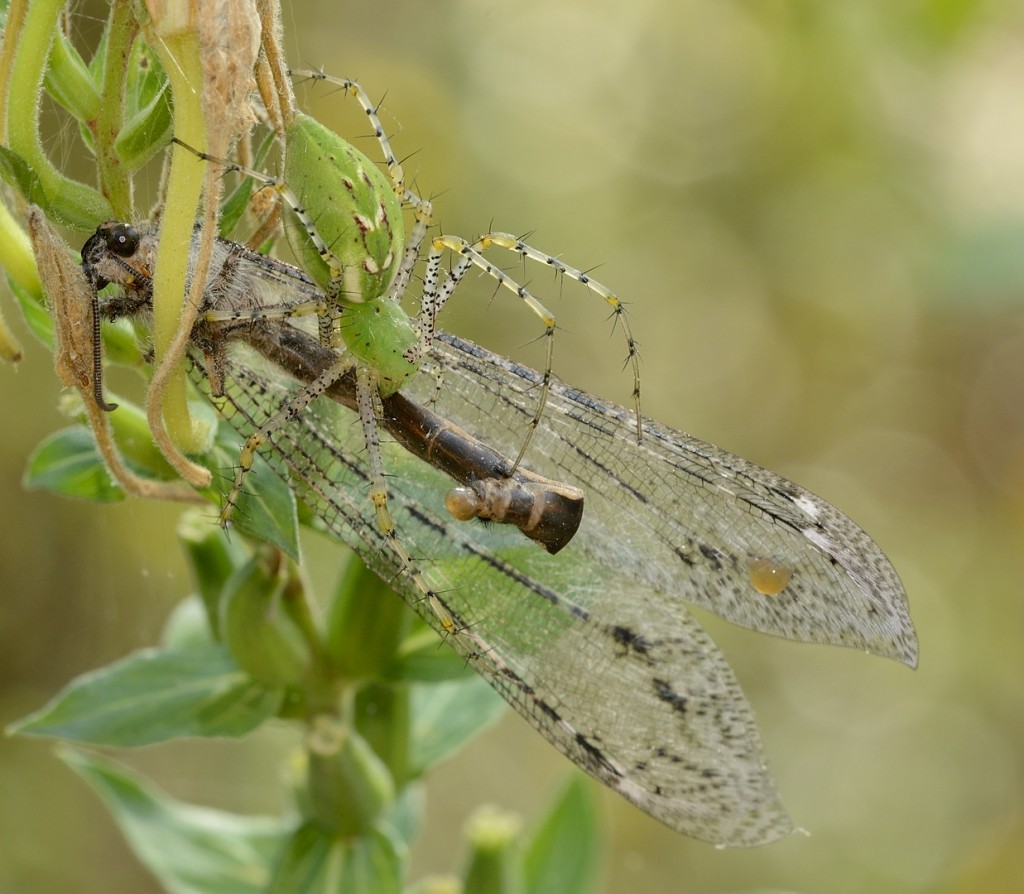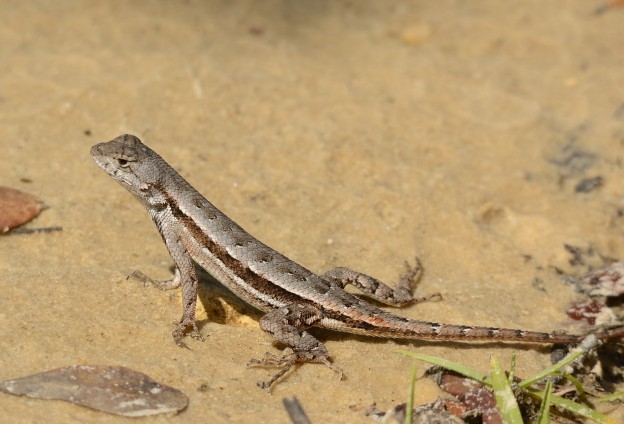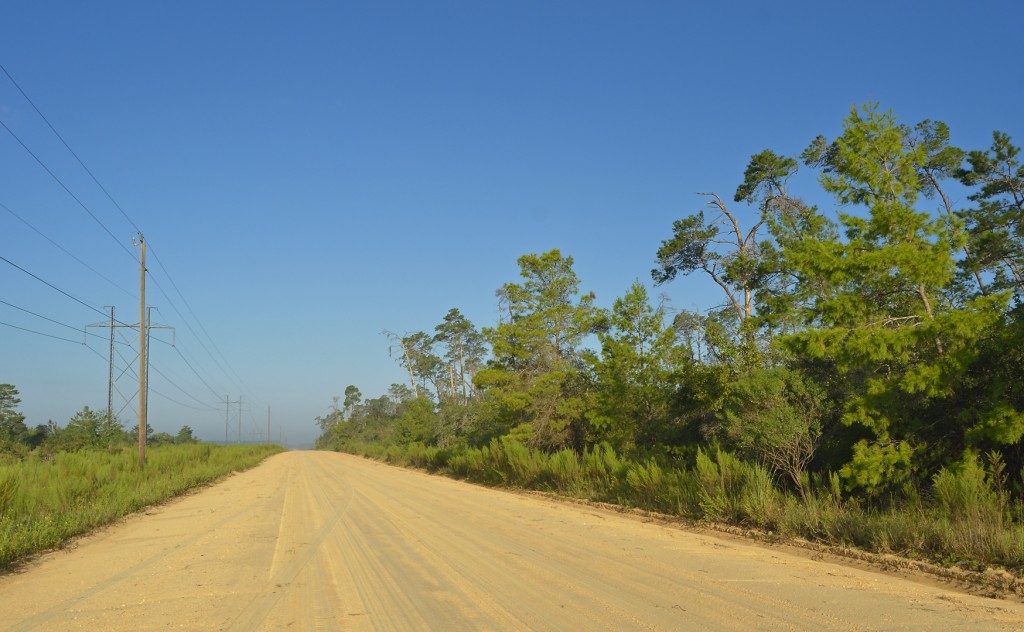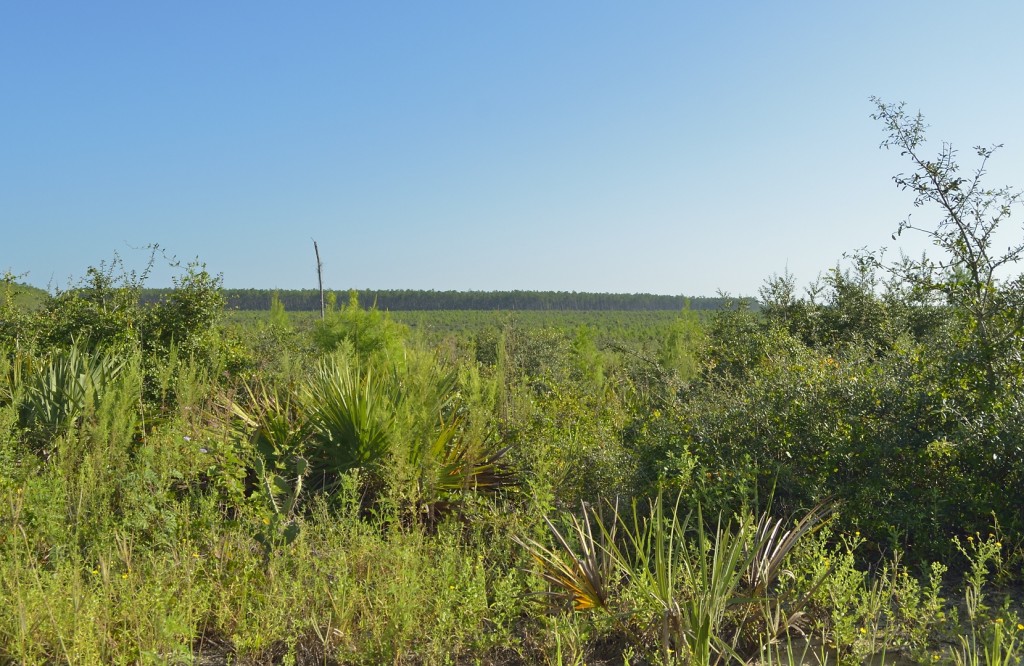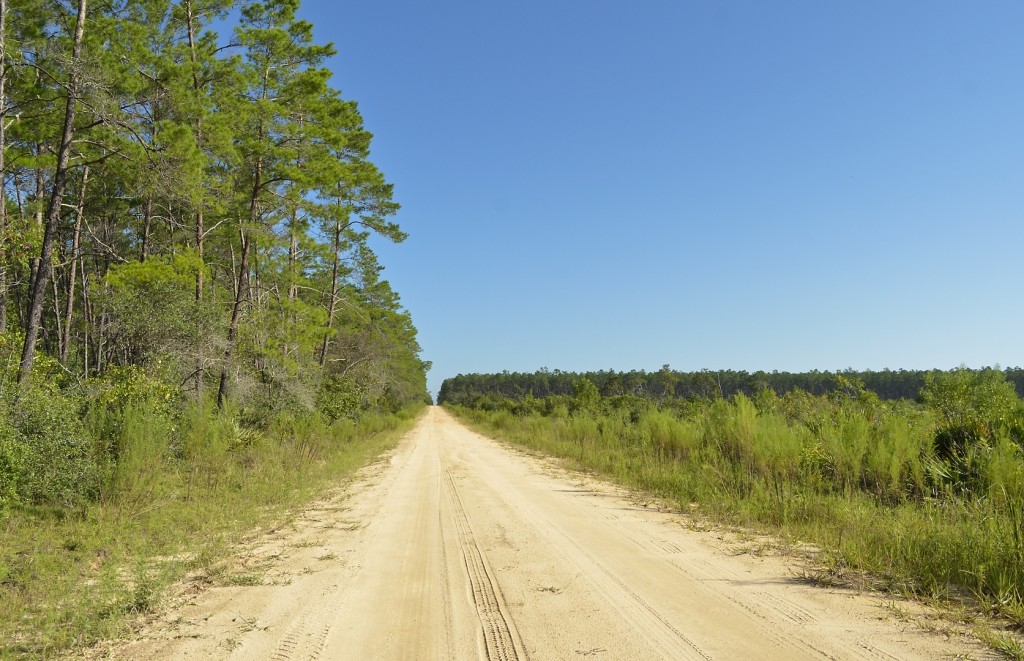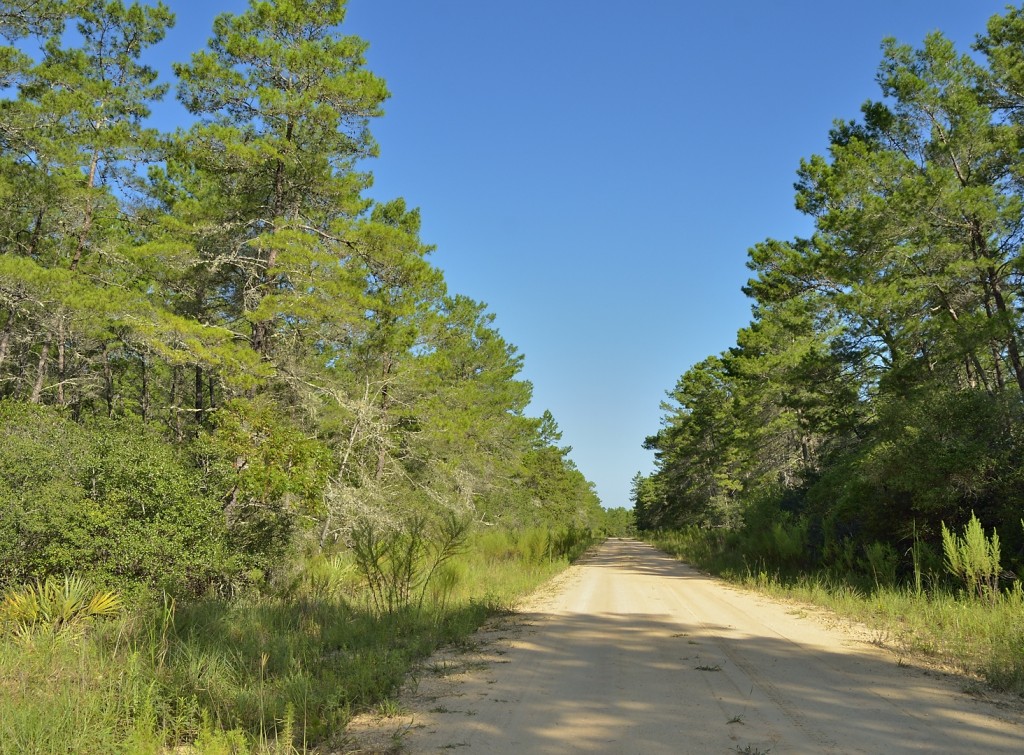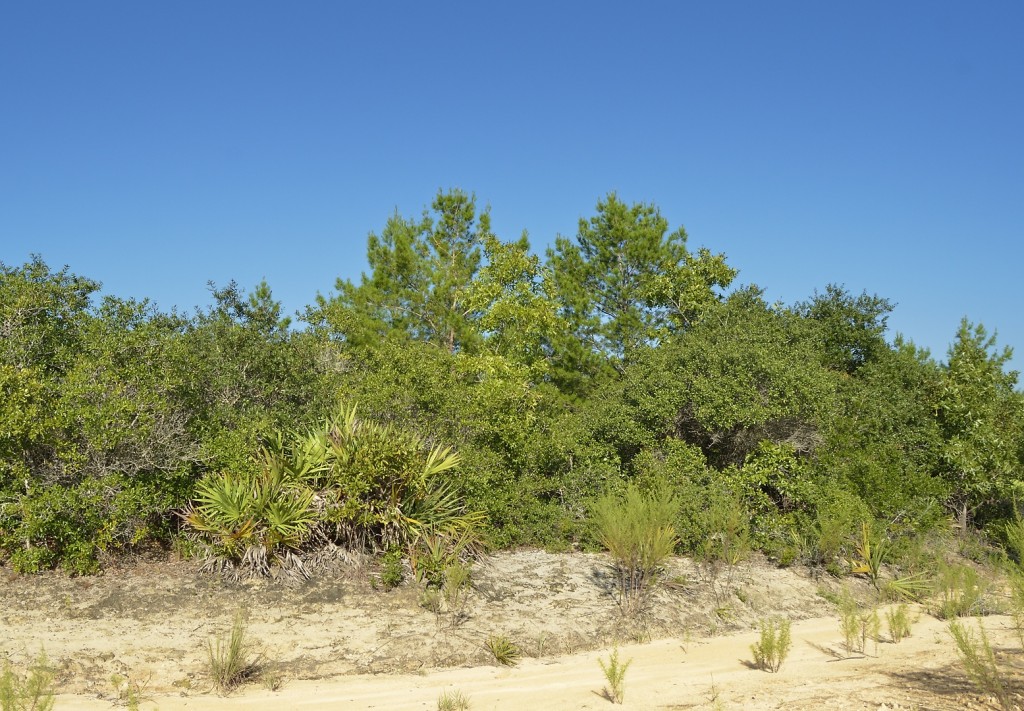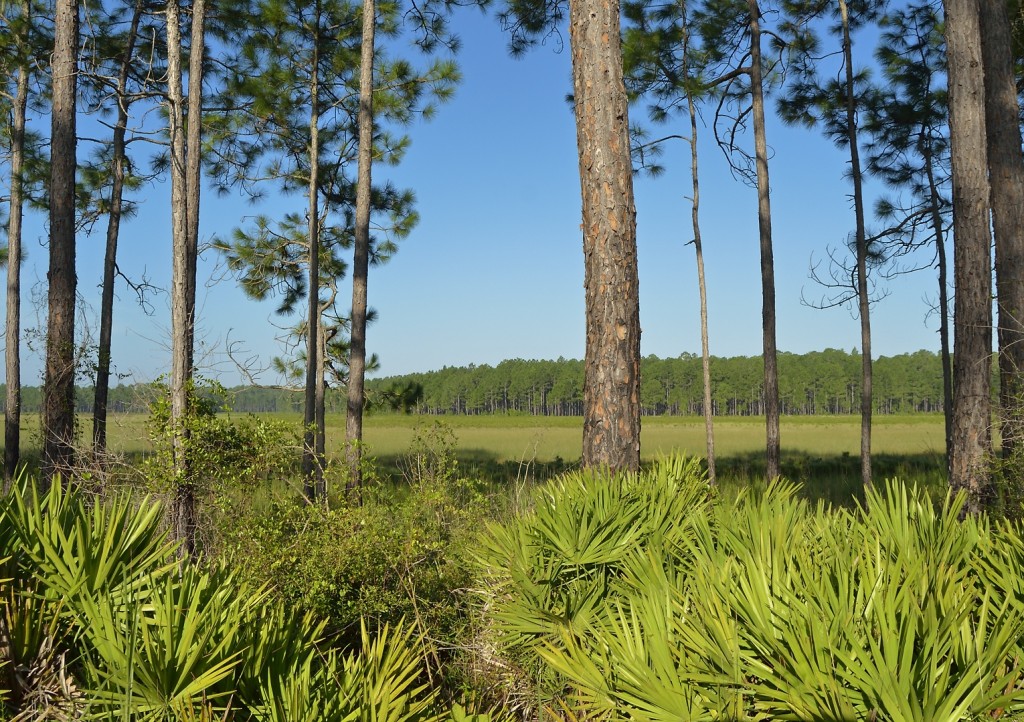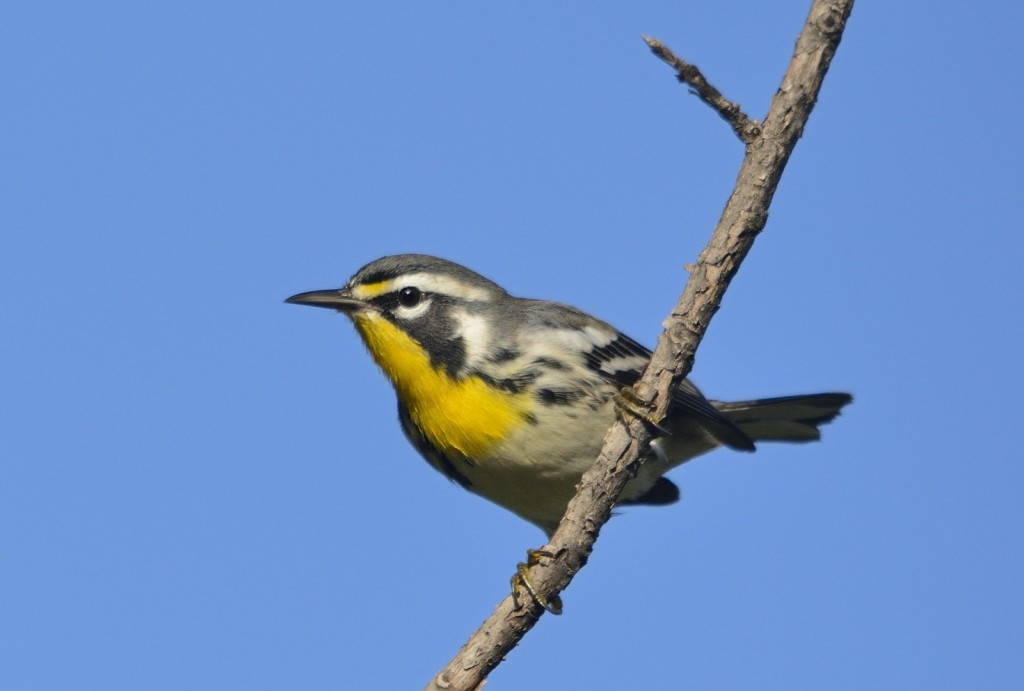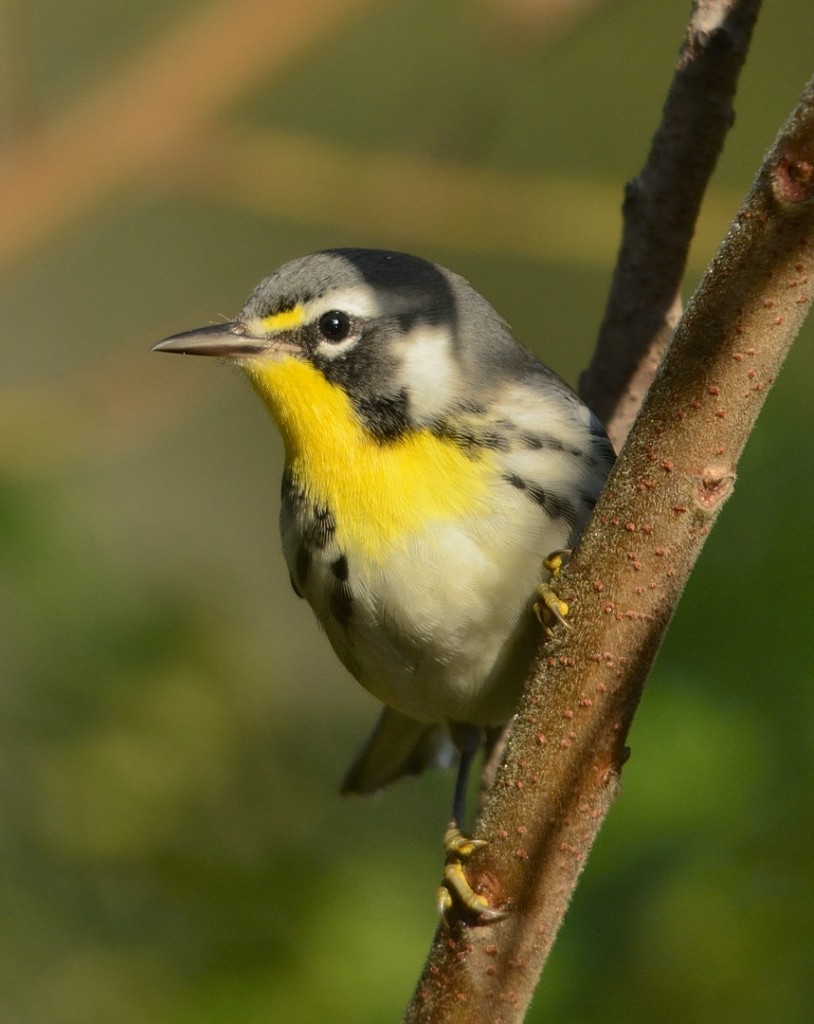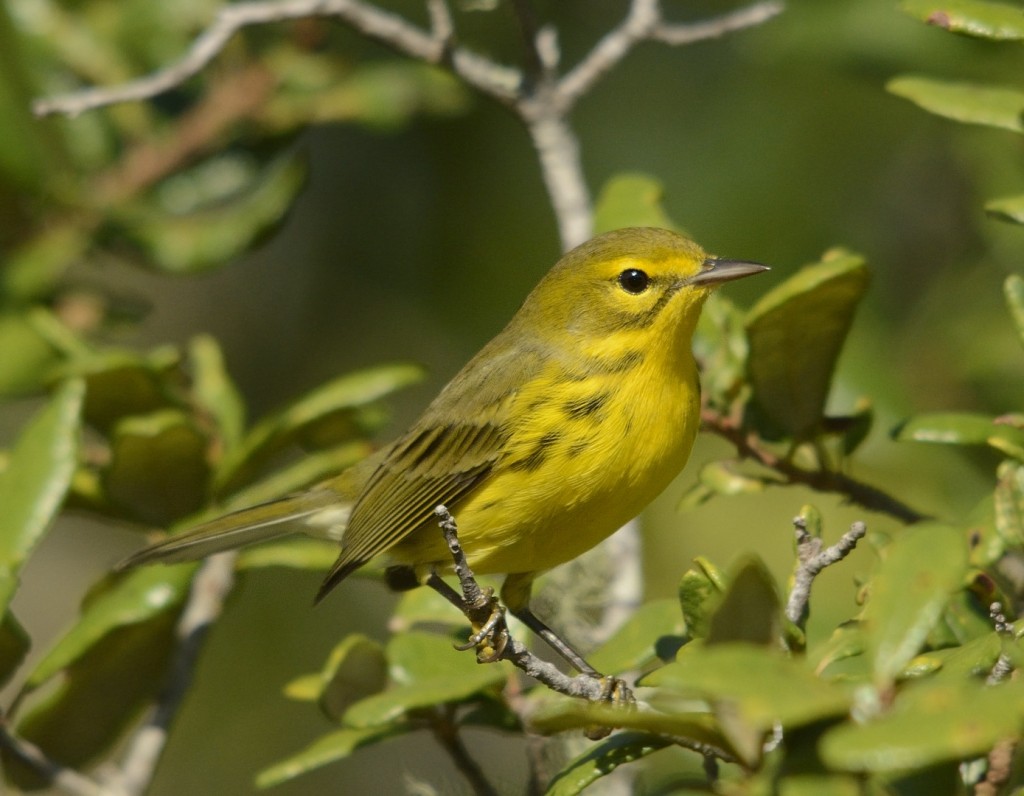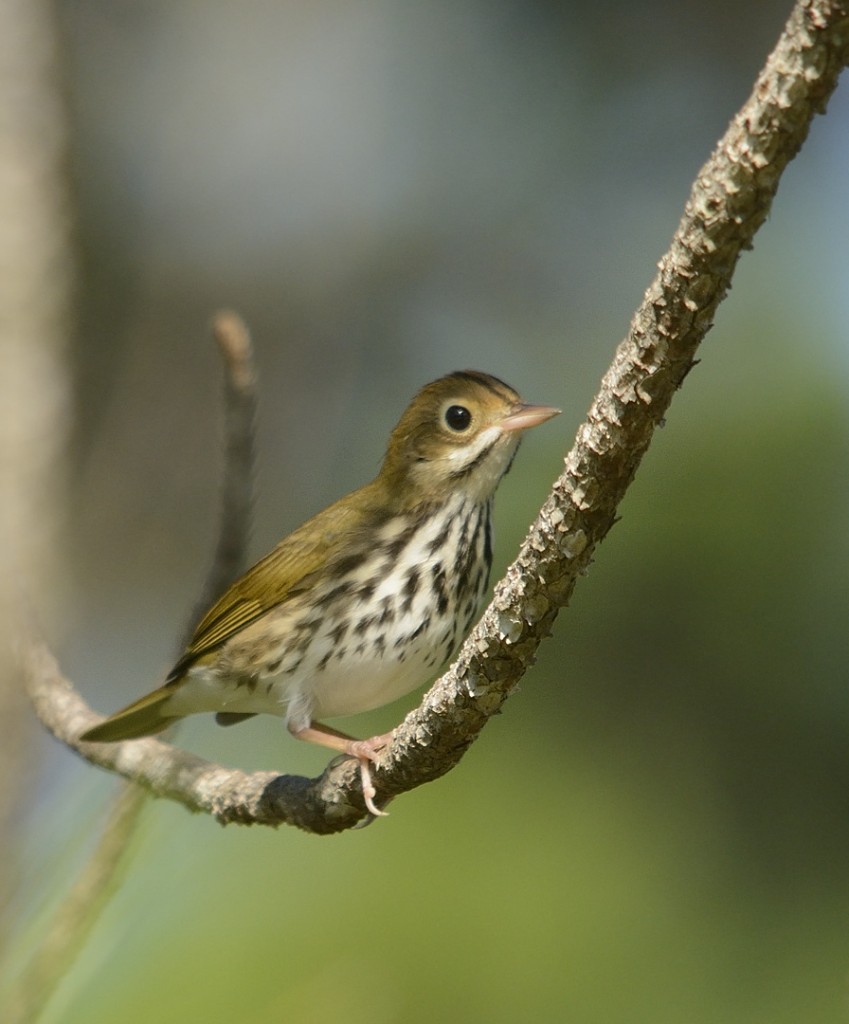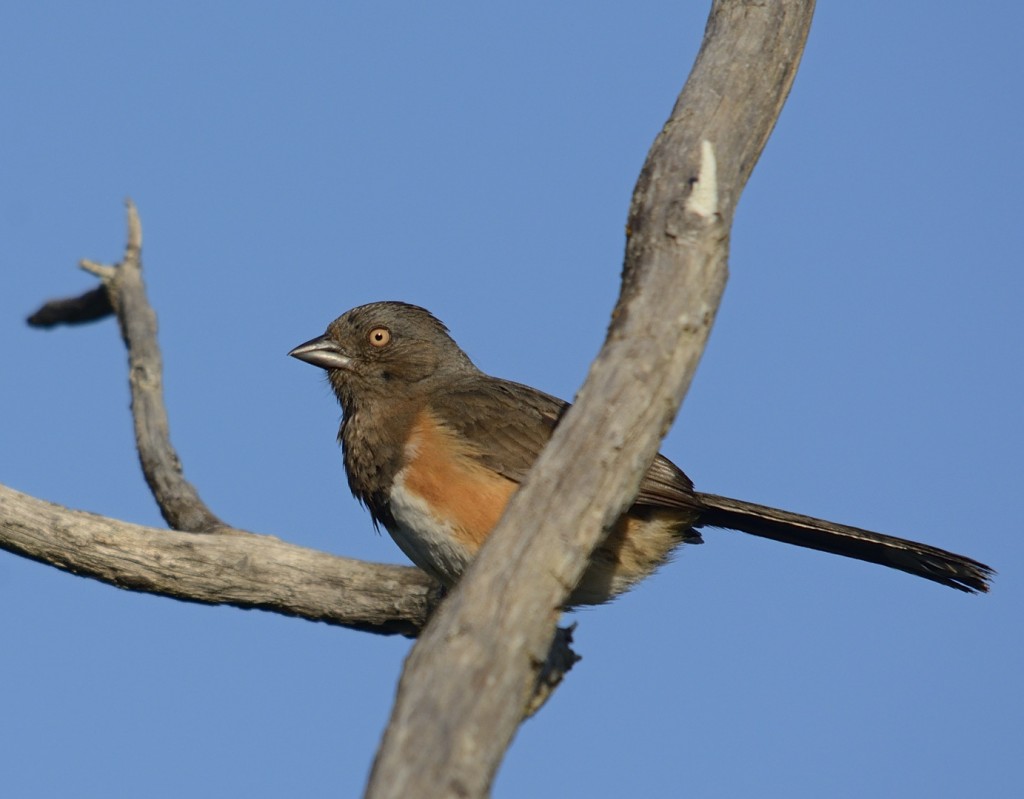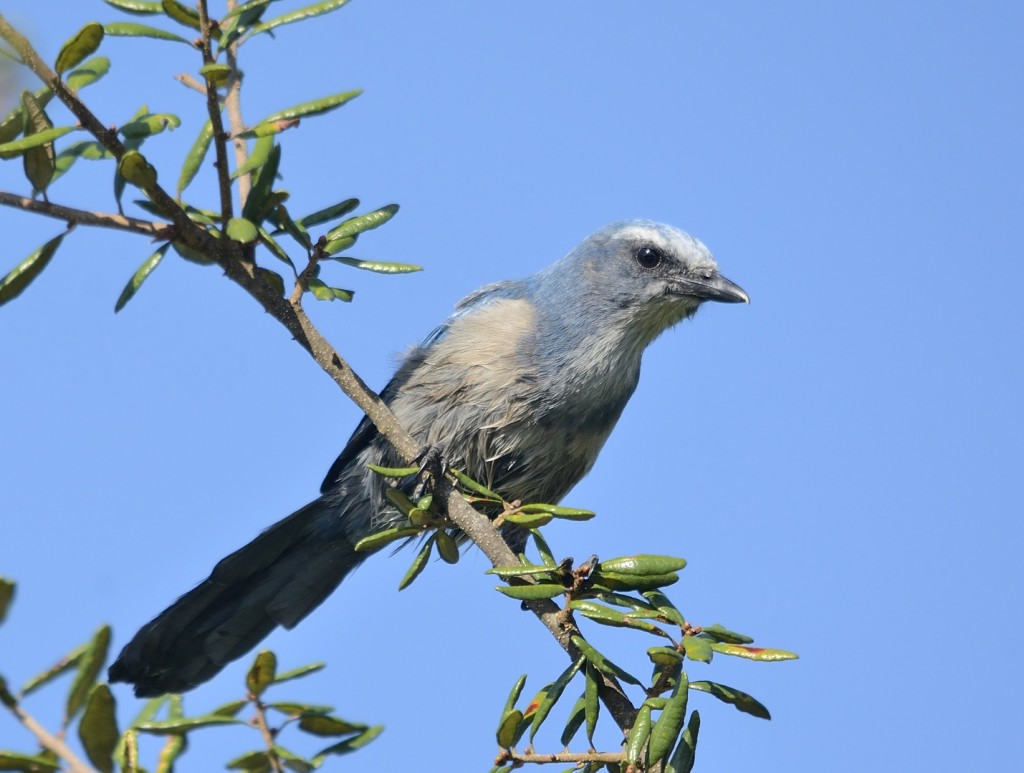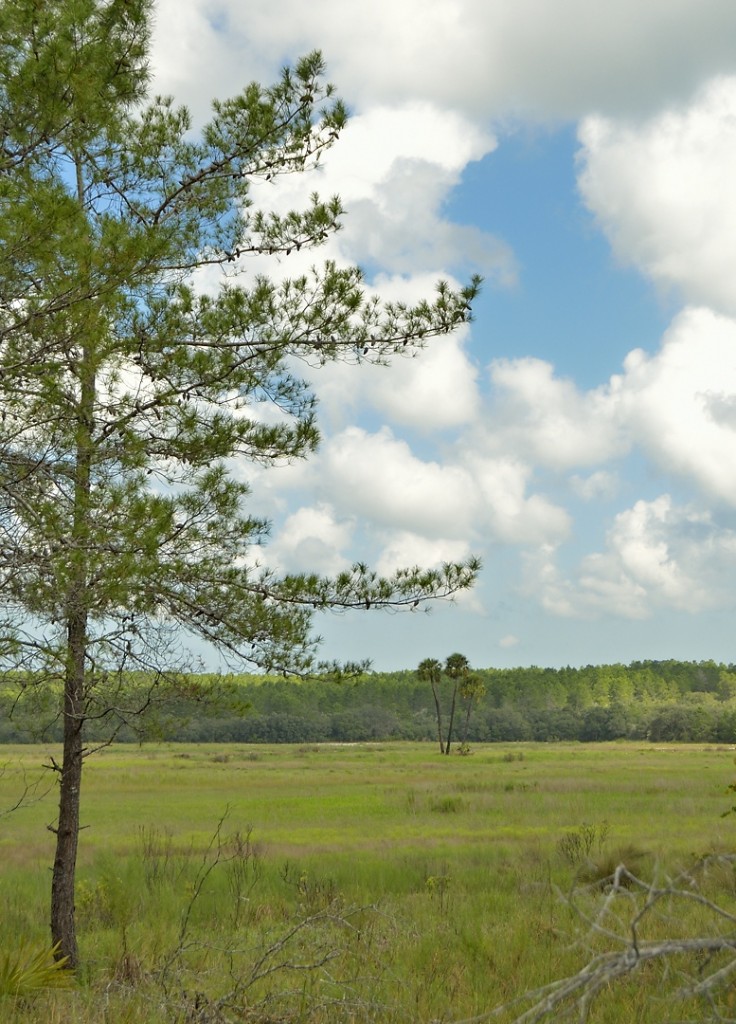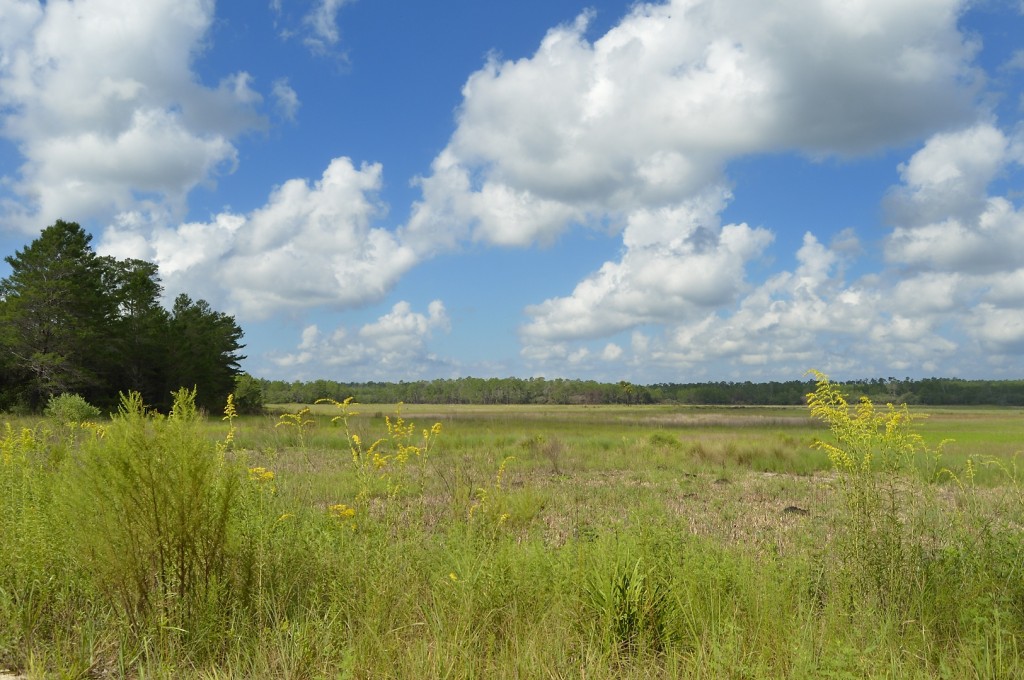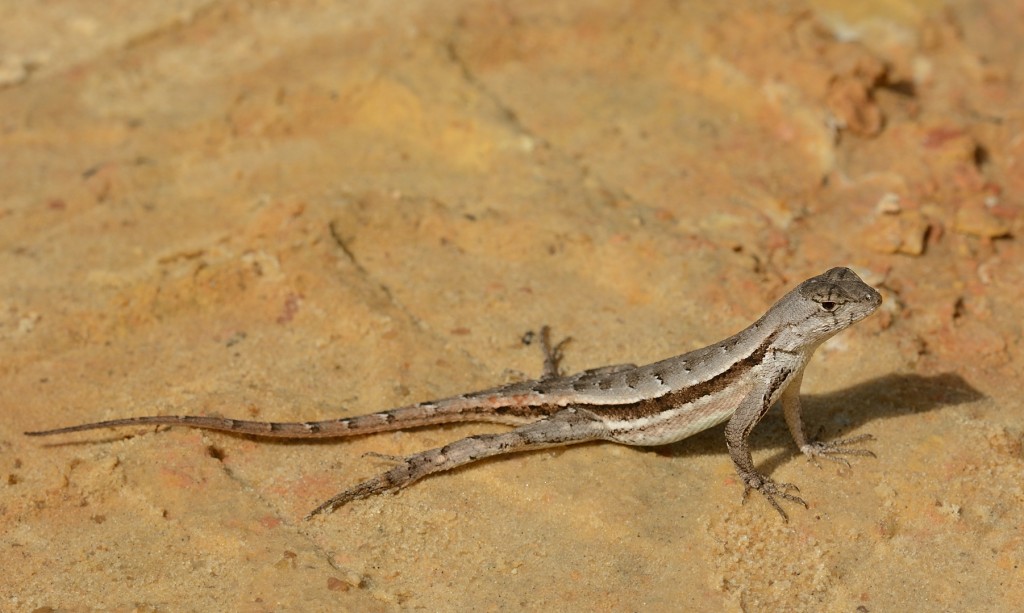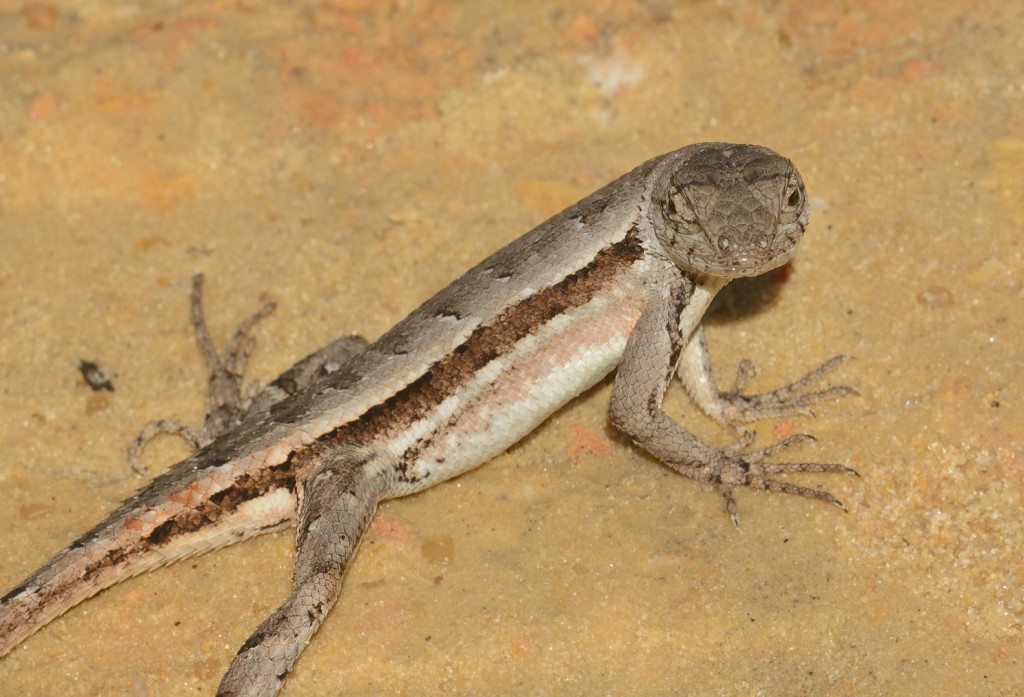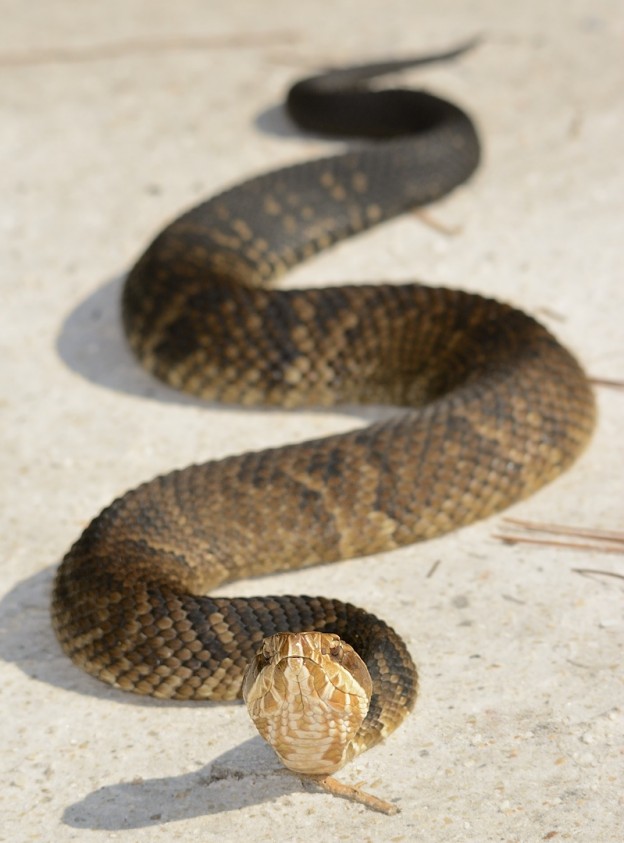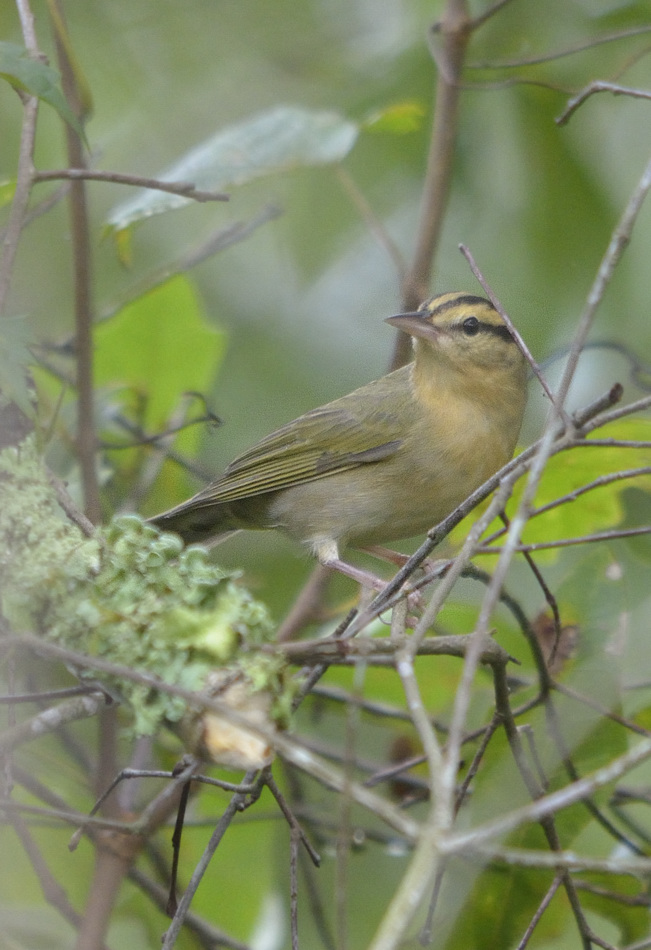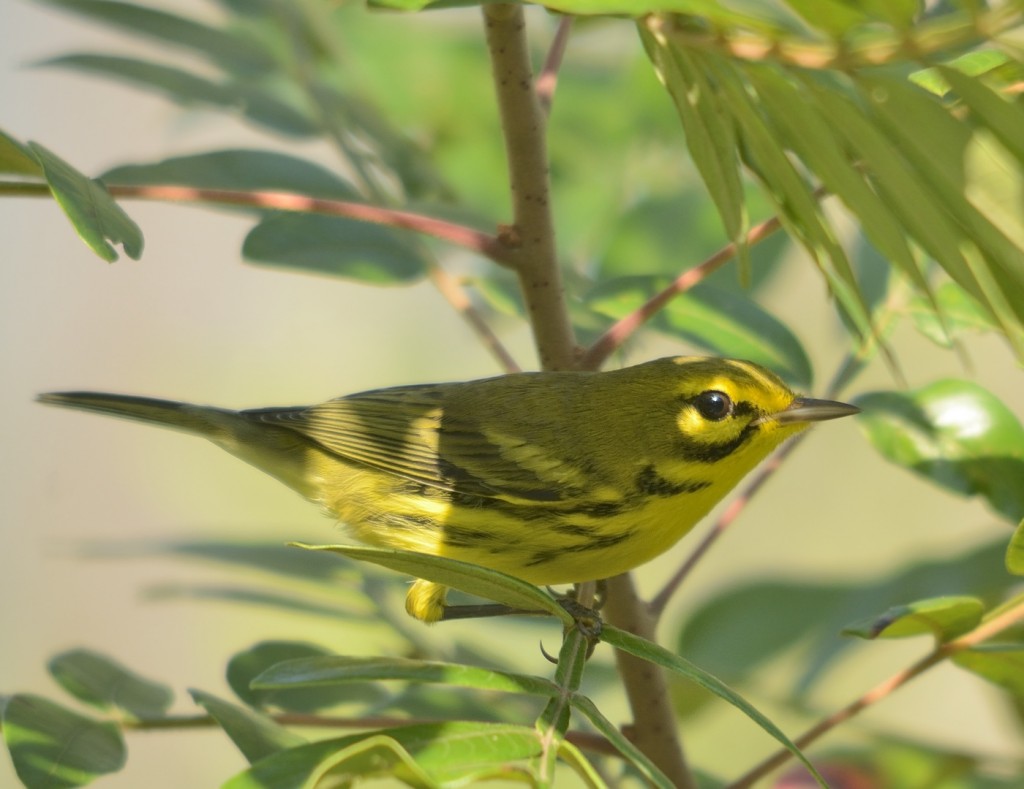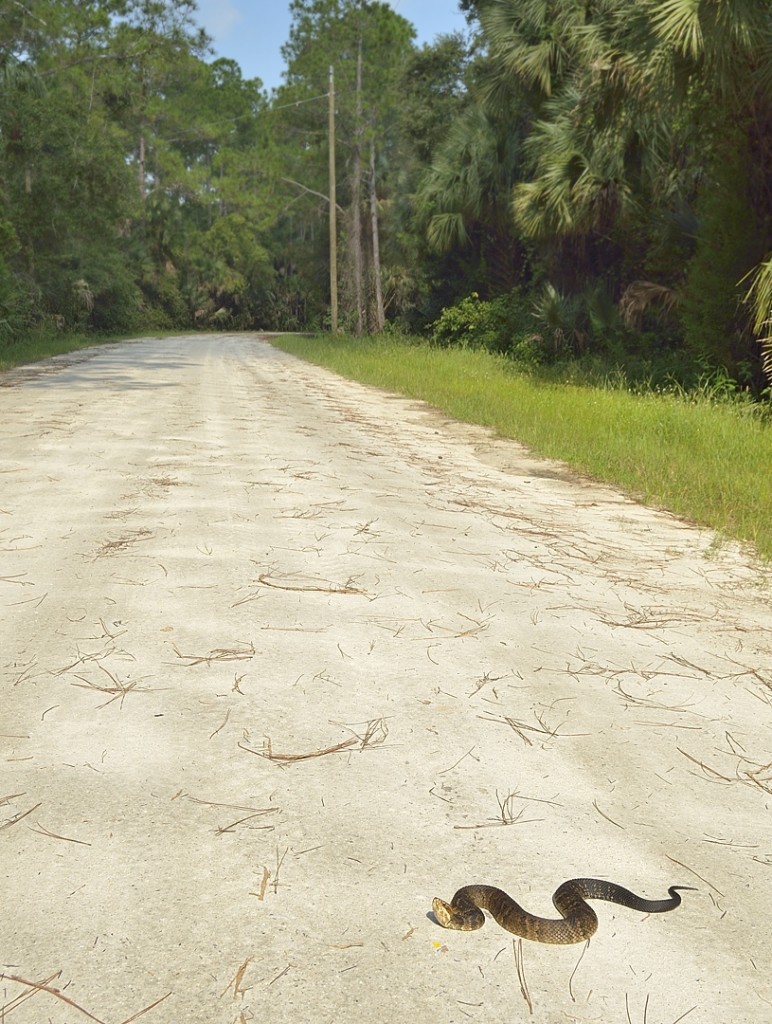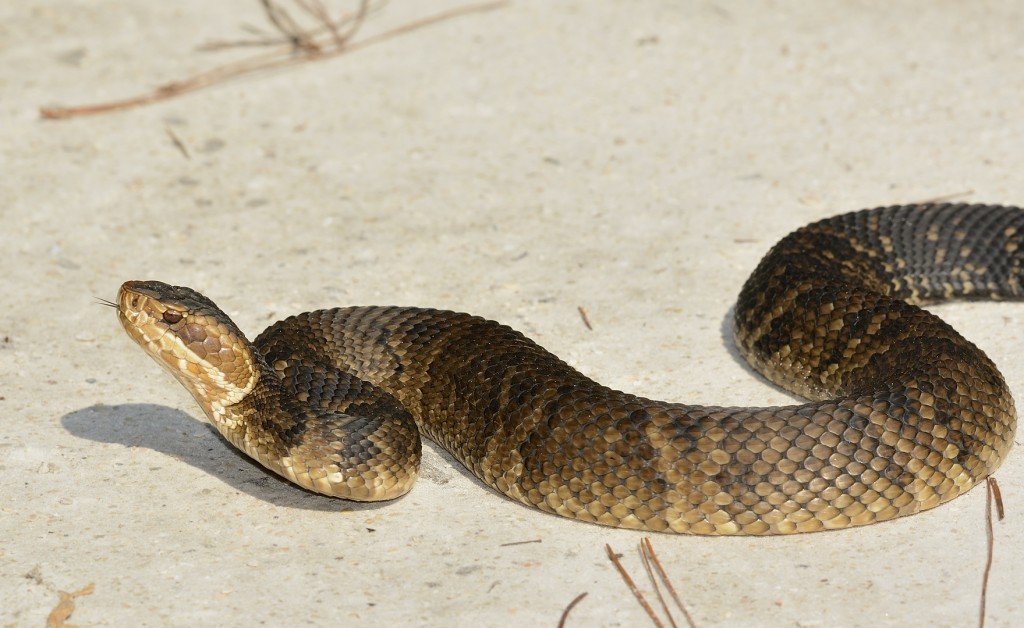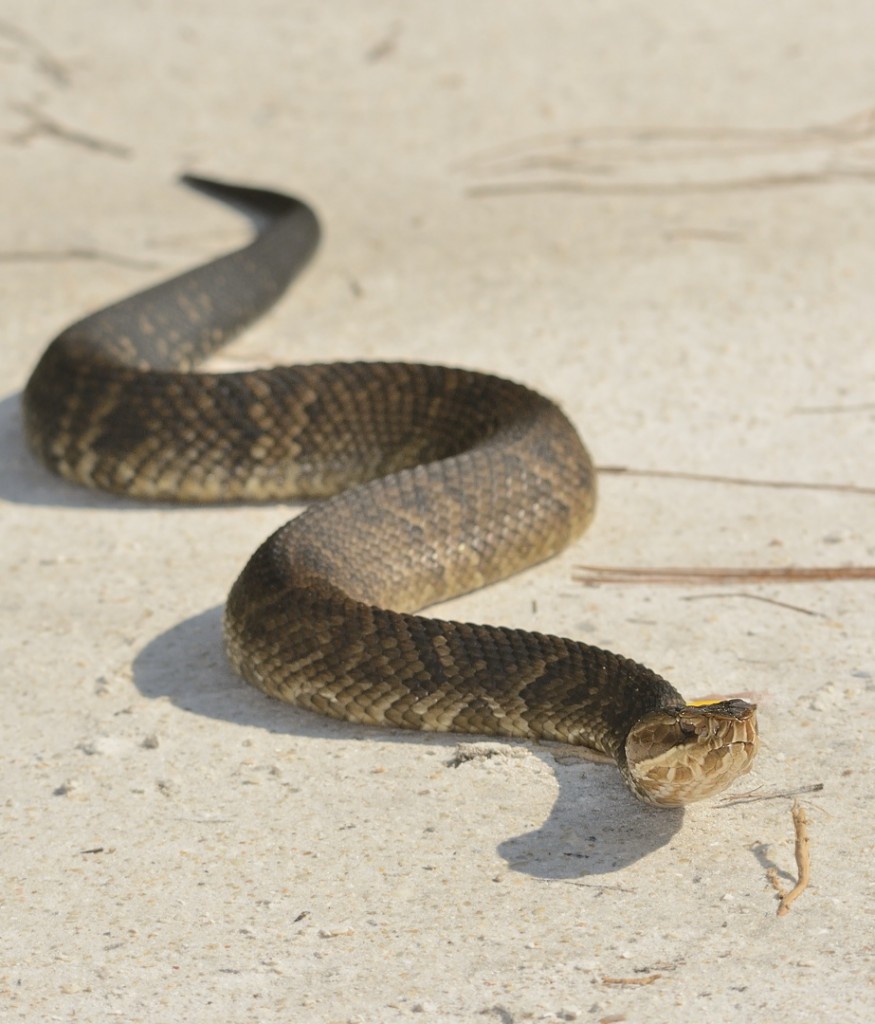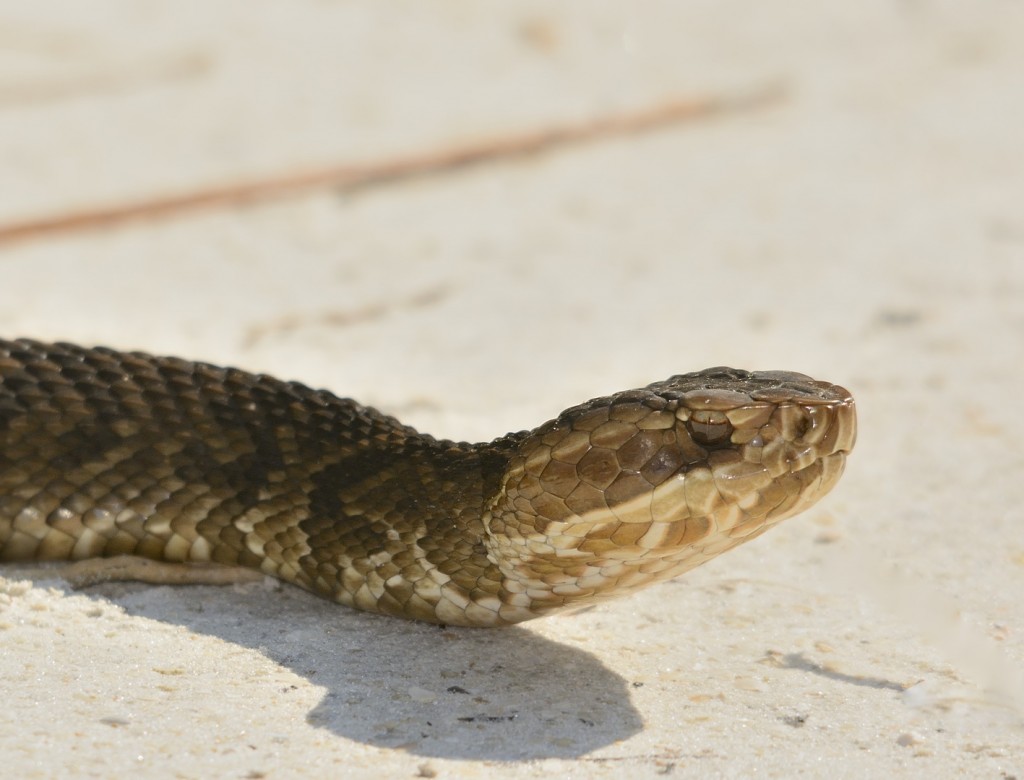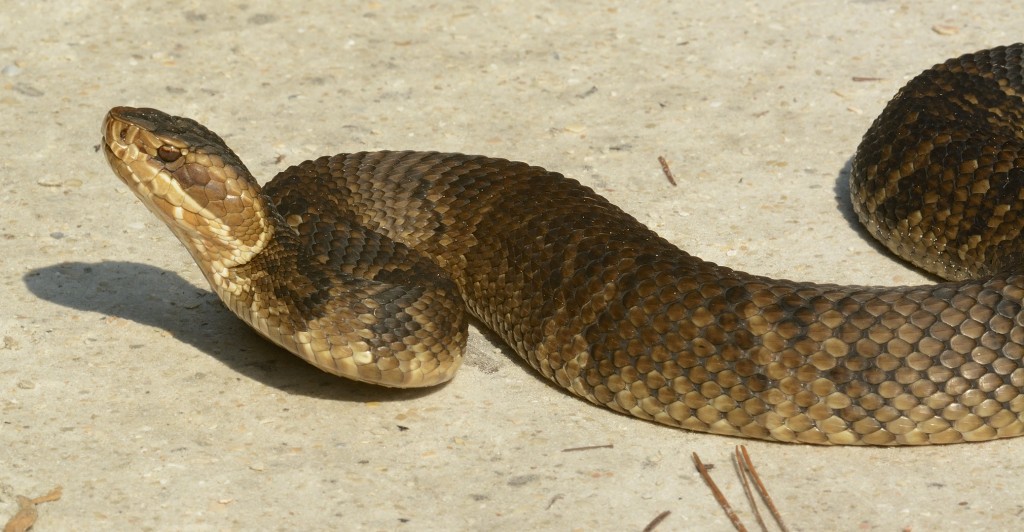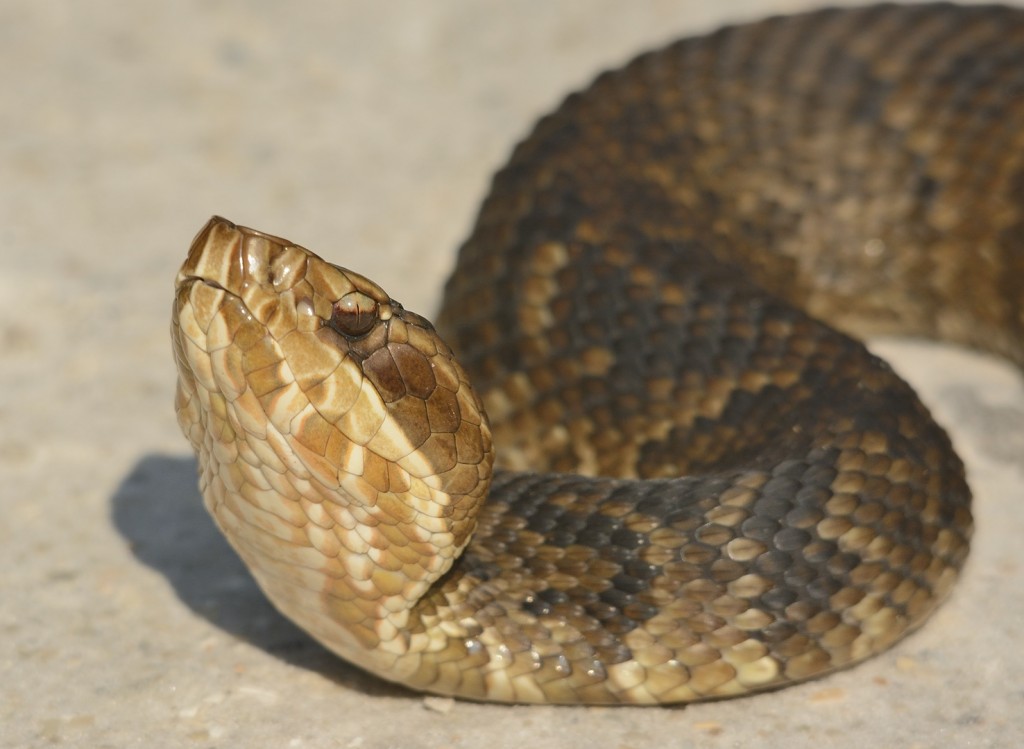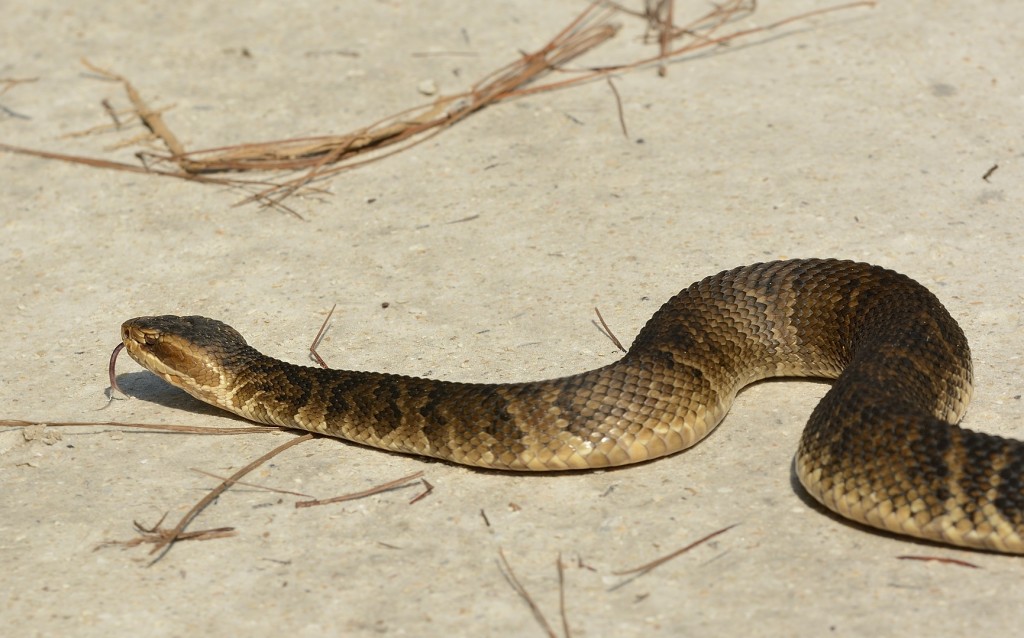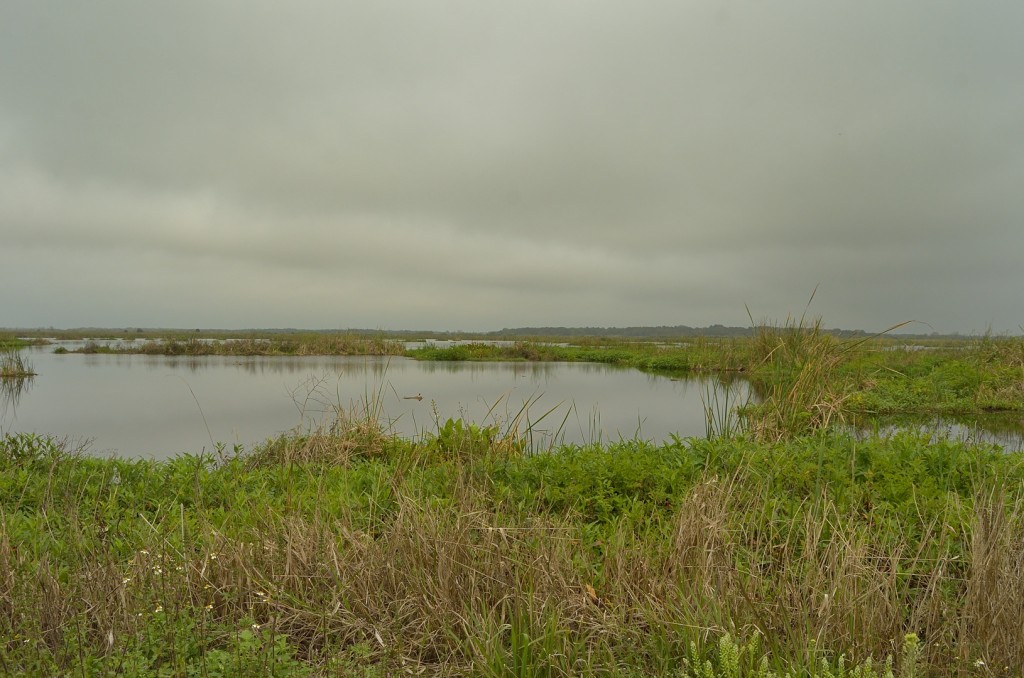
Emeralda Marsh Conservation Area
February 23, 2014
The third weekend in February is a date I look forward to all winter long. That’s when the driving loop at Emeralda Marsh Conservation Area opens to traffic, and every year I return on that weekend, mostly to look for cool birds and whatnot, but also to relive many great memories of the thousands of hours I’ve spent there and pay homage to this lovely natural resource. It’s a pilgrimage of sorts.
For nearly seven years, beginning in January 2000, I visited Emeralda once a week to do bird censuses for the St. Johns River Water Management District. I made the 45-minute drive from DeLand to Lisbon, and back, nearly 350 times during those years. Looking back I’m still incredulous that I got paid to do something I loved so much. I half-expect one of Rick Scott’s goons to show up at my door any day to tell me the state wants its money back.
It’s hard to overestimate how much you can learn about seasonal changes in the natural history of an area simply by going back to the same place over and over again, at all times of year and in all conditions.
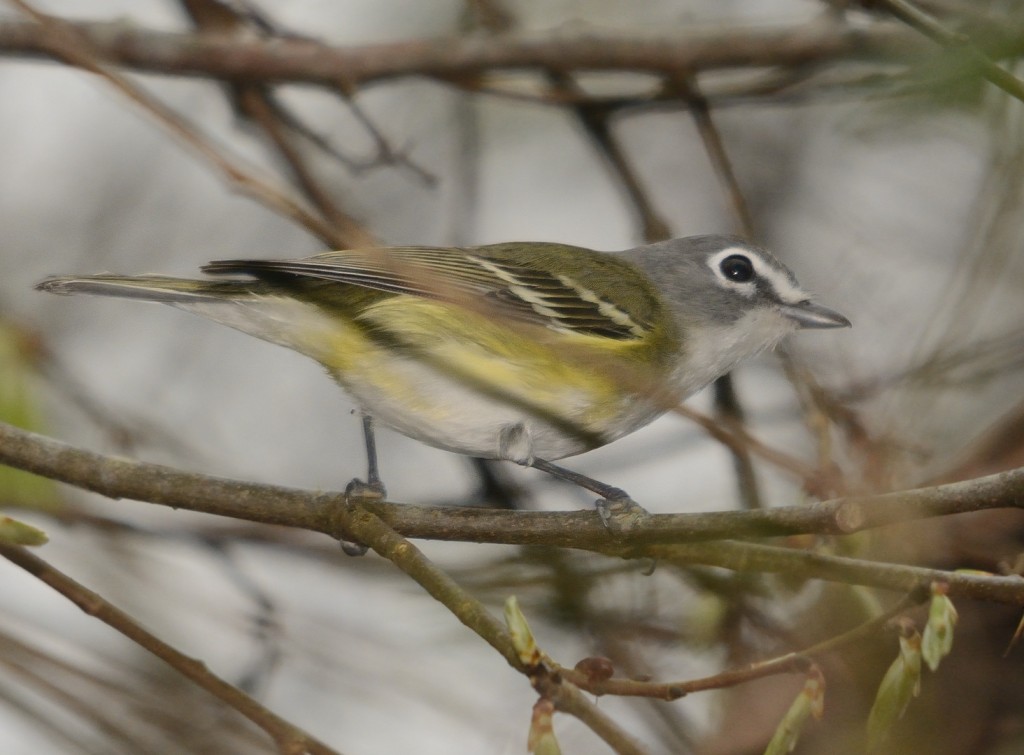
This blue-headed vireo was in a small mixed-species flock working the hammock at the entrance to the wildlife drive.
But that gig ended in October of 2006, and since then, I’ve been reduced to merely one more of the great unwashed who must wait for the 3-month window when the Water Management District opens the drive. I’m sure they have legitimate reasons for the restricted driving access to this rather large wetland, but it’s somewhat incredible to me that it isn’t open at other times of the year to the driving public, save for hunter access during duck season. Fall migration at Emeralda can be overwhelming. The huge numbers of yellow warblers that use the wetland edges in August and September during their passage through the state should be sufficient justification for opening it then as well.
Of course, the entire area is open to biking and hiking year-round, so only lazy malcontents like me, who aren’t willing to hump the several miles between the parking areas and the best birding spots, have reason to complain. So I do. In my defense, it’s hot as shit out there in August.
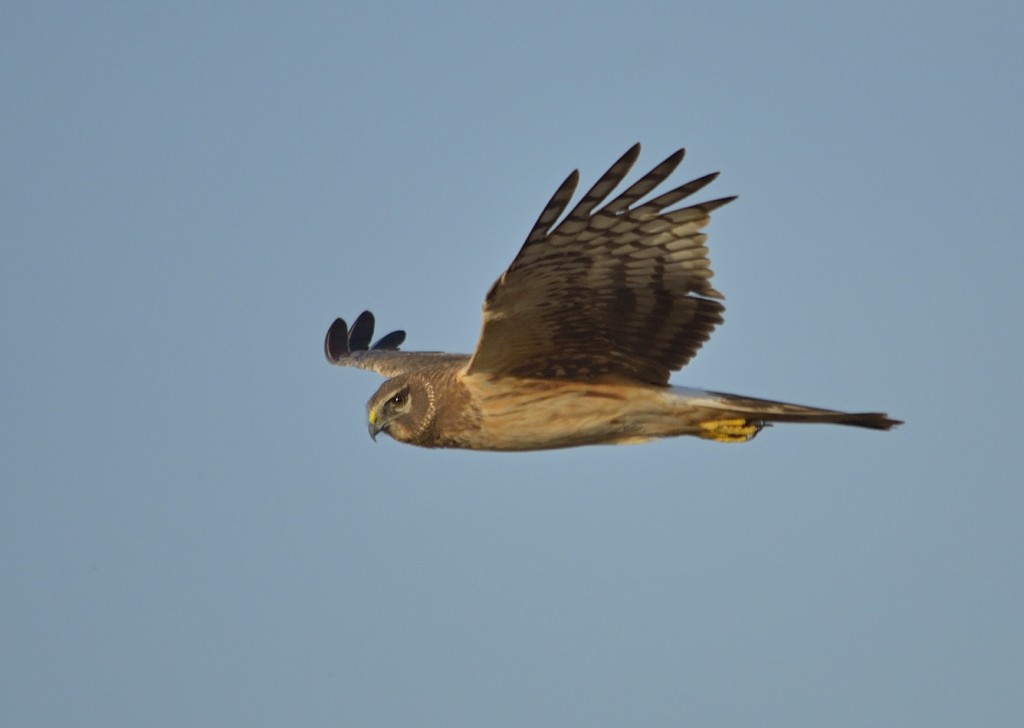
Female or juvenile northern harrier.
The ghost in reference is the male northern harrier, the so-called gray ghost. Every February I naively fantasize that this will be the year I finally get a photo op of these big, gorgeous raptors. Every year I’m disappointed. But not too much. I nearly always see at least one or two female or immature harriers, though getting close enough to photograph them well is a tall order in itself. For whatever reason, females and female-like immature birds, greatly outnumber males in every area I’ve ever seen them. I see dozens of harriers every winter, but only 1 or 2 adult males, if I’m lucky.
Northern harriers are somewhat unusual among raptors in that males are often polygynous, having up to five mates at a time. But that’s not due to unbalanced sex-ratios – at birth, sex ratios are apparently 1:1. Despite being philanderers, male harriers don’t rule the roost. Females are dominant to males, and prevail in nearly all aggressive encounters. Perhaps social interactions between the sexes force males into using slightly different habitats and from being as behaviorally conspicuous as the females.
Regardless, the hunt to photograph the gray ghost today was yet one more resounding failure, though I did see a couple of harriers at Emeralda. One of them was at a considerable distance in bad light, and I half-convinced myself it might have been a male.
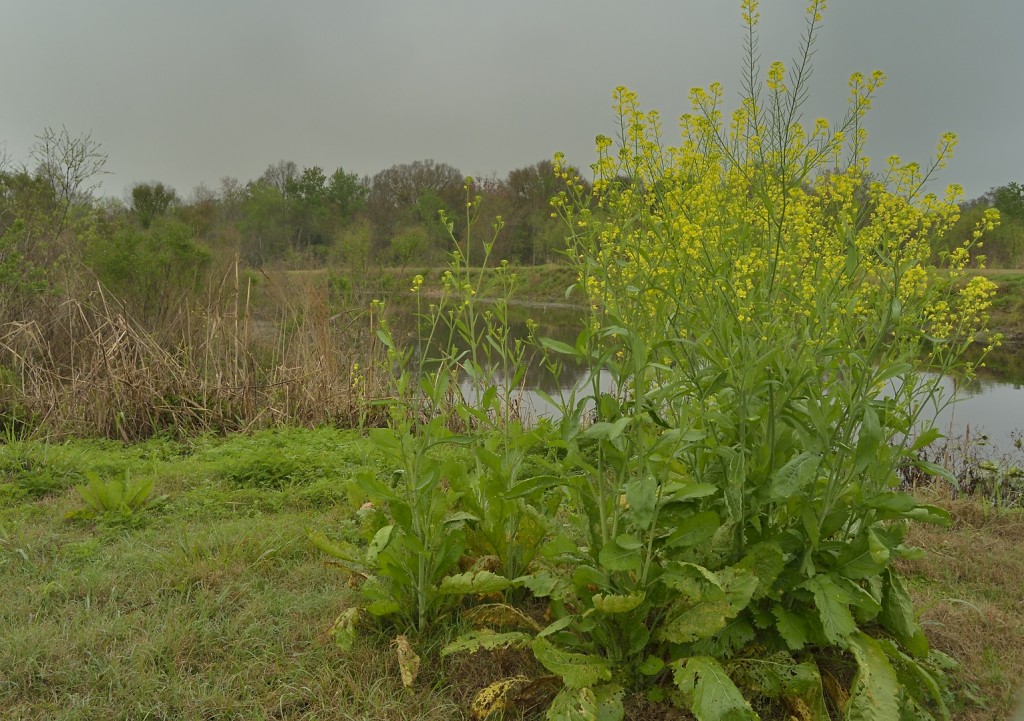
Wild radish (Raphanus raphanistrum)
But the trip as a whole was anything but a failure. The wildlife drive at Emeralda Marsh is no Black Point; it can be pretty uneventful on slow days. But there is always something cool to see there, if your definition of cool is appropriately broad.
The drive to EMCA this morning was mostly in moderate to dense fog, but I was driving through gorgeous rural countryside along lightly traveled Lake County Road 42, which traces the southern boundary of Ocala National Forest for much of it’s length, so the drive was quite peaceful and relaxing. The ill-defined features of the surrounding habitat matched my state of mind – I had no clear idea or expectations of what I would find.
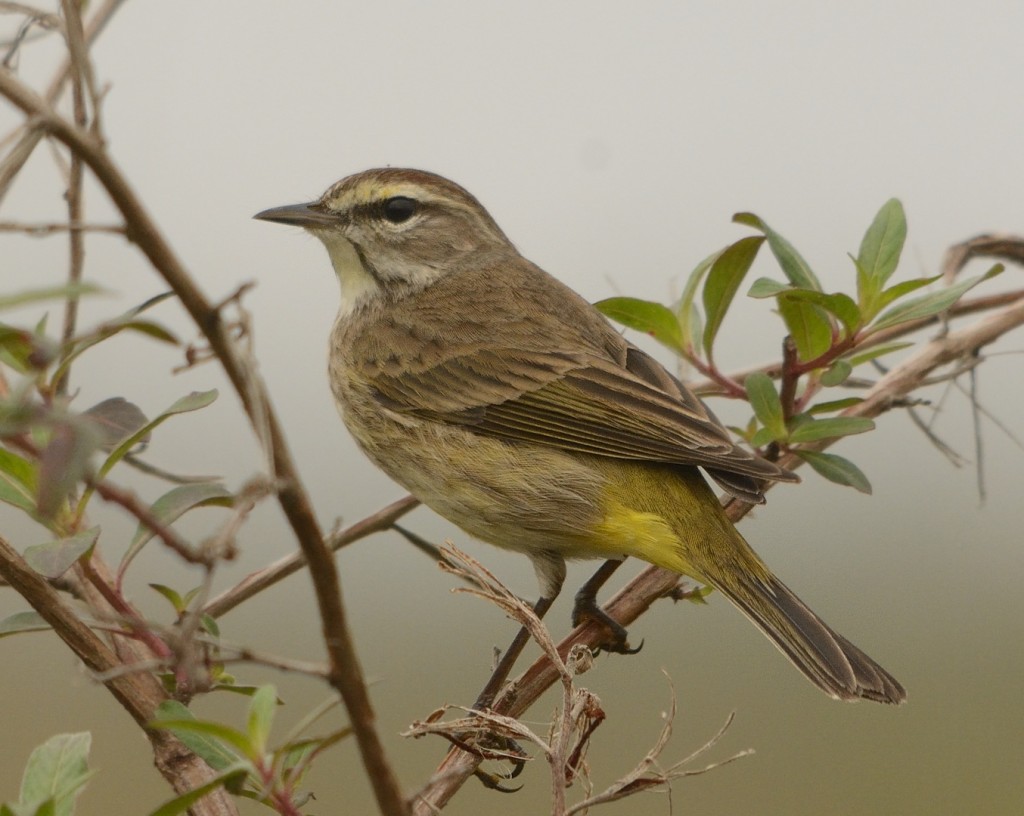
Palm warblers were abundant in both upland and wetland habitats throughout the morning.
As it turned out, though the fog cleared by 7:30 or so when I got to the northern end of the conservation area, it remained cloudy most of the morning. Cloudy, calm, with high humidity and mild temperatures. Perfect conditions for prolonged high levels of bird activity throughout the morning.
And spring was in evidence everywhere. Roadside vegetation, including forbs and woody plants, was exploding with new growth. Winter crucifers like wild radish and poor-man’s-pepper were blooming in profusion, willow catkins were in full anthesis and new foliage was appearing as well, and budburst was evident in many of the trees of the hammocks and swamps. There’s an old idea that’s been tossed around for years in avian ecology to try to explain the huge increase in breeding bird diversity of upland habitats in the northeastern U.S., compared to the southeast, and especially Florida. The idea is that the compressed growing seasons further north actually produce a much more intense burst of productivity in spring than do comparable habitats of southern climes, and that this huge burst of productivity supports a much higher diversity of higher-level consumers such as insectivorous birds. That may be true, but it’s hard to imagine a much greater burst of productivity than is going on in many Florida habitats right now.
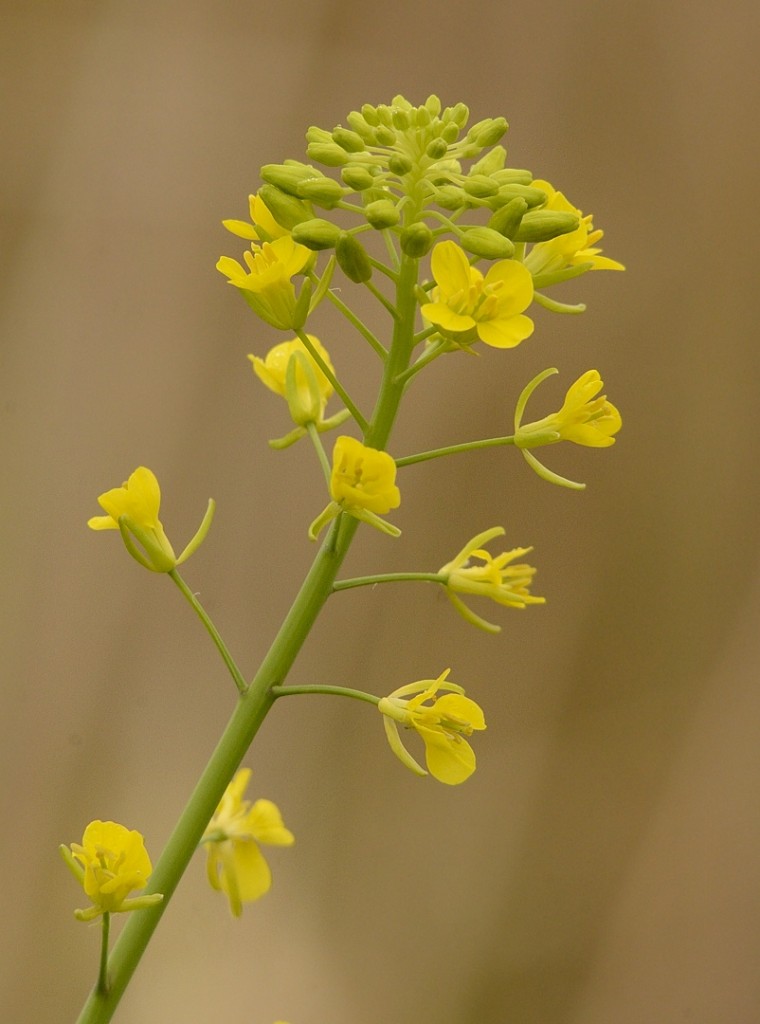
Wild radish (Raphanus raphanistrum)
At the Yale-Griffin Canal, the first stop, the clucking of coots and chortling of moorhens all around was interrupted by the repeated shrill ki-ki-ki-ki of a northern flicker, a bird I didn’t see that often when I did censuses here. I even managed a few noisy, low-light photographs. A good start.
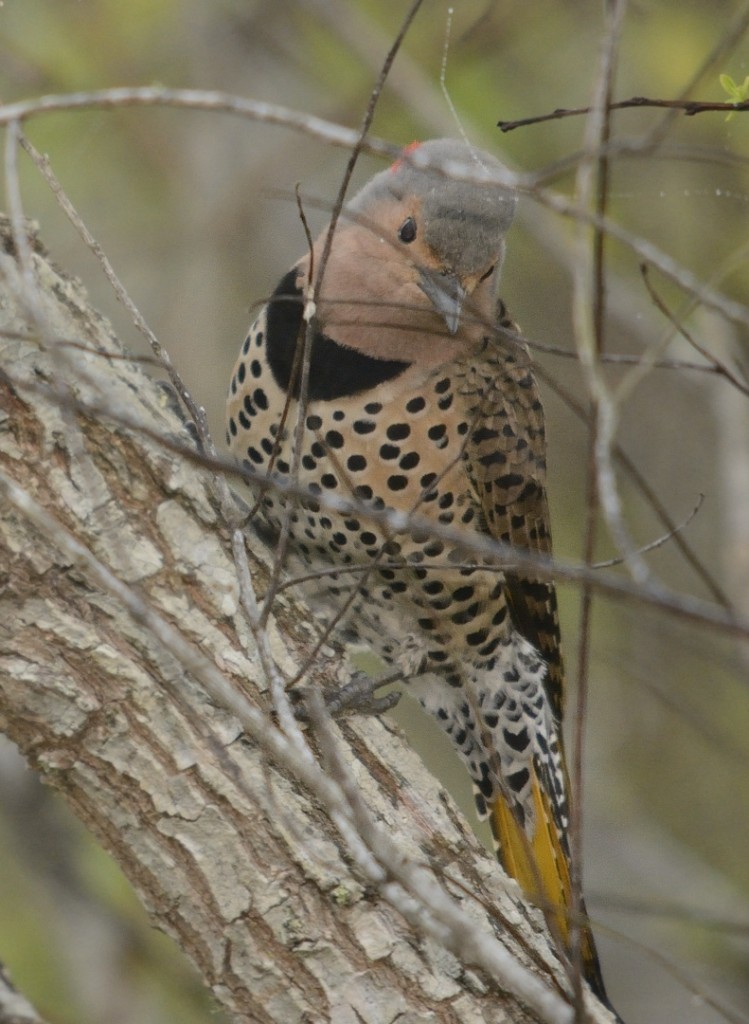
Are you freaking serious? That’s the best look you’re going to give me?
I briefly pulled into the large parking area at the exit of the wildlife drive, just a bit further south on Emeralda Island Road. A male northern cardinal was flying across the lot into the open hammock on the north, but was accompanied by a female that didn’t seem the right color for a cardinal. She landed on an open perch at the edge of the woods, and I was able to get bins on her for a moment before she disappeared into the brush. A female blue grosbeak. She uttered a few of her distinctive metallic pit calls from the thicket, clearly assuming I needed all the help I could get to make the identification.
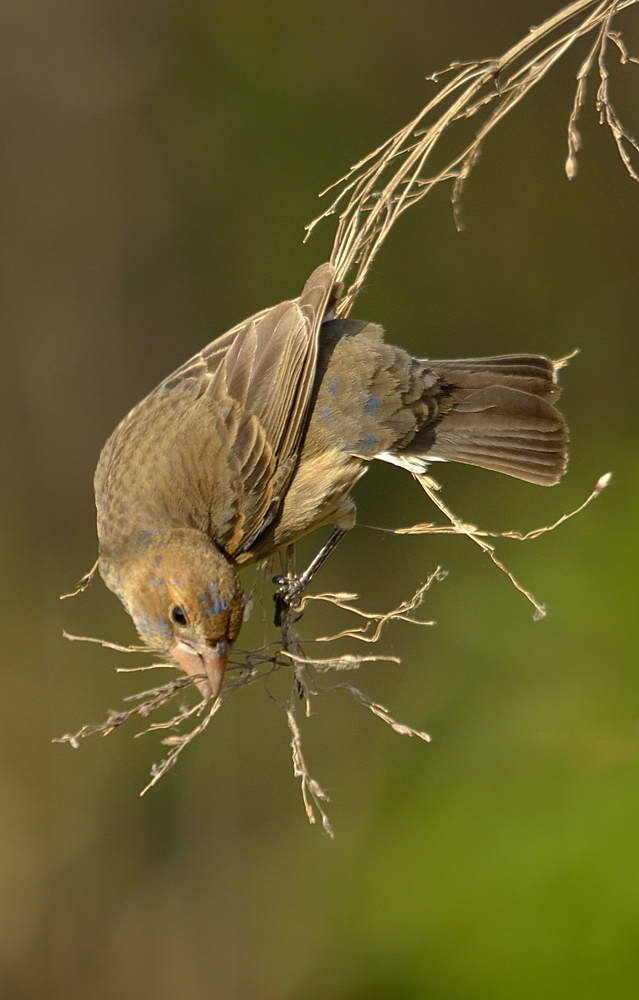
Blue grosbeak
On to the wildlife drive proper. This 4+ mile loop transects a variety of habitats, including some lovely hammocks and successional patches, but mostly it passes through the impounded wetlands that make up the majority of this 7000+ acre piece of property.
Here I found all the ghosts I could ever want to encounter, but they were all friendly ghosts. Nearly every spot along the entire drive brings back a specific recollection or two of some memorable wildlife or natural history sighting. I could write a book. Wait, I did write a book. Nobody would publish it.
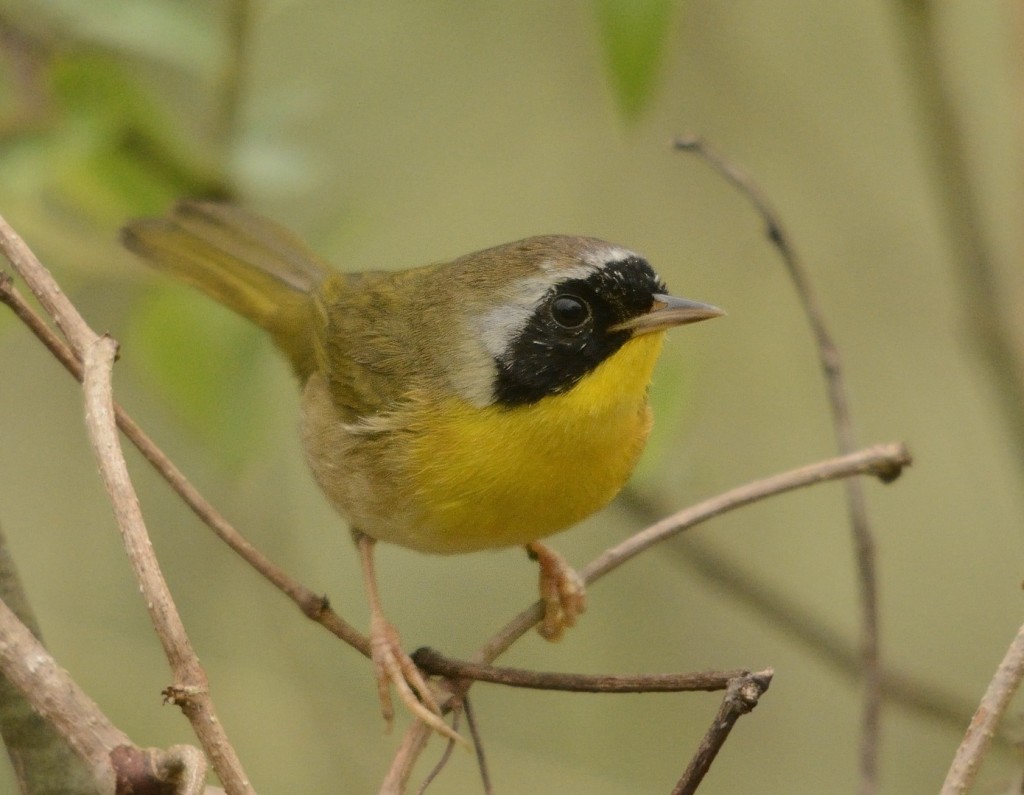
Common yellowthroats were beginning to sing a bit.
Who knows what I’ll remember about today’s trips and sightings a few years from now? Mostly I saw pretty run-of-the-mill stuff; lots of yellow-rumped and palm warblers, many foraging low in the vegetation, some beginning to show signs of breeding plumage; several blue-headed vireos and orange-crowned warblers, which I always get a thrill out of seeing, though neither is a particularly uncommon bird; FOS northern parulas, and several singing common yellowthroats; and so on. Nothing there to sustain a twitcher. But it’s all good.
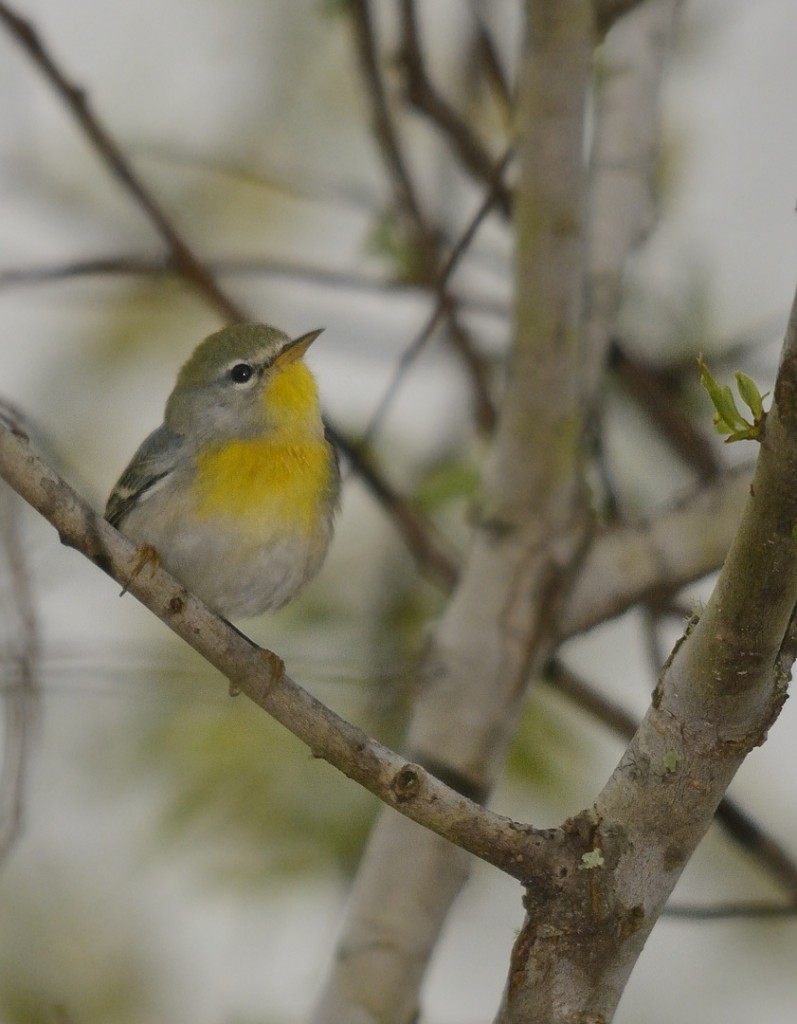
FOS northern parula
Probably the highlight birds of the day for me were the swamp sparrows – they were everywhere. And in contrast to their typical skulky behavior, several birds gave me good, only partially obscured views. One bird even showed me a behavior I’d never seen in swamp sparrows (or any sparrow, actually) before – he was eating the just emerged buds and tiny leaflets of a willow tree. More and more in the last several years I’ve heard accounts of animals that clearly eat specific plant materials to self-medicate – maybe that’s the function of this bird’s behavior. Though sparrows are largely herbivorous during the non-breeding season, I’ve always thought of them more as primarily seedeaters, not folivores. Relatively few bird species are pure leaf-eaters; it’s just not a very nutrient-dense source of provender. Especially at the bud stage, it seems like the nutrient or energy value of these tiny leaves would be negligible. But maybe there’s something else in them of value to the sparrow. Willow extract has been used for thousands of years to treat fever, headache and inflammation. It’s the original source of salicylic acid, from which aspirin is derived.
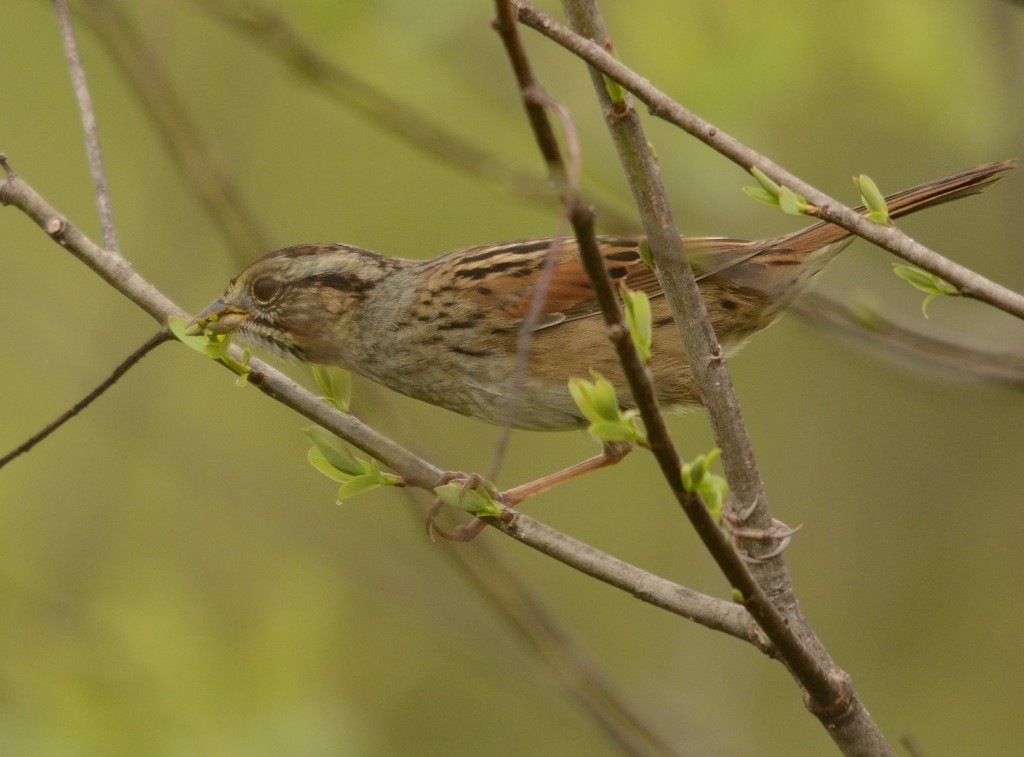
Swamp sparrow eating willow buds.
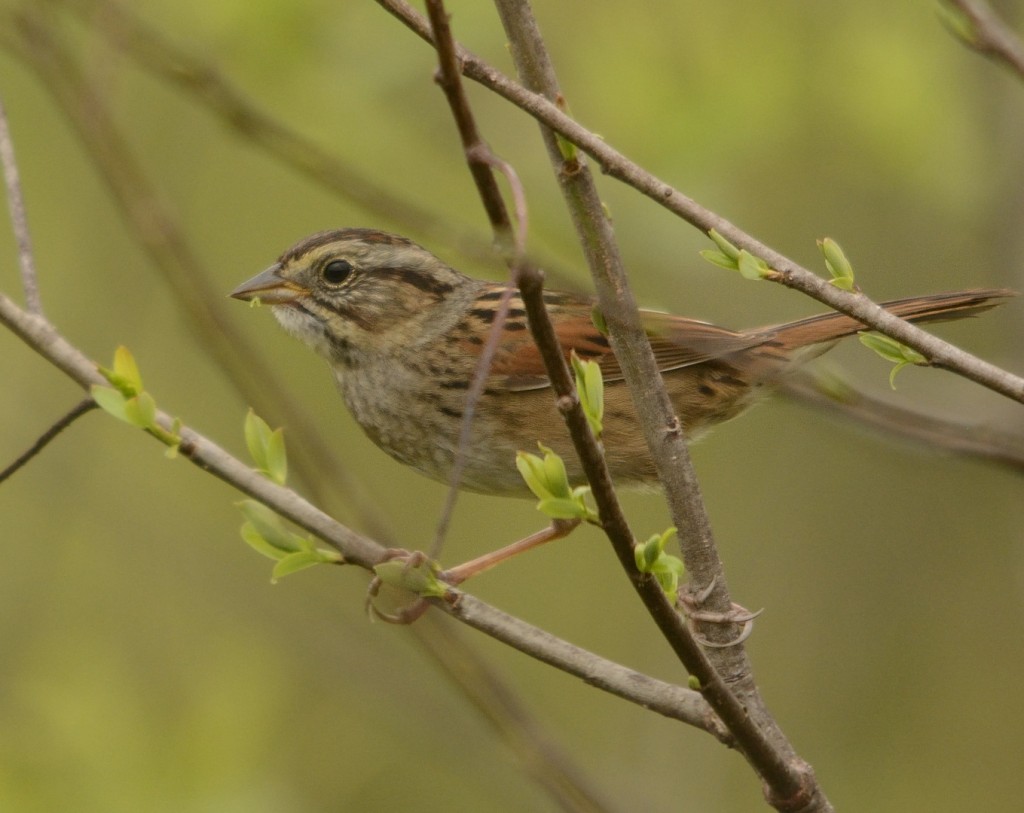
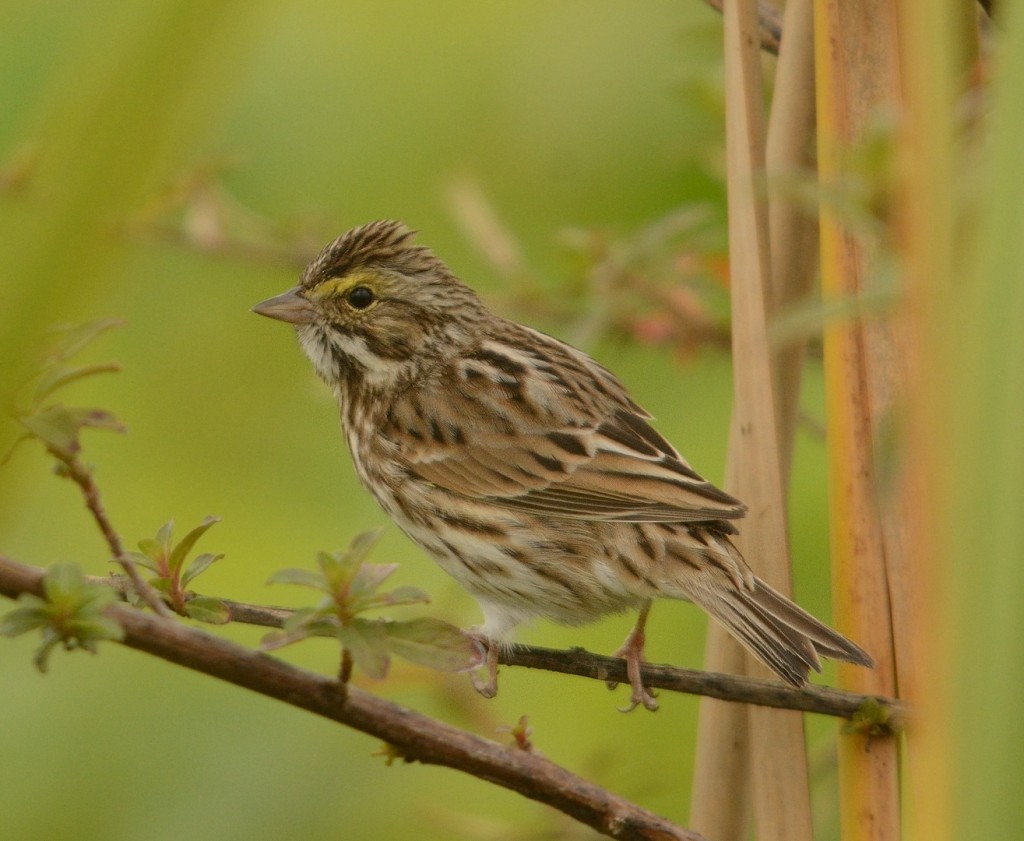
Savannah sparrows are always abundant along the roadsides of the wildlife drive, until they migrate north
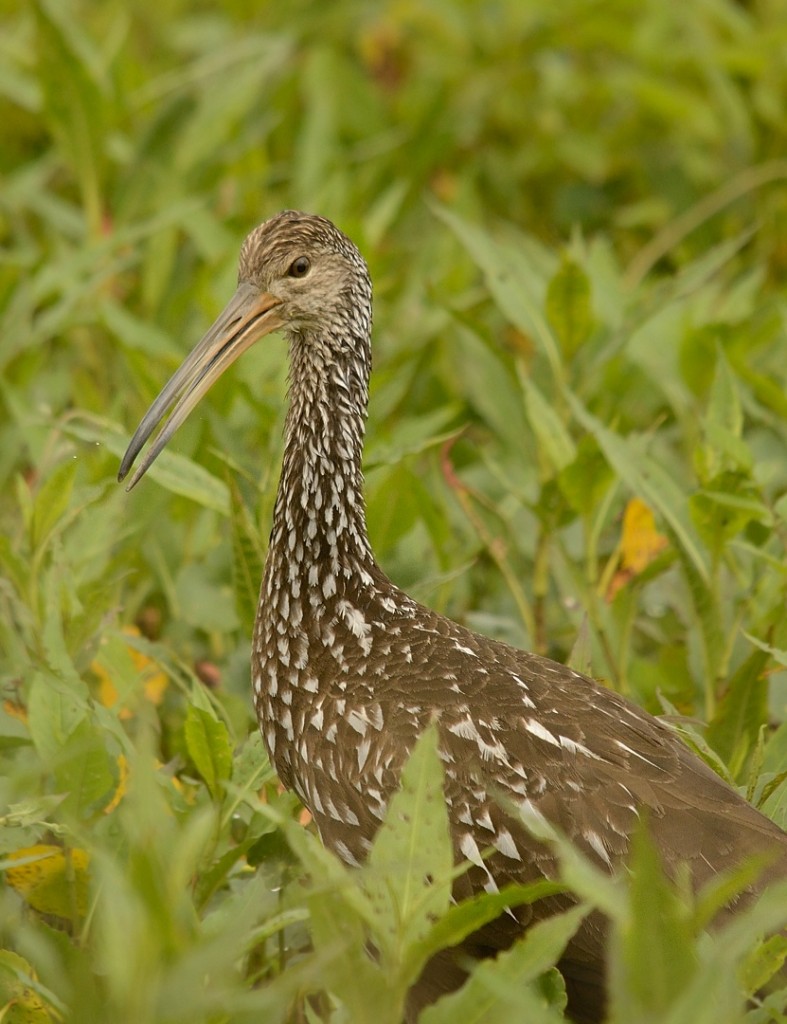
This limpkin was the best wading bird of the morning.
Emeralda Marsh Conservation Area is located about 5 miles west of Eustis, north of the small town of Lisbon. More information about birding Emeralda can be found at the 1960’s-vintage website here.
